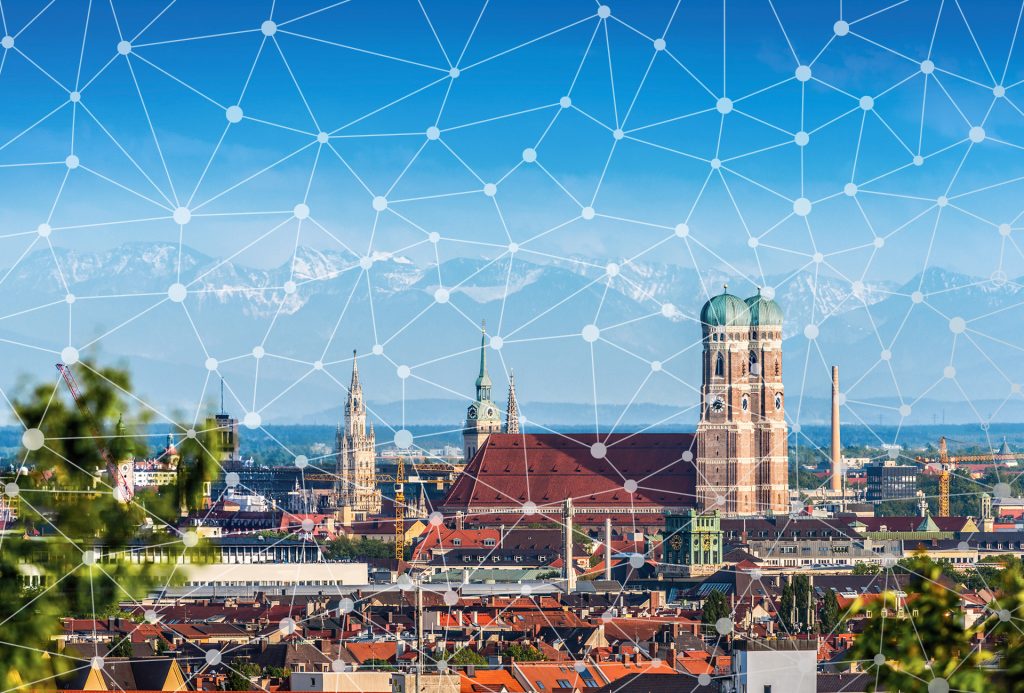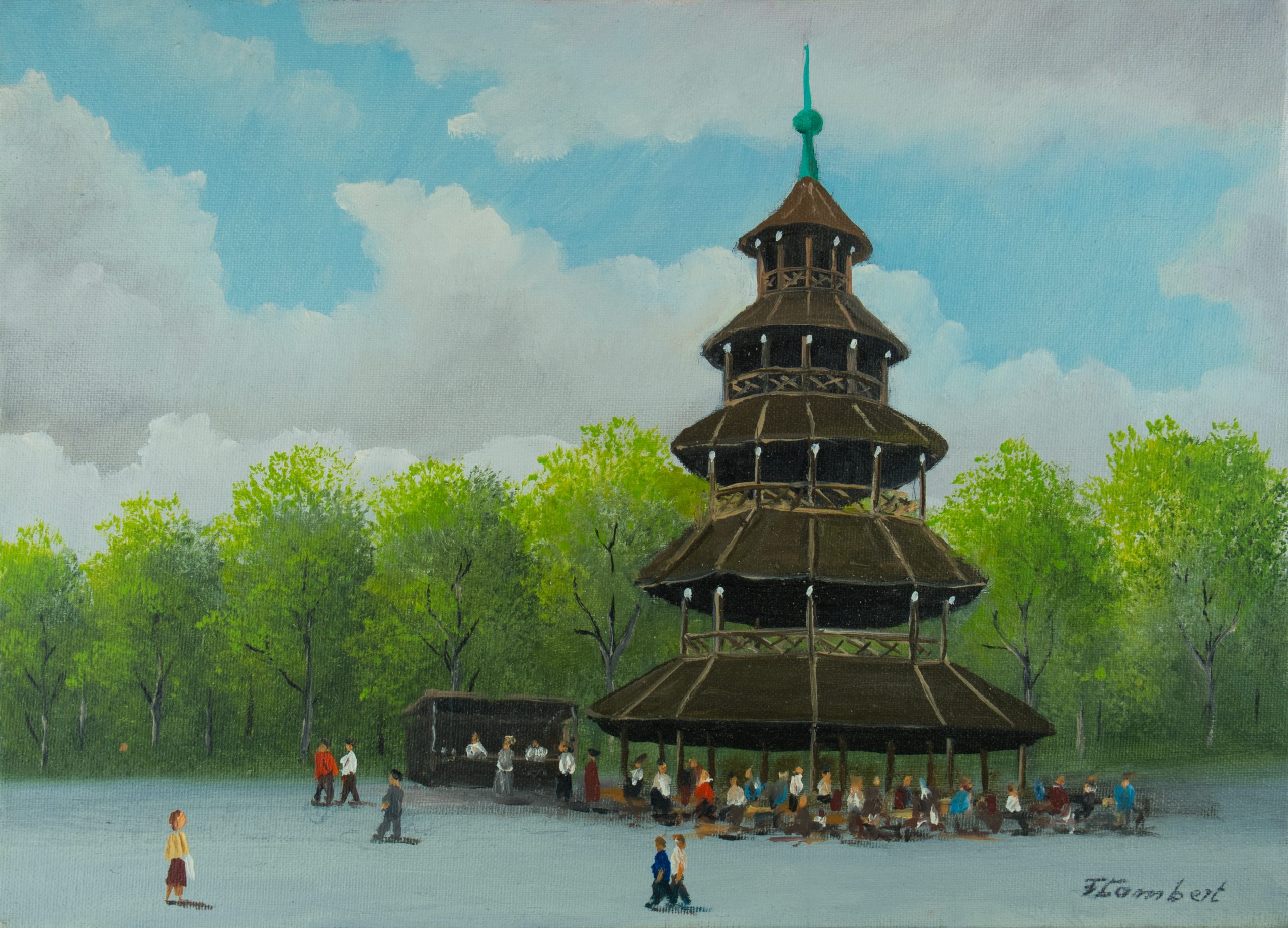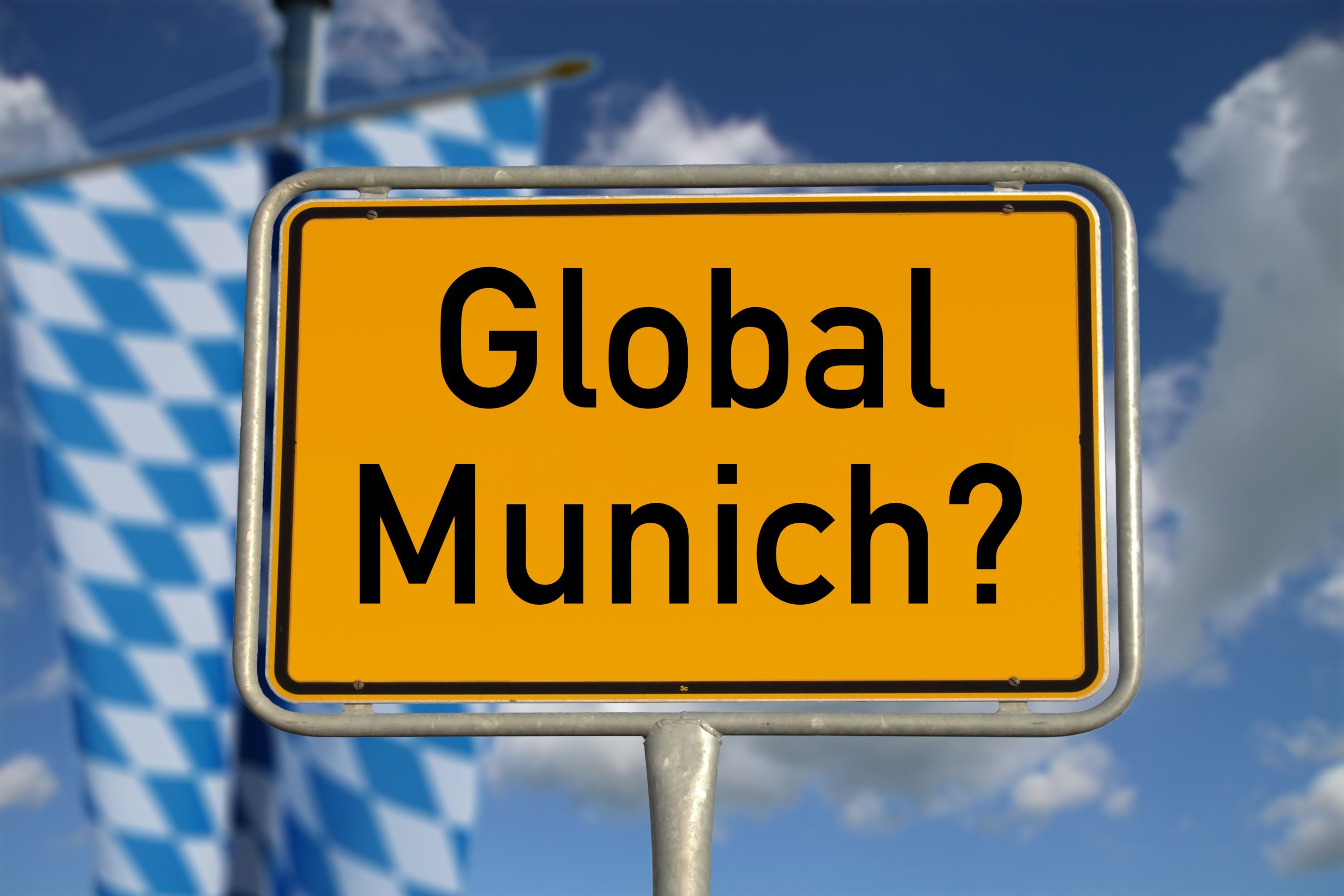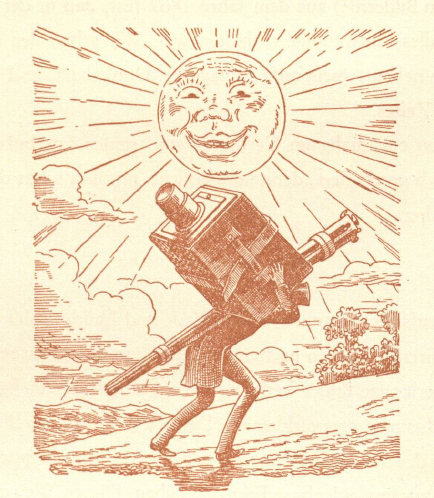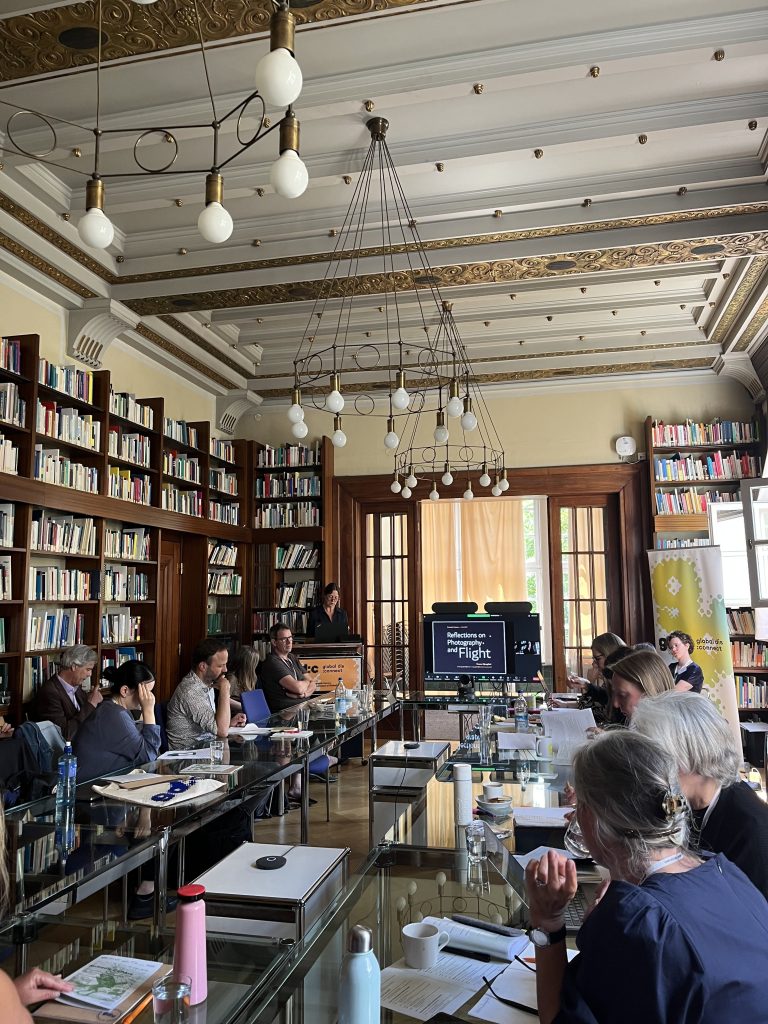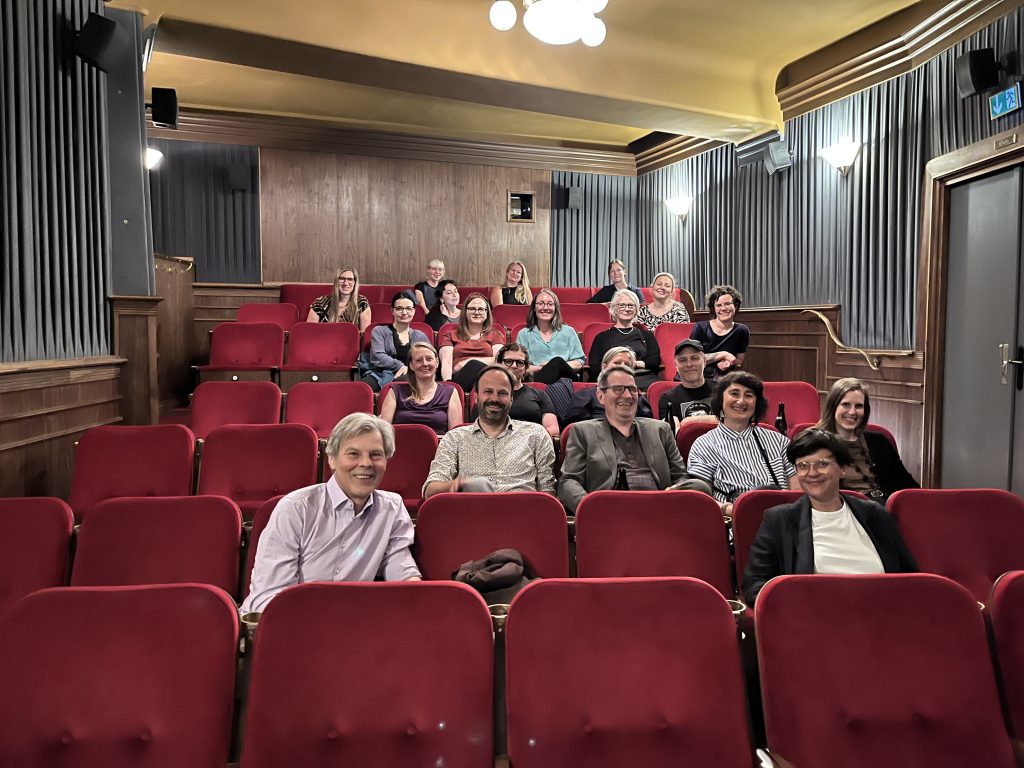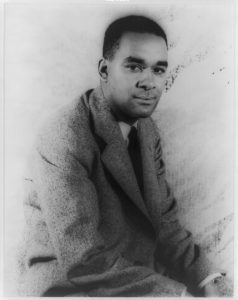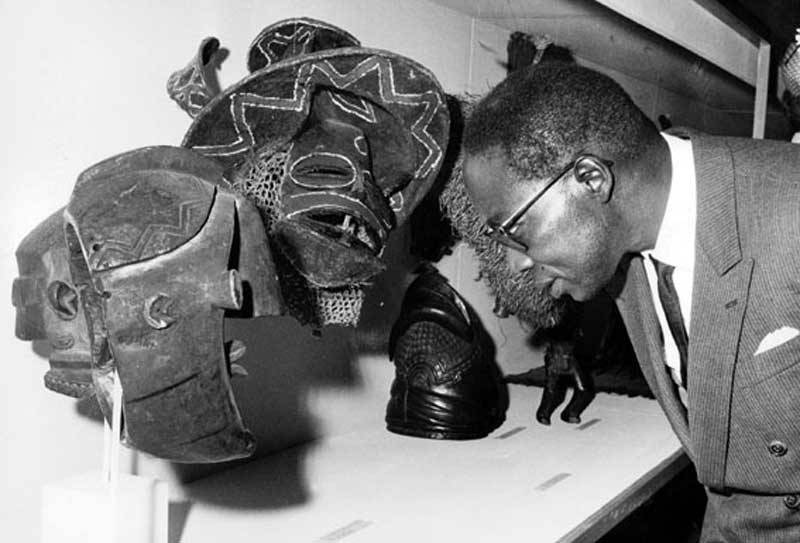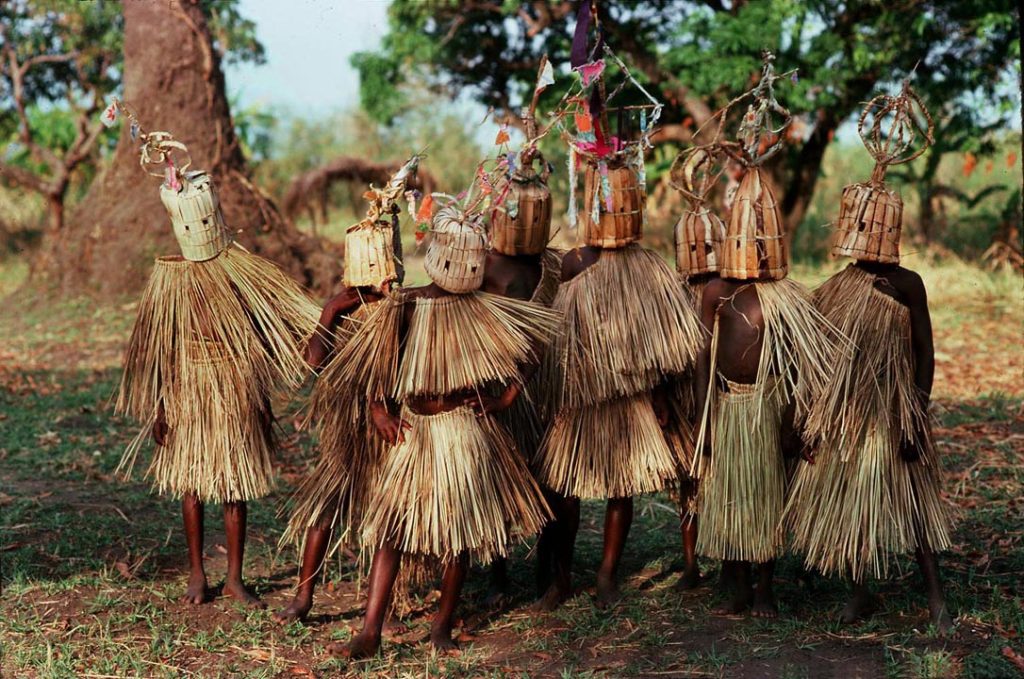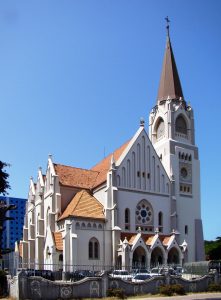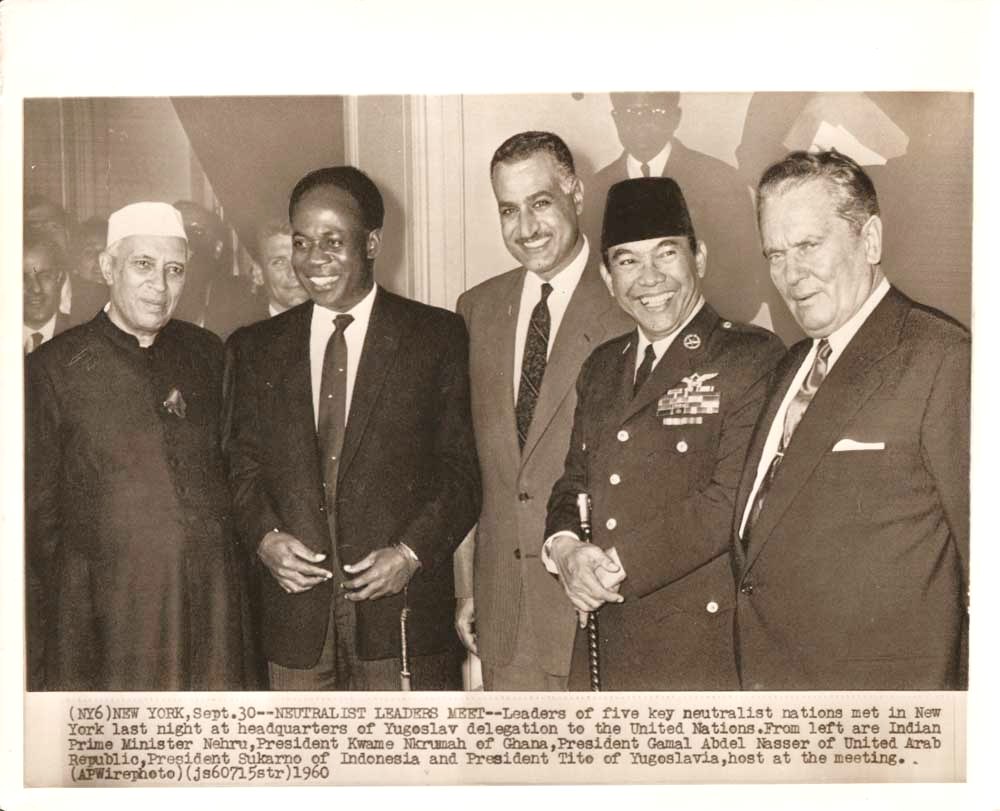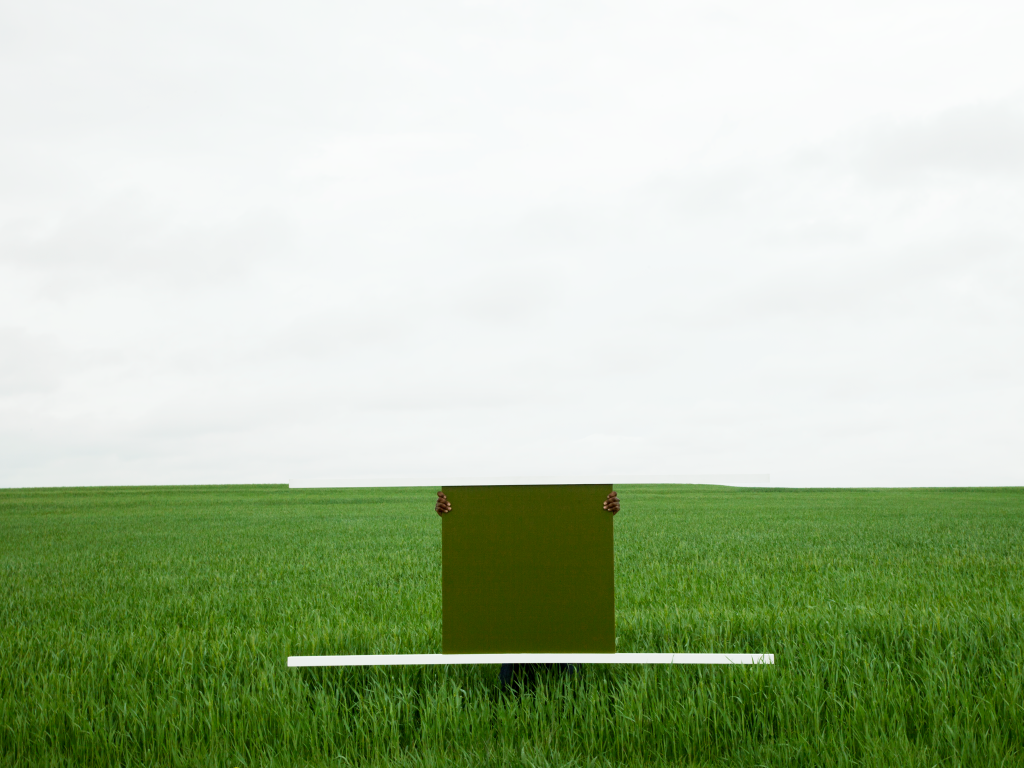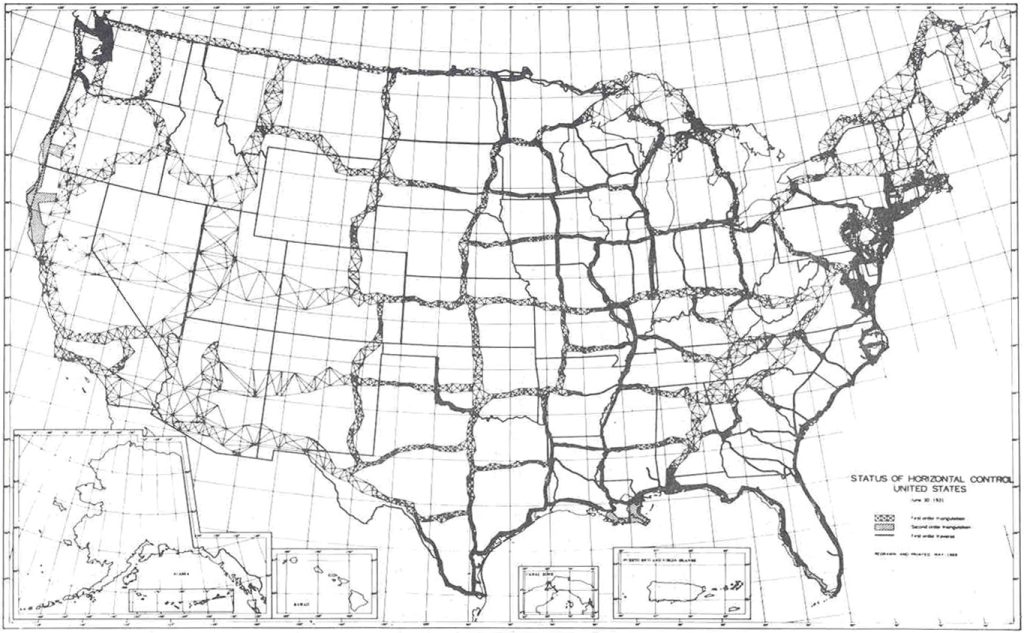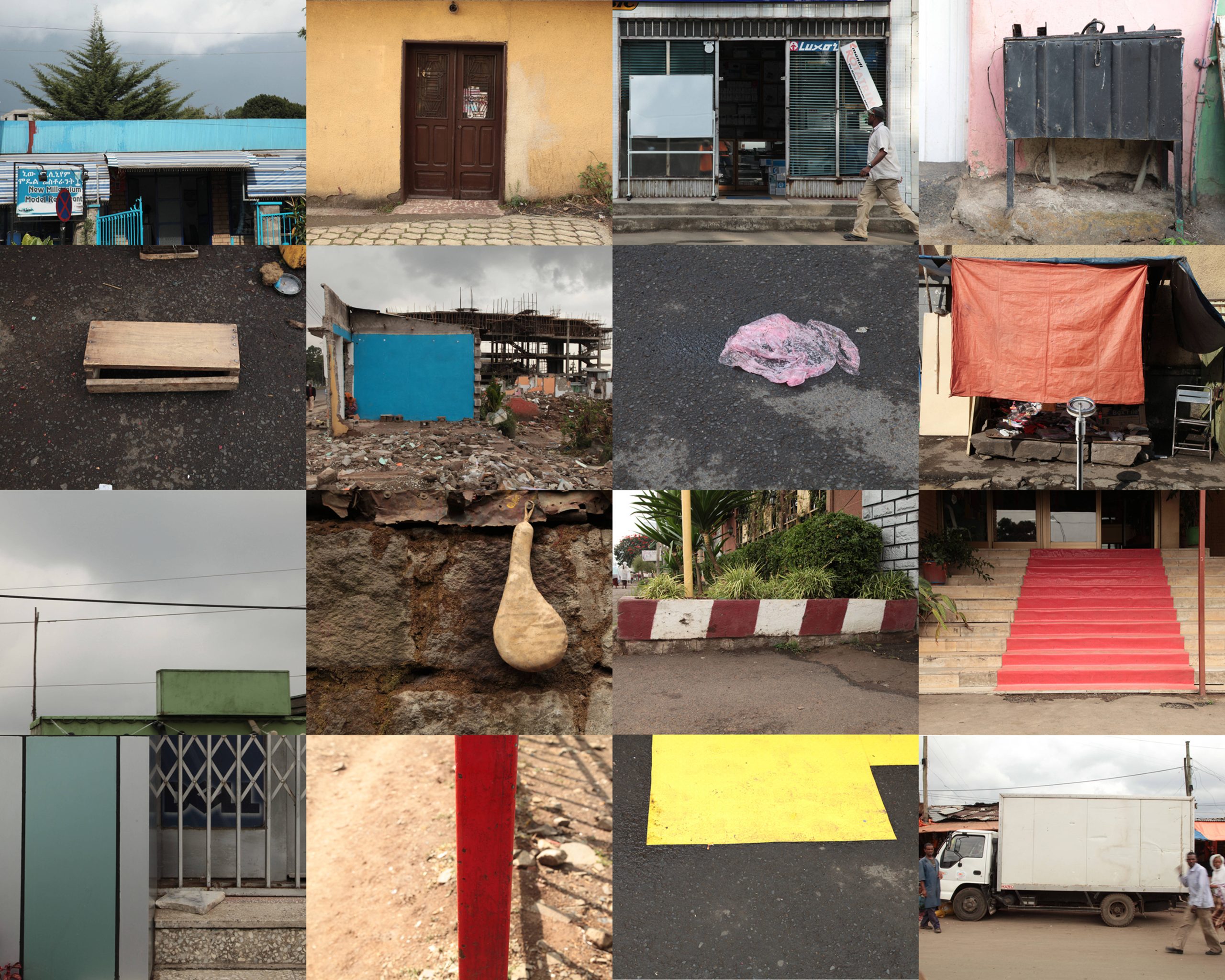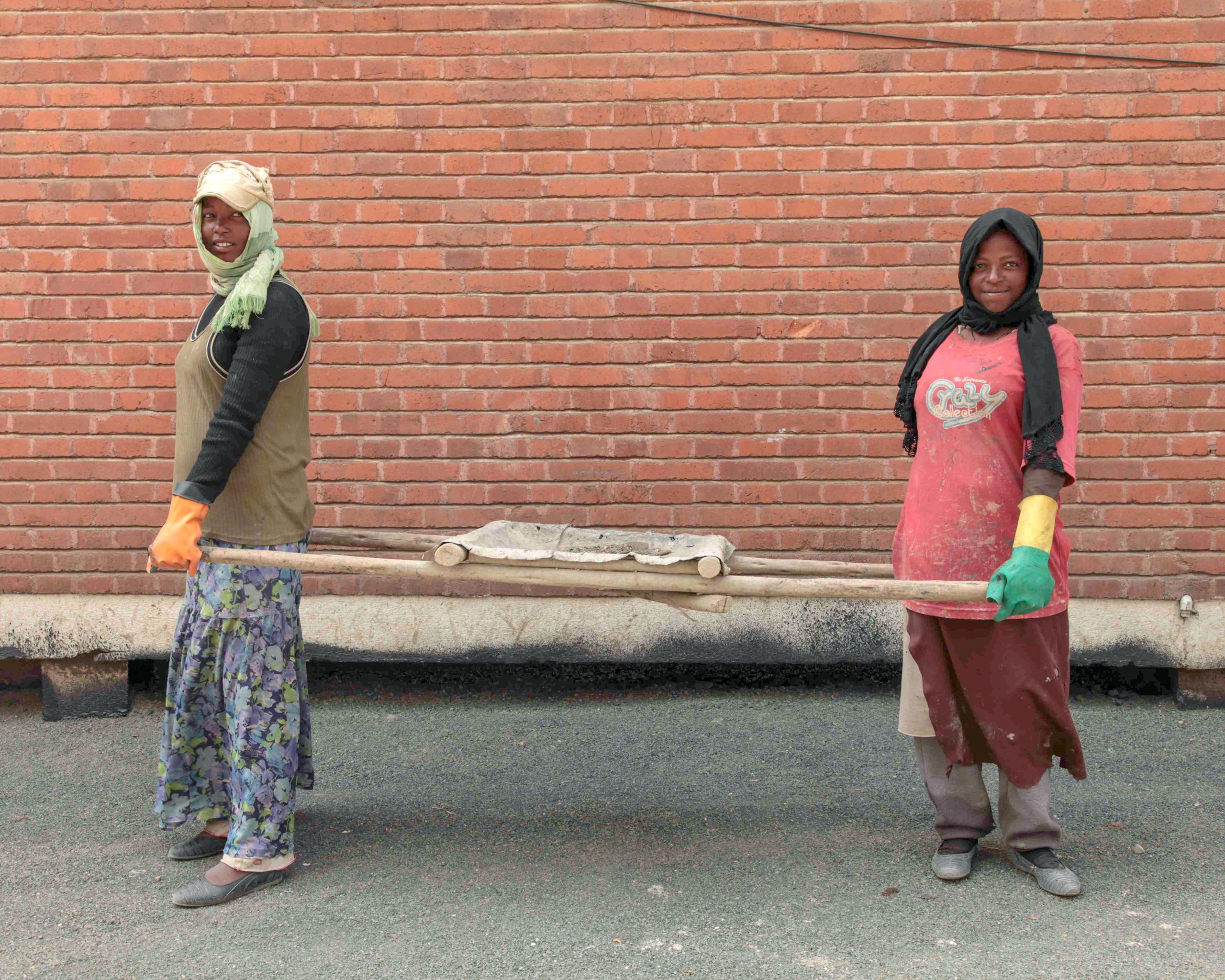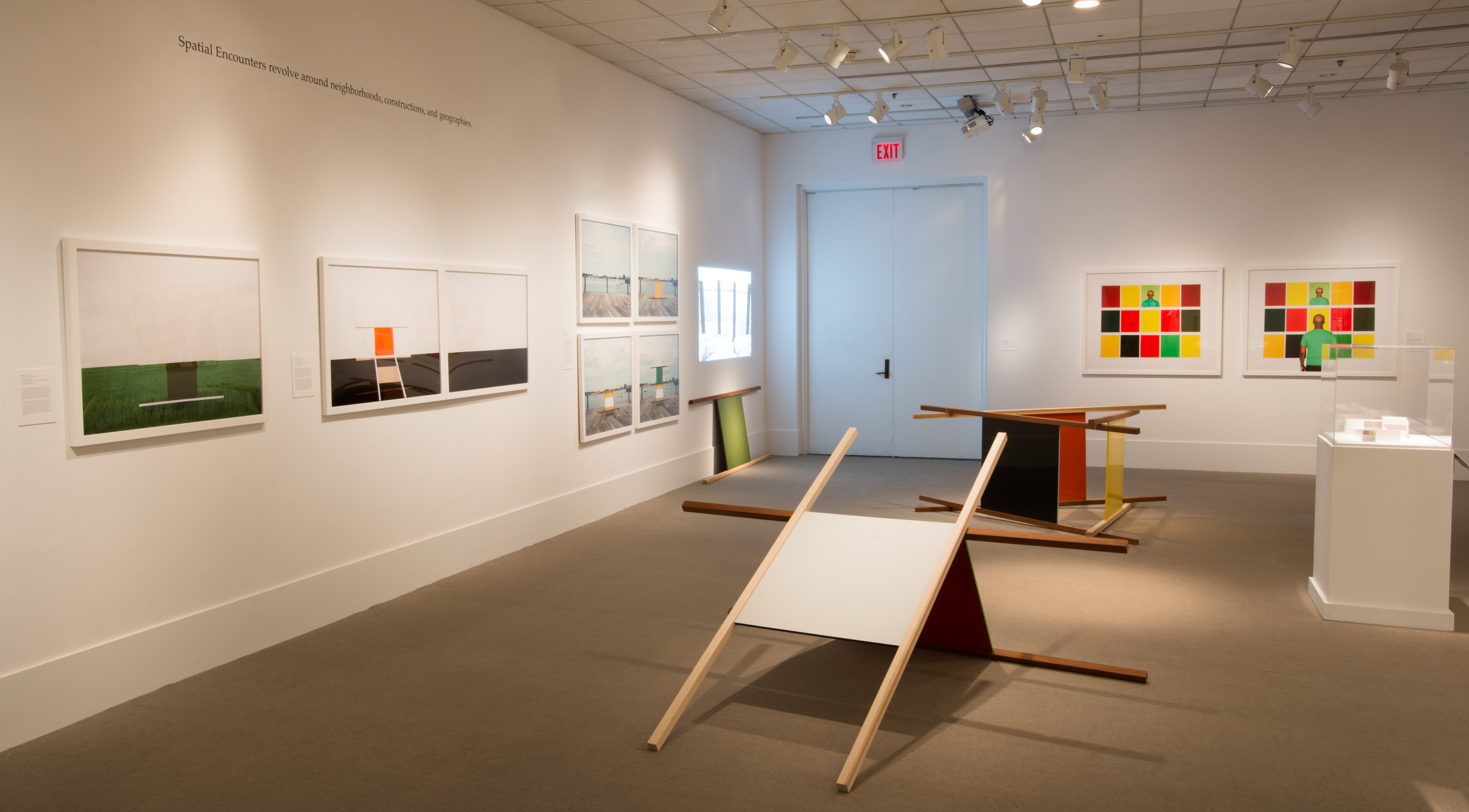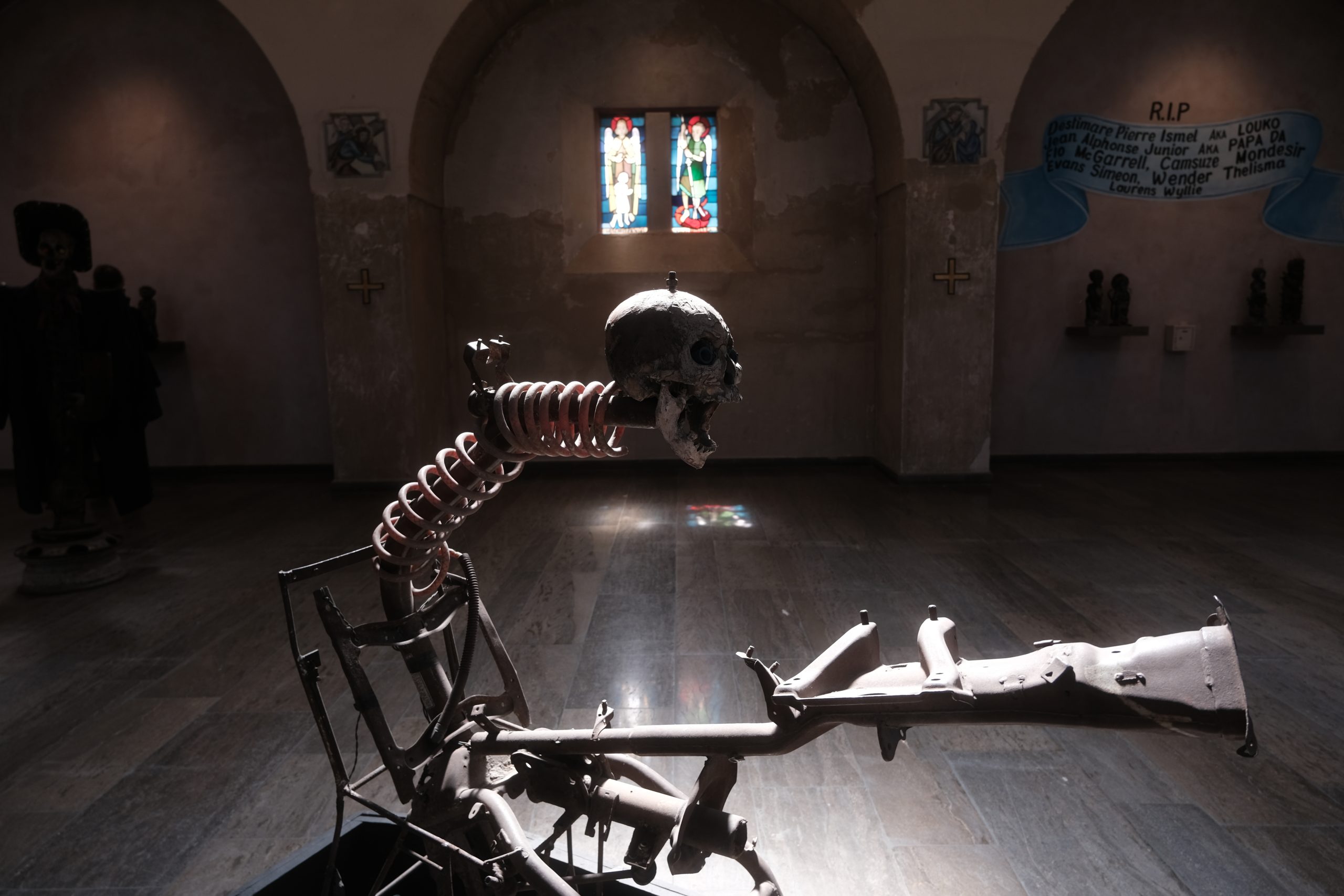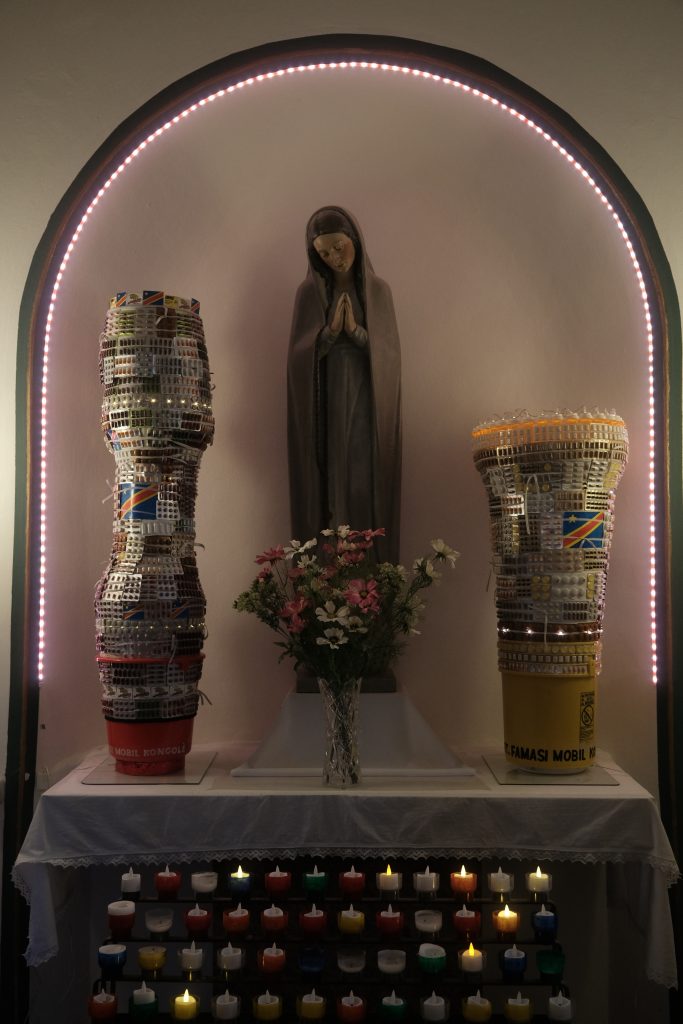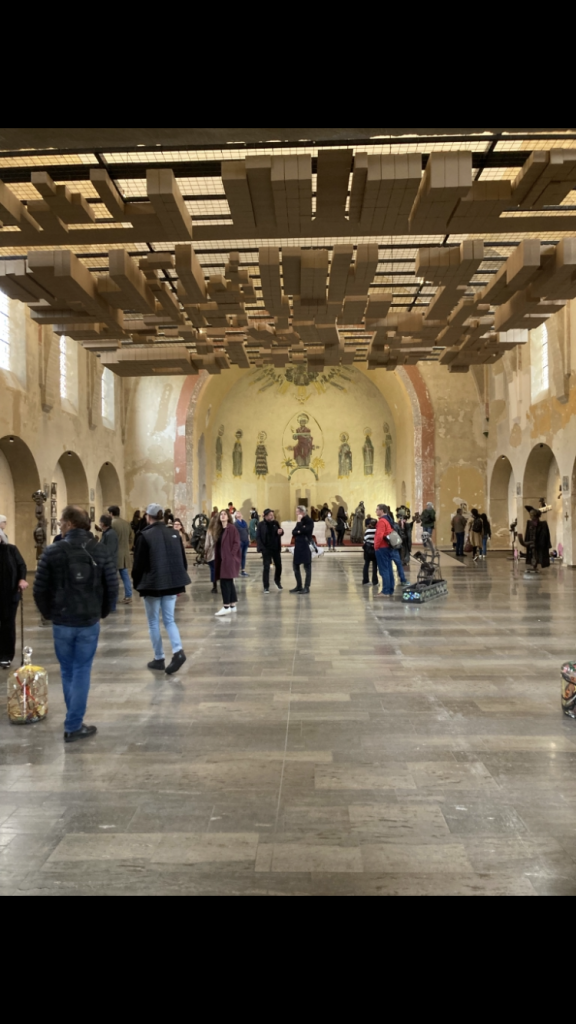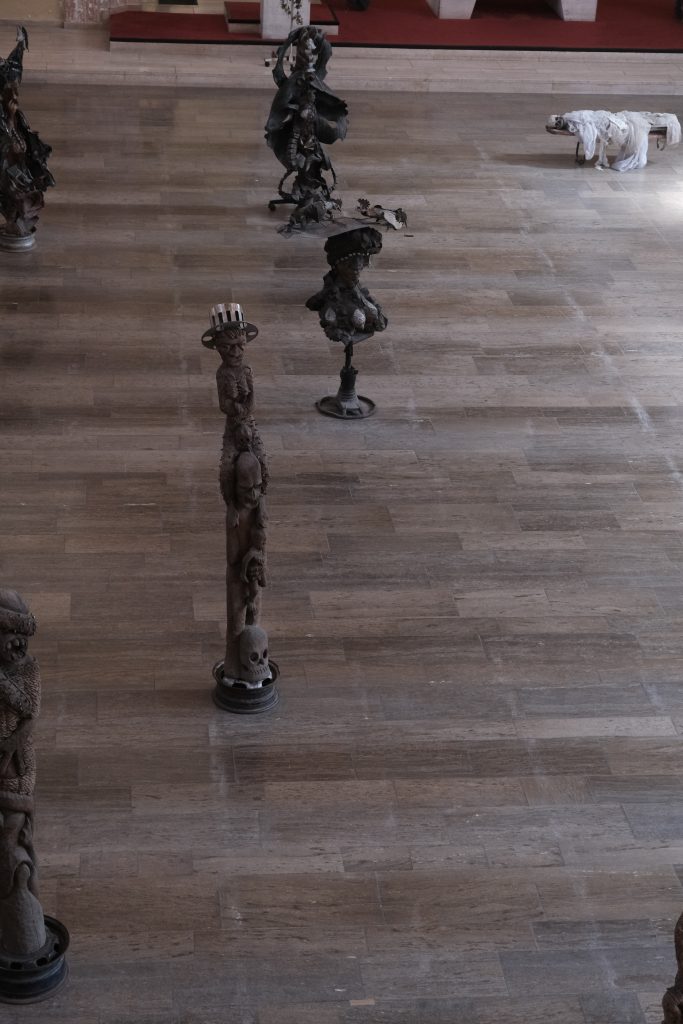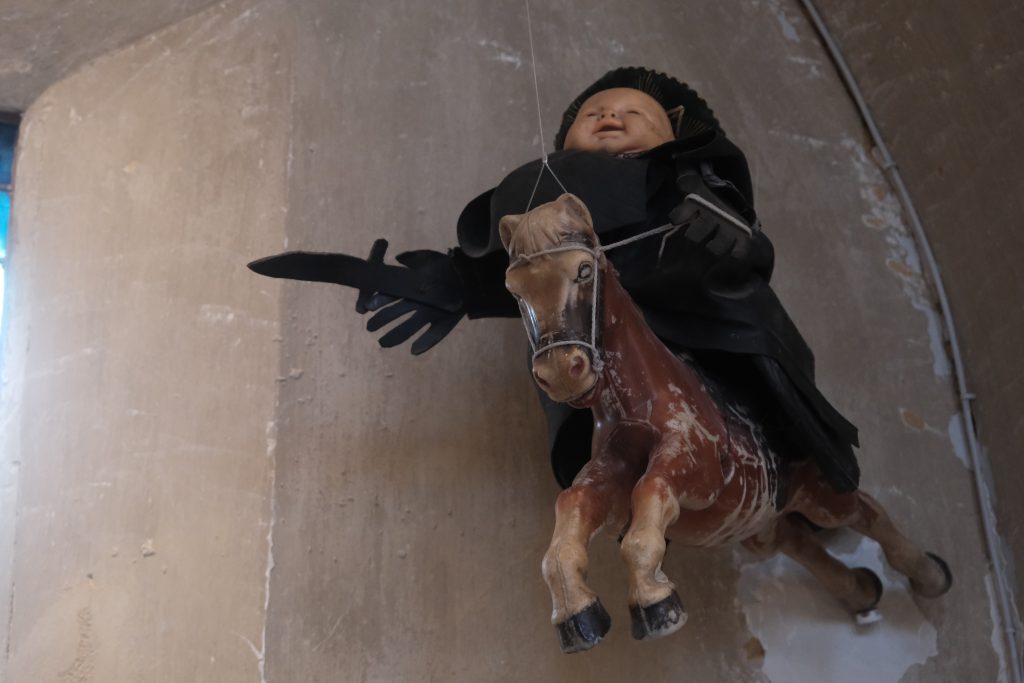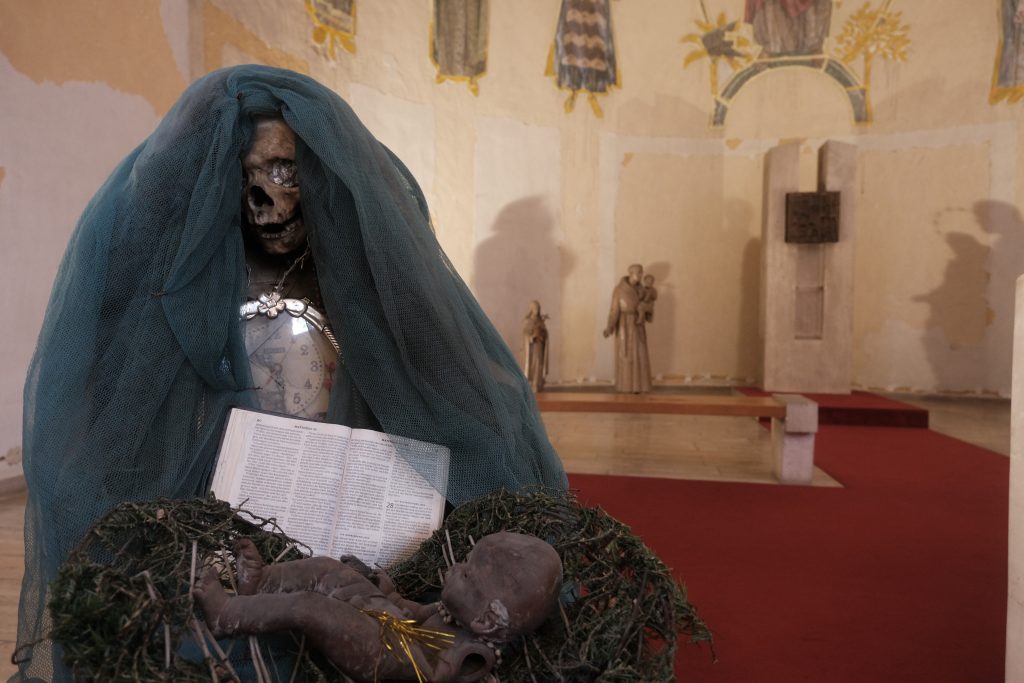‘Not only cast steel or chiselled stone; people can be monuments too’: an exploration of the Memory Person
cathrine bublatzky and franziska windolf
When we think of monuments, we think of statues, memories and events from the past. They are site-specific, solid, immobile. How can they represent cultural and collective memories that are remembered by many, often very differently, and that over time experience new readings? How can monuments installed by institutions, organisations and states speak to and for everybody?
What bodies can do the creative work of memory? How can the actual labour of memory be foregrounded, its training, sharing and transmission?[1]
These questions are relevant to agents in the fields of memory studies and memory production, such as artists, cultural practitioners, institutions, governments and, most importantly, for various communities and people in their everyday lives.
[It] … is on the ‘act’ of memory, … inquiring into the processes of making, constructing, enacting, transforming, expressing, transmitting cultural memory through art and popular culture. … The notion of ‘performing memory’ thus presupposes agency.[2]
The Memory Person (they/them), ongoing since June 2023, by artist Franziska Windolf offers a common form of memory production. The Memory Person performed memory as ‘an embodied and localised practice’[3] and was conceptualised in Munich during an artist residency at the Käte Hamburger Research Centre global dis:connect and in partnership with the ERC-funded METROMOD research project (Relocating Modernism: Global Metropolises, Modern Art and Exile at LMU Munich).
In their joint exploration, anthropologist Cathrine Bublatzky and artist Franziska Windolf explore how the Memory Person represented a striking tension between the concepts of memory, monument and performance.
- Fig. 1: Meeting and networking with artists and residents at Alpenplatz. (Image: Leonid Hrytsak)
- Fig. 2: Meeting coach Patrick and a group of mainly Iranian and Vietnamese table-tennis players at Rheinthalerstraße. They invited the Memory Person to a barbecue, to join their club and conversation. Unfortunately, the group disbanded for unknown reasons in July 2023. (Image: Leonid Hrytsak)
- Fig. 3: A memento by the Ping¬Pong group. According to coach Patrick, the round shape of the ball connects to the core of the human being. It can be damaged in life but remains recognisable to oneself and others if one listens to the soul. A match can have creative-¬therapeutic effects and dissolve aggression and emotional blockages. (Image: Leonid Hrytsak)
- Fig. 4a: Video stills. (Images: Mathias Reitz Zausinger)
- Fig. 4b: Video still. (Images: Mathias Reitz Zausinger)
- Fig. 4c: Video still. (Images: Mathias Reitz Zausinger)
- Fig. 4d: Video stills. (Images: Mathias Reitz Zausinger)
A performative monument
The Memory Person strolled through the Giesing quarter, a former workers’ district in southeast Munich. The performance was enacted by different persons who embodied a variety of identities, genders and agencies. They were strikingly dressed, carrying several commemorative objects and memorabilia on their body. Each object has its own history, creators and memories. At the heart of the public artwork were ongoing and dynamic encounters between the Memory Person and passers-by, their lively and personal interactions, their shared stories and memories. The Memory Person was dedicated to creative people who have migrated or are living in exile, and anyone could participate.
Not only cast steel or chiselled stone; people can be monuments too.[4]
The Memory Person challenges the idea of ‘performing memory’.[5] As a performative monument, they work with what anthropologists call the agency of humans ‘to create and construct their own reality’ and to ‘collectively … shape themselves in their behaviours and beliefs’.[6] Performing the Memory Person entailed an uninterrupted metamorphosis in which their ‘form’ kept changing. Their performances merged practices of collecting, storing and re-narrating, all resulting in a changing monument.
The public artwork becomes and operates as a performance based on the material interaction and dialogue with people in the streets.
Those who encountered the Memory Person are diverse. Some have long lived in Munich, some have moved from another country, others have migrated or even fled war and other crises in their home countries. All have memories, often not shared with wider publics, as they are intimate and personal, sometimes even traumatic and frightening.
The Memory Person is a living monument that does not represent a particular memory or hegemonic narrative. They produced a host of memories of differently shared pasts in cities like Munich, shaped by migration and mobility.
- Fig. 5: Close¬up of the changing monument. (Image: Leonid Hrytsak)
- Fig. 6: Encountering a resident of Weißenseestraße.(Image: Milena Wojhan)
- Fig. 7: Meeting Ksenia Bykovsky in front of her former flat in Wendelstein¬straße. Ksenia came to Munich from Saint Petersburg in 2007 to study art. Since then, she has lived and worked in various locations. (Image: Leonid Hrytsak)
- Fig. 8a: Memento by Ksenia Bykovsky. The axolotl symbolises lost bonds of friendship. For Ksenia, the invitation to participate in the monument means expressing parts of her identity from the past. The text on the memento reads: ‘Let everything happen to you: beauty and horror. You only have to go: No feeling is the most distant. Do not let yourself separate from me. Near is the land they call life. You will recognise it with seriousness. Give me your hand. Rainer Maria Rilke. 4.10.1899.’ (Translation: Franziska Windolf, image: Leonid Hrytsak)
- Fig. 8b: Memento by Ksenia Bykovsky. The axolotl symbolises lost bonds of friendship. For Ksenia, the invitation to participate in the monument means expressing parts of her identity from the past. The text on the memento reads: ‘Let everything happen to you: beauty and horror. You only have to go: No feeling is the most distant. Do not let yourself separate from me. Near is the land they call life. You will recognise it with seriousness. Give me your hand. Rainer Maria Rilke. 4.10.1899.’ (Translation: Franziska Windolf, image: Leonid Hrytsak)
- Fig. 9: Iriet Yusuf and her primary¬ school pupils from Giesing contributing their lion memento. According to the resilience coach, it symbolises inner strength and positive togetherness, consisting of thank¬-you letters and pictures from pupils and parents from different countries and cultures. (Image Leonid Hrytsak)
- Fig. 10: Encountering Iriet Yusuf at Alpenplatz. (Image: Leonid Hrytsak
- Fig. 11: A table-tennis match with Elvin Turgut at Rheinthalerstraße. (Image: Leonid Hrytsak)
A nomadic plinth celebrating diversity
The Memory Person is a practical invention. Due to the lack of publicly accessible knowledge about creative migrants, exiles and their work in greater Munich, memories and biographies must be actively sought out in order to become visible.
As a living monument, they stimulate an interplay of creative expressions and reflections. The collection of memories and memorabilia, and their endowment to people is open-ended.
The web of relationships between the memorabilia changed with each new contribution. The Memory Person decentralises and mediates whilst connecting shared memories with people. This flexible and responsive artistic form is open to renegotiation and emergent values. Their sharing and (re-)telling is on display, mediating memory culture as a lively, contested practice.
The Memory Person and their counterparts became ‘facilitators, knowledge producers, hosts and vision seekers’.[7]
The Memory Person as a performative monument is alive and constantly ‘becoming’.
But what is actually remembered in such unforeseen encounters?
- Fig. 12: The Green Apple memento by graphic artist Moss. (Image: Leonid Hrytsak)
- Fig. 13: With Manuel Friedrich, musician, tinkerer and electrical engineer, in front of his old Setra bus. (Image: Leonid Hrytsak)
- Fig. 14: Manuel Friedrich contributing his mementoes, which, according to him, deal with the abysses of humanity — how fanaticism, megalomania and belligerence drive people into exile — just like his song lyrics. (Image: Leonid Hrytsak)
- Fig. 15: Encountering a passer¬by at Weißenseestraße. (Image: Milena Wojhan)
- Fig. 16: A passer¬by contributes her memento. (Image: Milena Wojhan)
- Fig. 17: The artist Nicolas Wannenmacher contributes his mementoes. (Image: Milena Wojhan)
Encountering the Memory Person
Often, curiosity and eye contact sparked encounters with the Memory Person. Their colourful, unconventional appearance, which defies stereotypical assumptions about a carnival or the Oktoberfest, attracted attention and made people wonder what the Memory Person was all about. Once they grasped the goal of the performance, many started to talk about their connections to Giesing and other residents, artists and migrants. They referred to creative people and places. Upon a second, deeper encounter, they contributed personal commemorative objects as fragments of their memories.
The creativity of the monument is very broad and includes music, tinkering, crafting, knitting, cooking, graffiti, etc.
Thus, the Memory Person addressed as many people as possible. Their objective was to raise awareness of the lack of memorials for migrants and creative people in the neighbourhood. Everyone was invited to celebrate and honour the creativity and work of past and present exiles and migrants by participating.
The initial performances of the Memory Person in June and July 2023 were a curated city walk to sites of exile in Giesing, revealing their continued relevance with a pre-selected audience. The spectators accompanied the Memory Person and witnessed their encounters and interactions with passers-by. Participants were invited to carry the memorabilia with the Memory Person and to contribute a wish for a future monument, a memory or a memento of a creative migrant who once lived or moved to Giesing.
The performances in August and September 2023 were more frequent, focussing only on encounters with residents and passers-by. The route through the district was more improvised, with time and space to revisit people and businesses, play table tennis, etc. On these occasions, the Memory Person collected memorabilia and commemorative articles devoted to creative exiles and migrants from anyone who wanted to commemorate.
How the Memory Person embodies the monument and interactions with participants in the artwork is shaped by three elements:
-
The Memory Person opens encounters by approaching passers-by during a curated city-walk (June/July 2023) whilst strolling through the neighbourhood without a pre-selected audience (August/September 2023);
-
Alternating subject positions between the Memory Person and passers-by/audience;
-
Evolving artwork when the artwork is relationally produced with participants.
All three registers played out in each Memory Person performance. But the performances in June/July 2023 were less dynamic and open, as the Memory Person held a fixed position as the ‘guide’ to explain and share knowledge during the curated walk. The material contributions to the performative monument were largely predetermined (written notes on textile/foam rubber prepared by the artist).
The evolution of the artwork is produced more ‘by’ than only ‘with’ the participants.
By contrast, the performances in August/September 2023 provided more space for give and take, including returning moments and memorabilia. Due to the spontaneity of the encounters, the Memory Person and the passers-by had more freedom to participate and exchange objects.
- Fig. 18: The Blast from the Past memento by Nicolas Wannenmacher. The slide comes from a photo collection of a former housemate. He saved the collection from the rubbish tip and projects the slides onto the glass front of his studio at night. (Image: Milena Wojhan)
- Fig. 19: Close¬up. (Image: Leonid Hrytsak)
- Fig. 20: Video still. Giving an amanat to Nicolas Wannenmacher. (Image: Mathias Reitz Zausinger)
- Fig. 21: The Open Eye by Anick Messerschmitt is, according to the goldsmith, intended to accompany the Memory Person during their research and encounters with Giesinger residents to maintain a respectful, non-¬judgemental view and open-¬mindedness. (Image: Leonid Hrytsak)
- Fig. 22: Silver memento by Franziska Windolf with a Kurdish quote para¬phrasing Haydar Isik: ‘To those, whose longing grows stronger the older they get’. (Image: Leonid Hrytsak)
- Fig. 23a: Video still. (Images: Mathias Reitz Zausinger)
- Fig. 23b: Video still. (Images: Mathias Reitz Zausinger)
- Fig. 23c: Video still. (Images: Mathias Reitz Zausinger)
- Fig. 23d: Video still. (Images: Mathias Reitz Zausinger)
Ethics of dialogue/‘commoning’
‘Commoning’ refers to art that is produced by, not only with, the participants. The Memory Person is the formation and interplay of relationships and their material effects that shape social space and animate memory cultures.
‘The wider challenge here is that of finding new ways of understanding forms of being-in-common that refuse or exceed the logic of identity, state, and subject. In other words: how to be in common without creating a community?’[8]
If ‘commoning’ is when people in a community or neighbourhood become equal in sharing their diverse memories, how does the prescribed content balance with individual conceptions of the monument?
The more reciprocal insights, the more equitable the dialogue and the more shared reflections and relationships can emerge.
Individual identities and property rights don’t apply, as is evident in the ‘materiality’ and ‘objecthood’ of the performative monument. The focus lies on togetherness and the common production of a new monument, whilst the particularities of each person involved gain space to express themselves.
‘The more reciprocal insights, the more equitable the dialogue and the more shared reflections and relationships can emerge.’[9]
The monument belongs to no one, though the objects the monument comprises signify belonging, which inheres in ‘commoning’.
- Fig. 24: Close¬up. (Image: Milena Wojhan)
- Fig. 25: A memento by an anonymous artist who pays as much attention to the organisation of public space as he does to music and philosophy. (Image: Milena Wojhan)
- Fig. 26: The Scuba Santa ¬- For Peace’s Sake memento (in Ukrainian: Заради миру) by Leonid Hrytsak calls for peace, according to the artist, as it is essential for creative work. Santa stands for the creative spirits that are happy to accompany the Memory Person. (Image: Milena Wojhan)
- Fig. 27: Smadlmachts’s Dahoam memento. (Image: Milena Wojhan)
- Fig. 28: A close¬up of Tur Surhan’s memento (the card in the middle). Surhan is a writer from Turkey and based in Munich, with a writing studio in Edelweißstraße. (Image: Leonid Hrytsak)
Amanat
All memorabilia engender the dialogues. They resemble amanat, which is a Persian word meaning something that one gives to another person as a custodian. This requires awareness and trust – a sense of the reciprocal capacity and will to build a meaningful relationship.
The object becomes a signifier of a shared moment of remembrance and a common (emotional) value that represents other things such as the conversation, a memory, a loss or a personal or communal journey.
The amanat contributes and ‘transforms’ the world, memories, exile and identification.
The emerging performative monument becomes a common gift to creative exiles and society from all participants.
The different materialities of the performative monument speak for the coexistence of different voices and situations to which the artwork responds or is created within.
The silver brooches, for example, are given away, so they should be as durable as possible. The Memory Person provides a platform for (re)composing and (re)evaluating the objects. Objects converse with each other and provide a ‘language’ for often ineffable stories. There is no definite way of ‘reading’ them.
Diversity is the core of the performative monument, representing an anti-hierarchical, even decolonising understanding of what the Memory Person as a ‘living monument’ embodies.
The actual labour that needs to be done when underrepresented/invisible knowledge is sought out emerges. Contrasting the glorious surfaces of conventional monuments, the Memory Person allows for the contradictions, detours and failures that occur when people are building relationships. The Memory Person responds to recent decolonial debates and demands for monuments and statues of a contested, colonial past to fall.
The past is created by and about participants’ voices. The Memory Person performs it without repeating it.
- Fig. 29: Video still. (Image: Mathias Reitz Zausinger)
- Fig. 30: Video still. (Image: Mathias Reitz Zausinger)
[1] Liedeke Plate and Anneke Smelik, Performing Memory in Art and Popular Culture (London: Routledge, 2013), 2ff.
[2] Plate and Smelik, Performing Memory, 3.
[3] Plate and Smelik, Performing Memory, 5.
[4] Sebastian Adler, Spectator of the performance, 24 June 2023.
[5] Plate and Smelik, Performing Memory, 7.
[6] Plate and Smelik, Performing Memory, 7.
[7] Vera Hofmann et al., Commoning Art — Die transformativen Potenziale von Commons in der Kunst (Bielefeld: transcript Verlag, 2022), 34. https://www.transcript-verlag.de/media/pdf/f2/e6/9e/oa9783839464045.pdf. Unless otherwise indicated, all translations are by the authors.
[8] Harry Walker, ‘Equality without equivalence: an anthropology of the common’, Journal of the Royal Anthropological Institute 26, no. 1 (2020): 148, https://doi.org/https://doi.org/10.1111/1467-9655.13183.
[9] Walker, ‘Equality without equivalence’, 147.
bibliography
Hofmann, Vera, Johannes Euler, Linus Zurmühlen and Silke Helfrich. Commoning Art — Die transformativen Potenziale von Commons in der Kunst. Bielefeld: transcript Verlag, 2022. https://www.transcript-verlag.de/media/pdf/f2/e6/9e/oa9783839464045.pdf.
‘global dis:connect’. Käte Hamburger Research Centre global dis:connect, 2023, www.globaldisconnect.org.
Plate, Liedeke and Anneke Smelik. Performing Memory in Art and Popular Culture. London: Routledge, 2013.
‘Relocating Modernism: Global Metropolises, Modern Art and Exile (METROMOD)’. METROMOD, 2023, www.metromod.net.
Walker, Harry. ‘Equality without equivalence: an anthropology of the common’. Journal of the Royal Anthropological Institute 26, no. 1 (2020): 146-66. https://doi.org/https://doi.org/10.1111/1467-9655.13183.








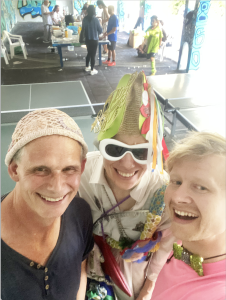
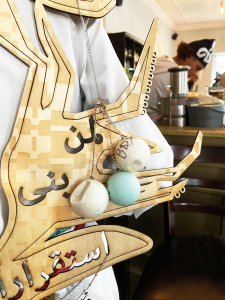
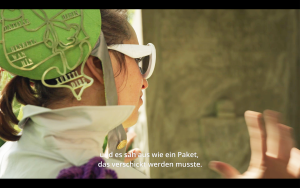
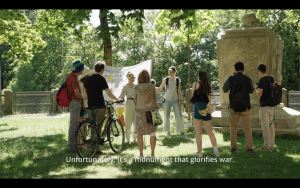
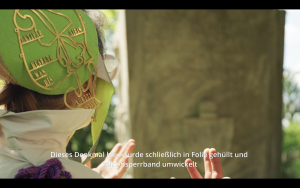
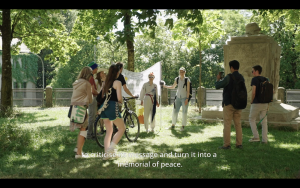
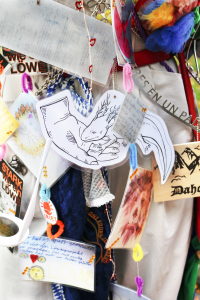

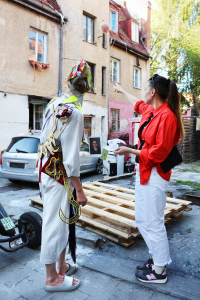
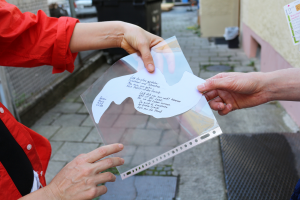
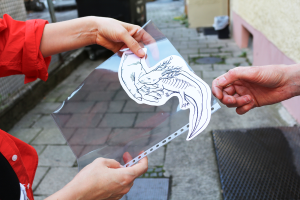
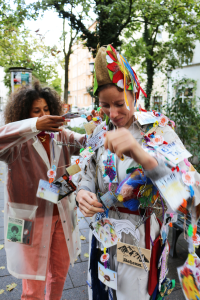
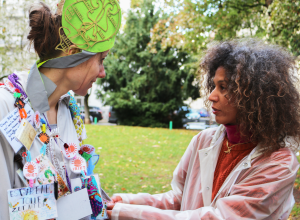
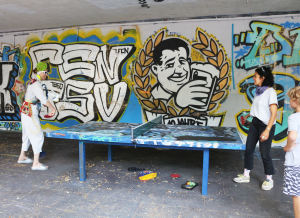
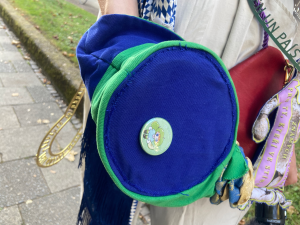
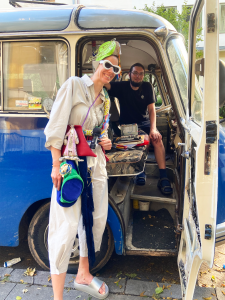
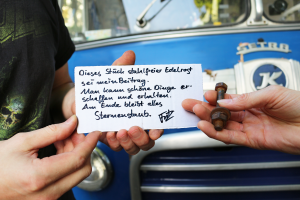
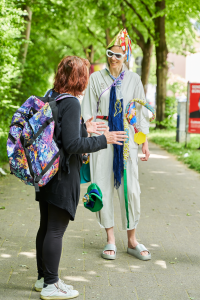
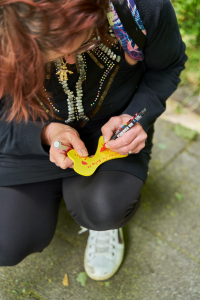
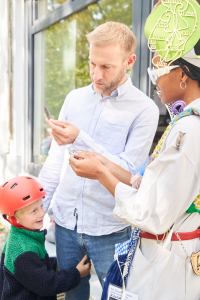
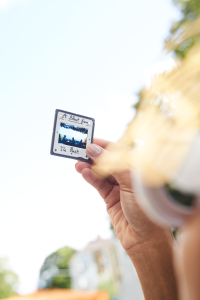
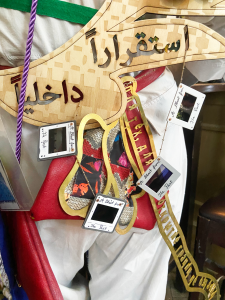
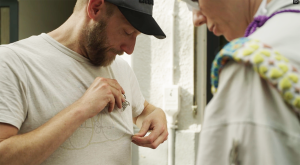
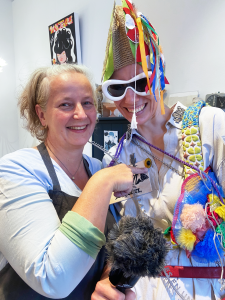
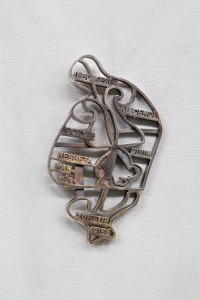
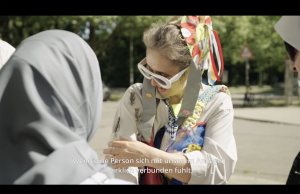
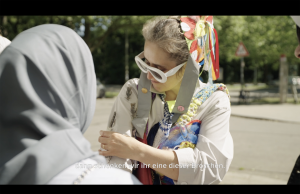
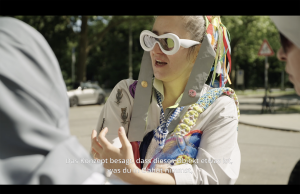
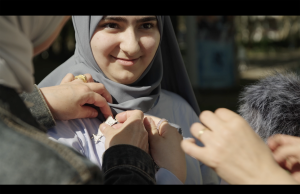
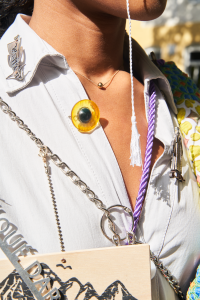
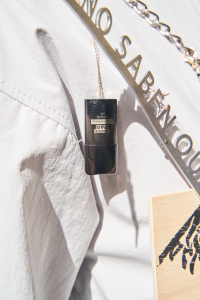
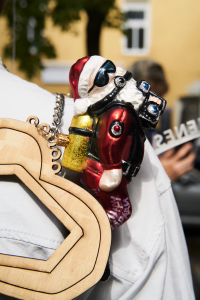
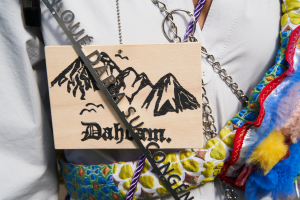
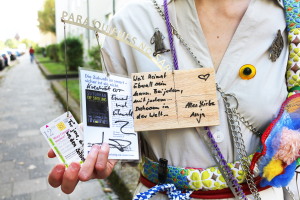
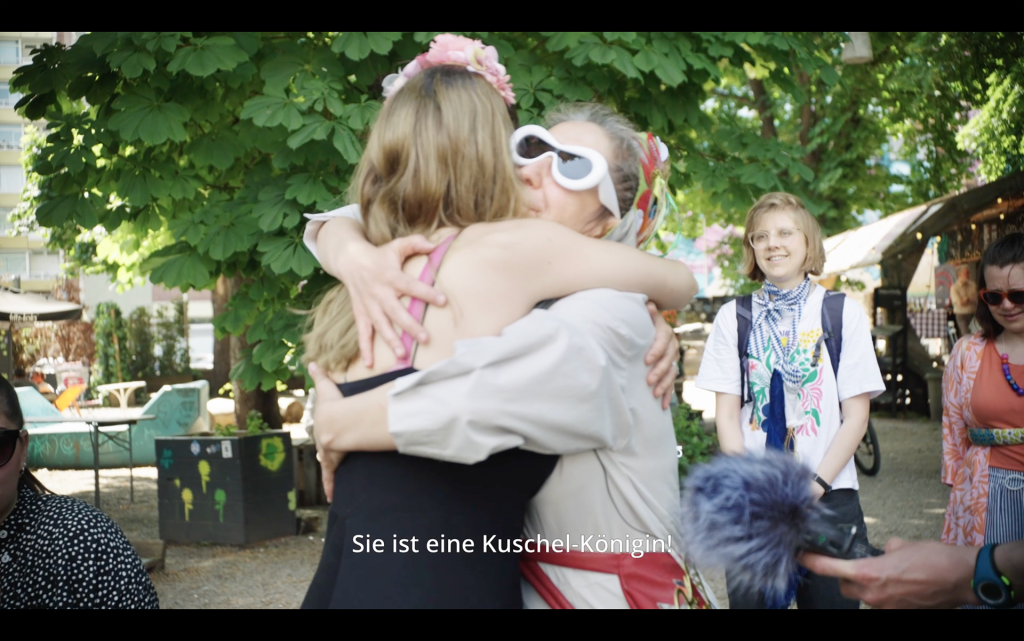
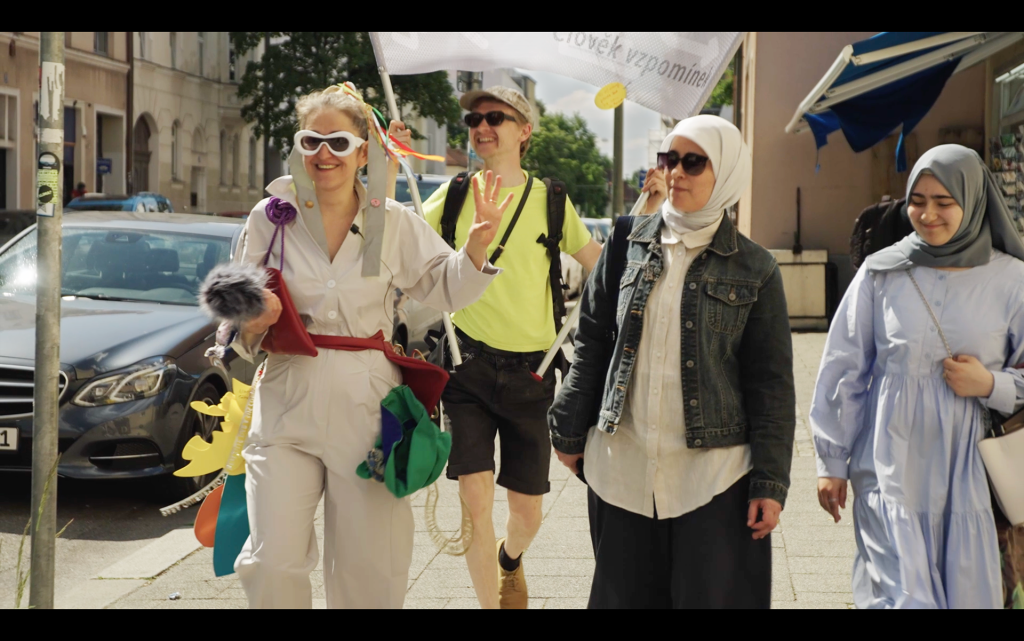
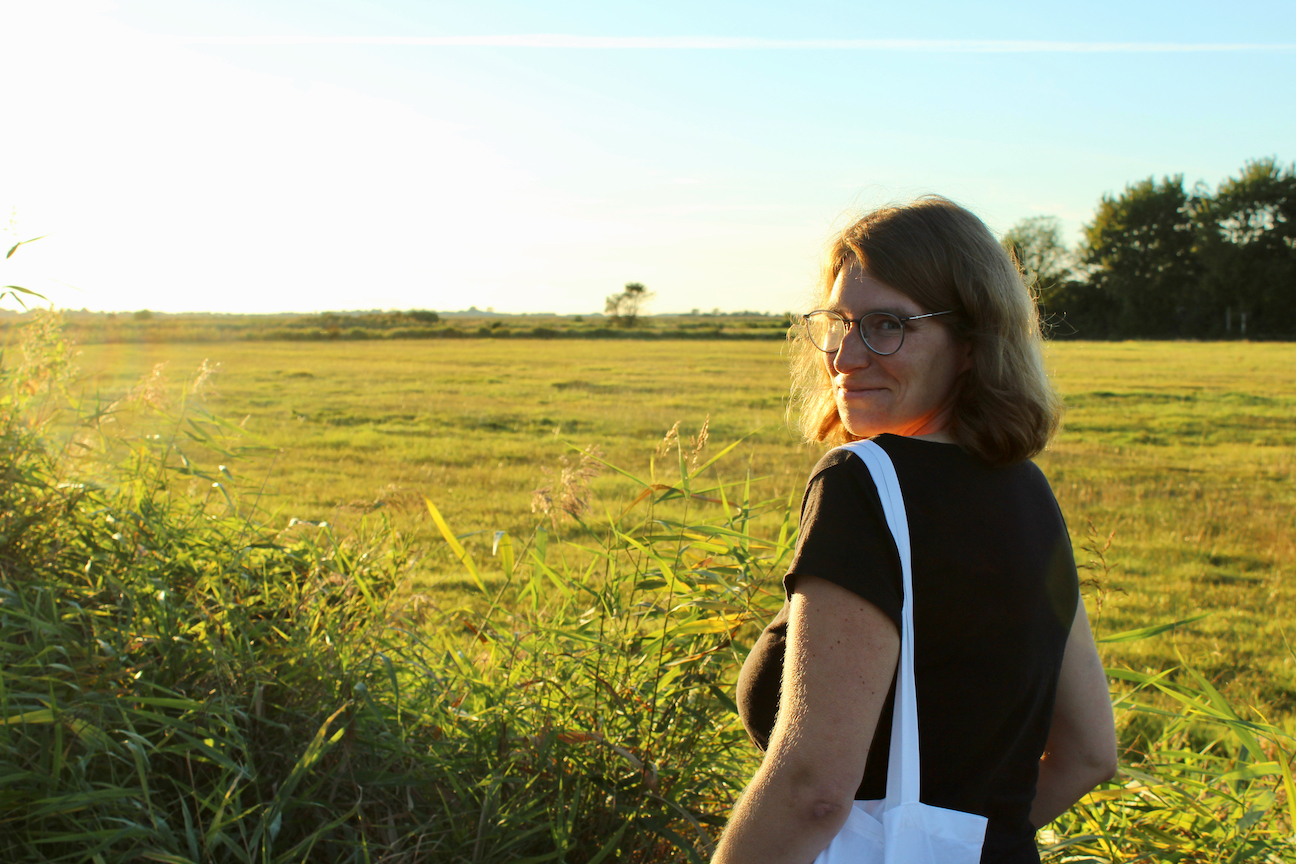
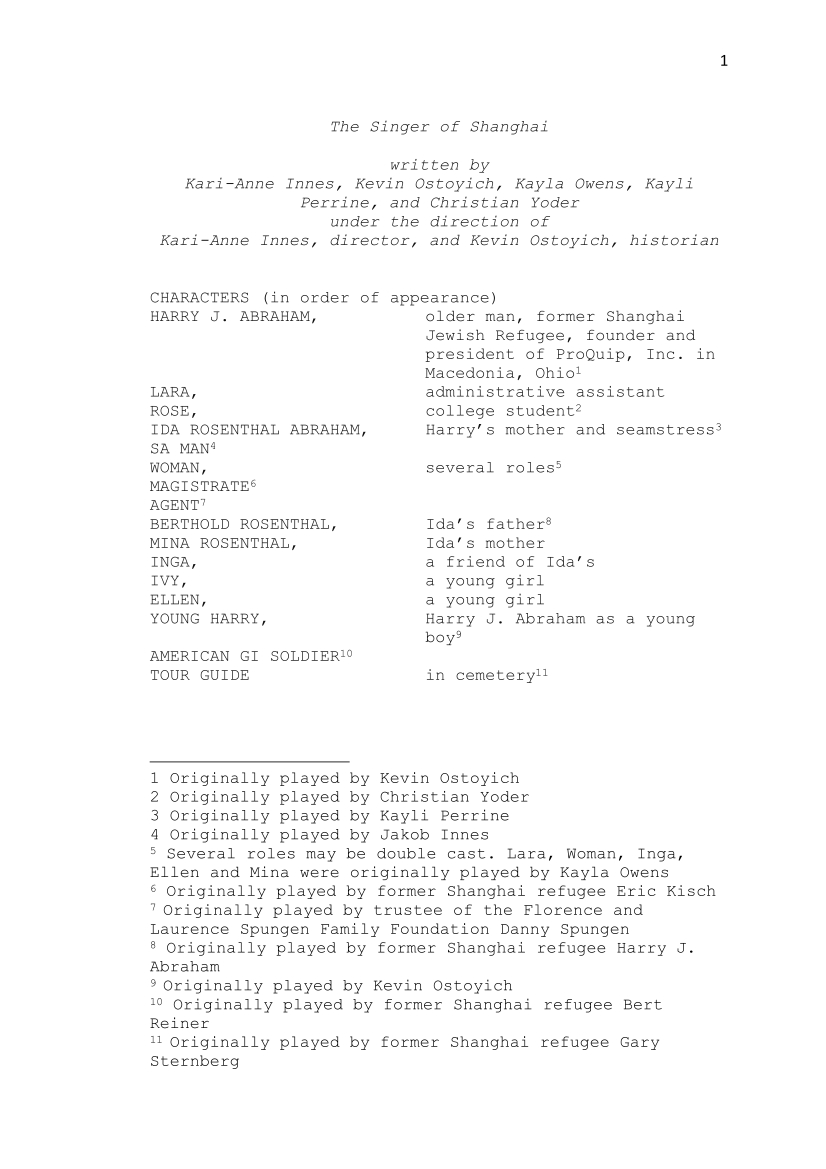
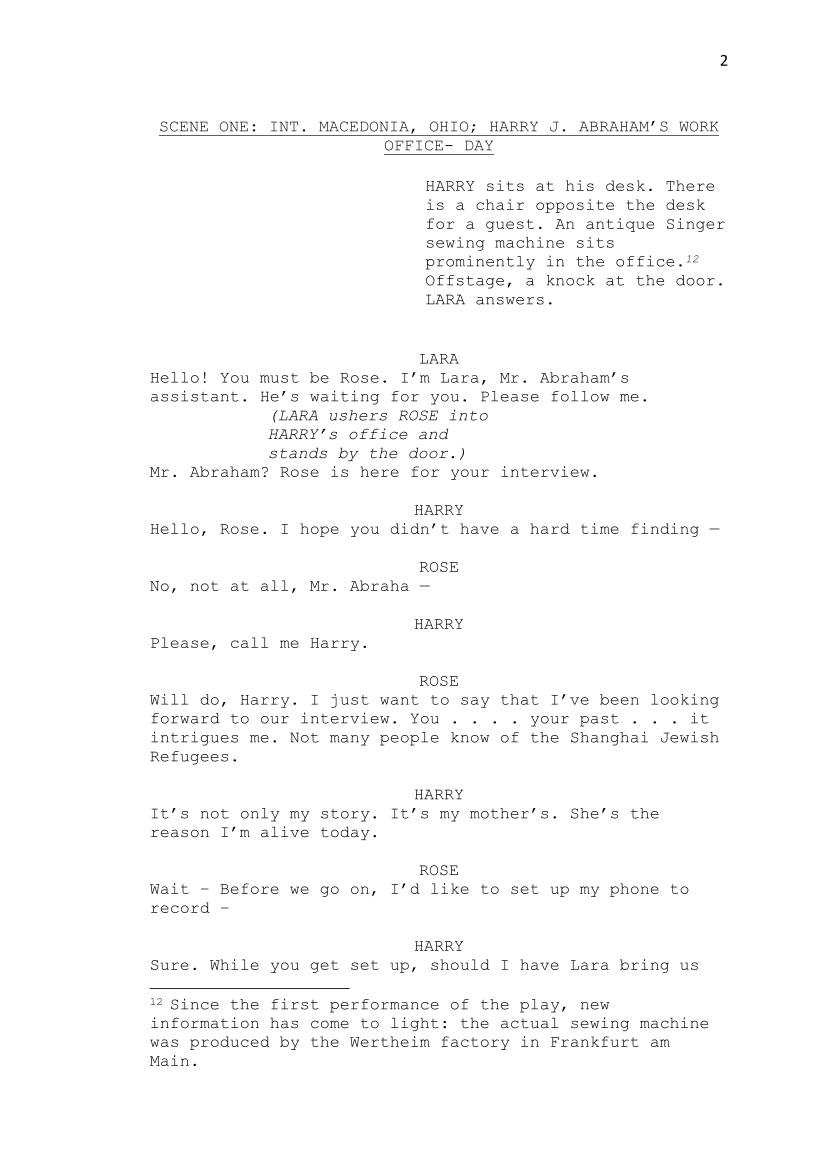
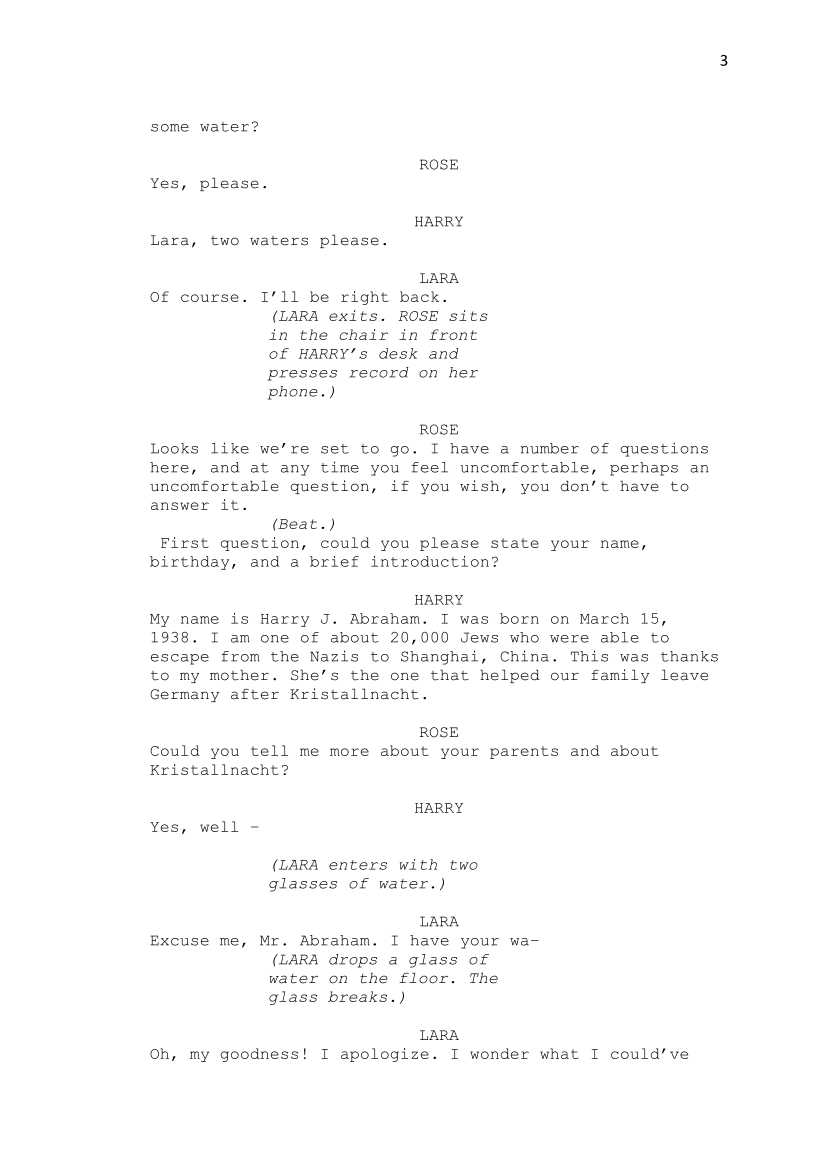
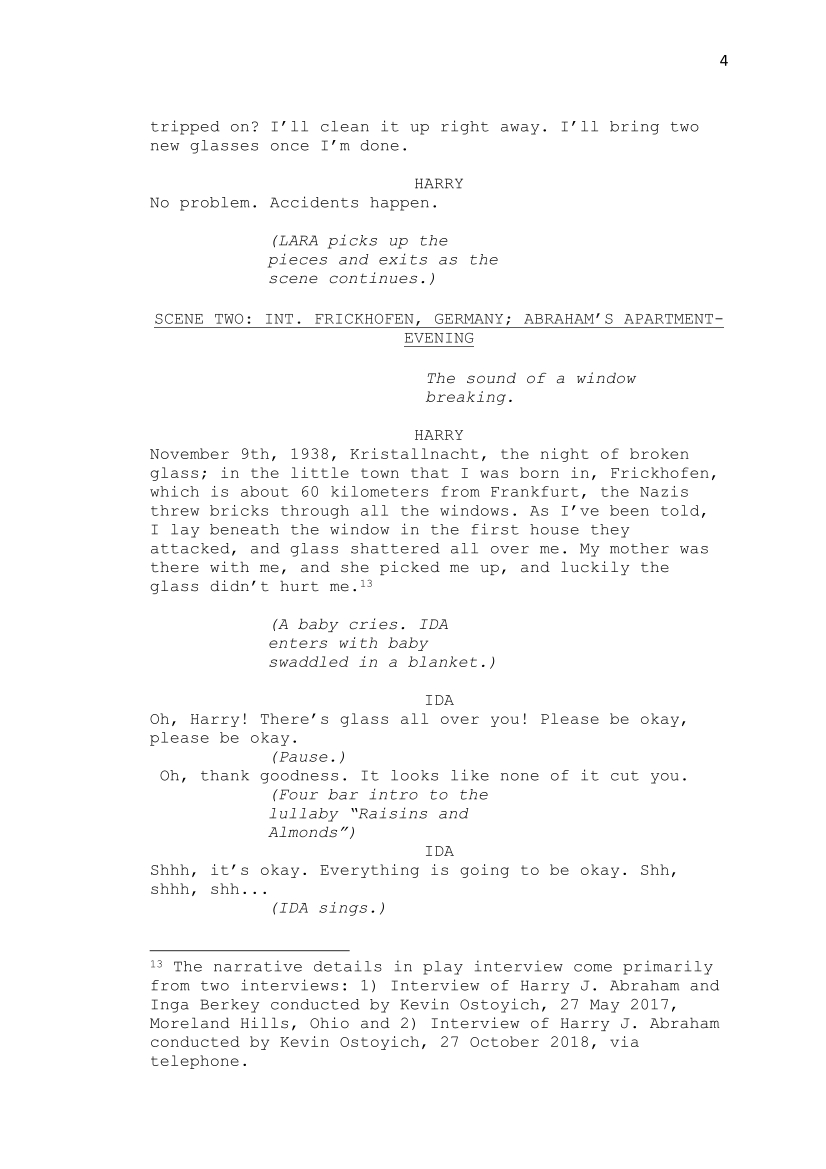
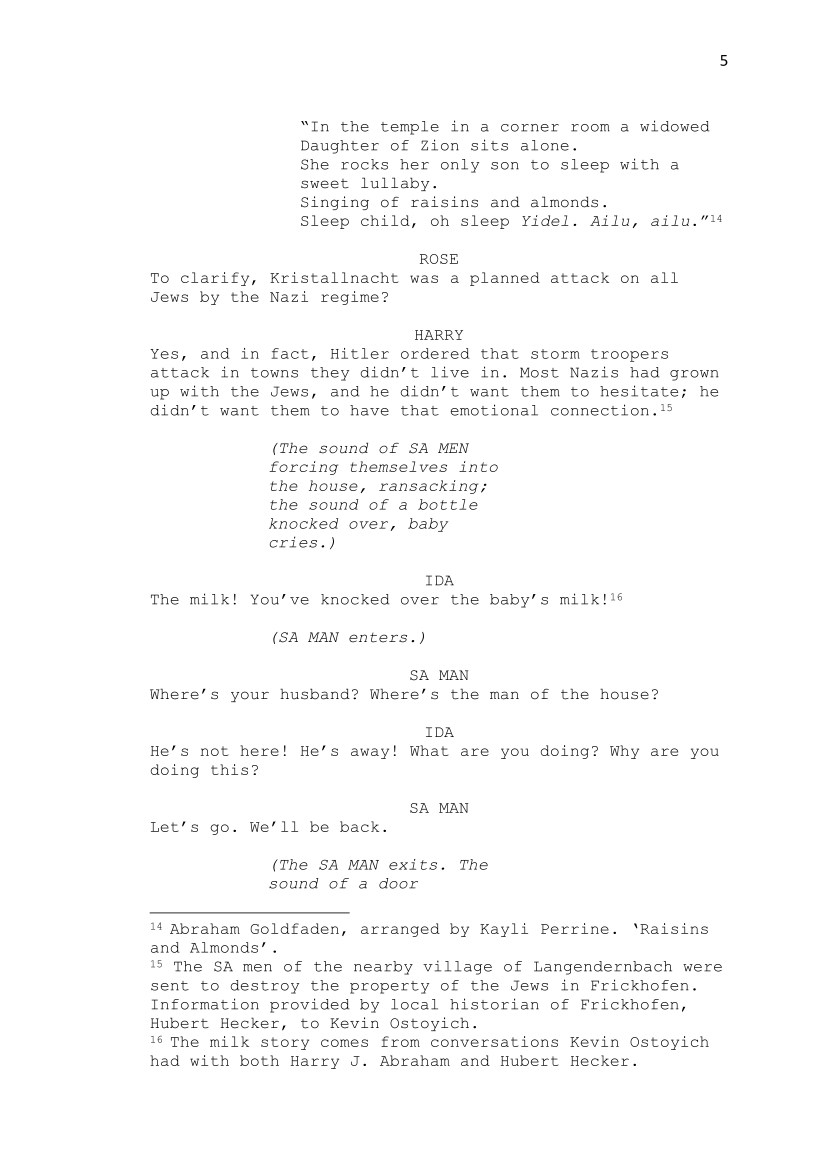
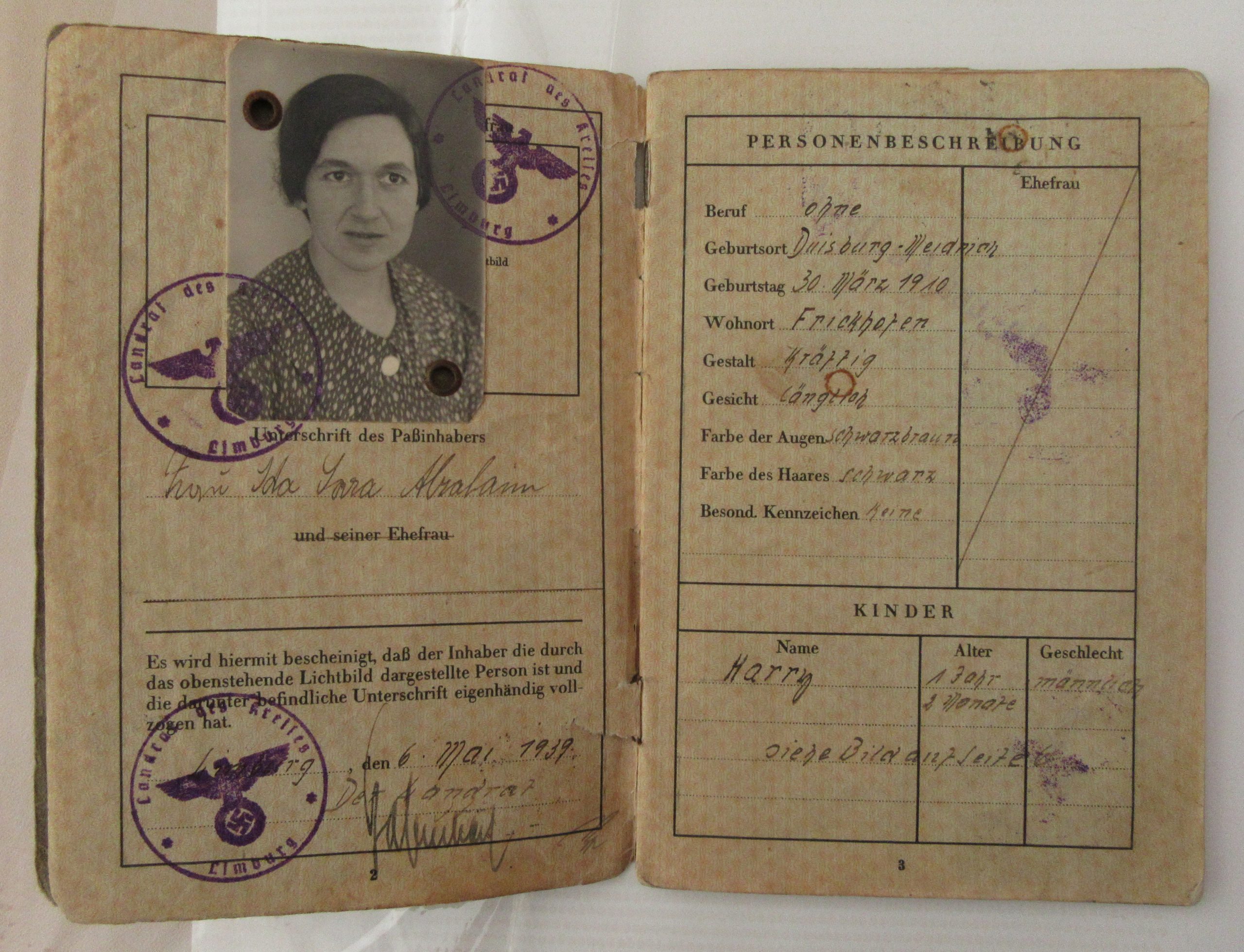
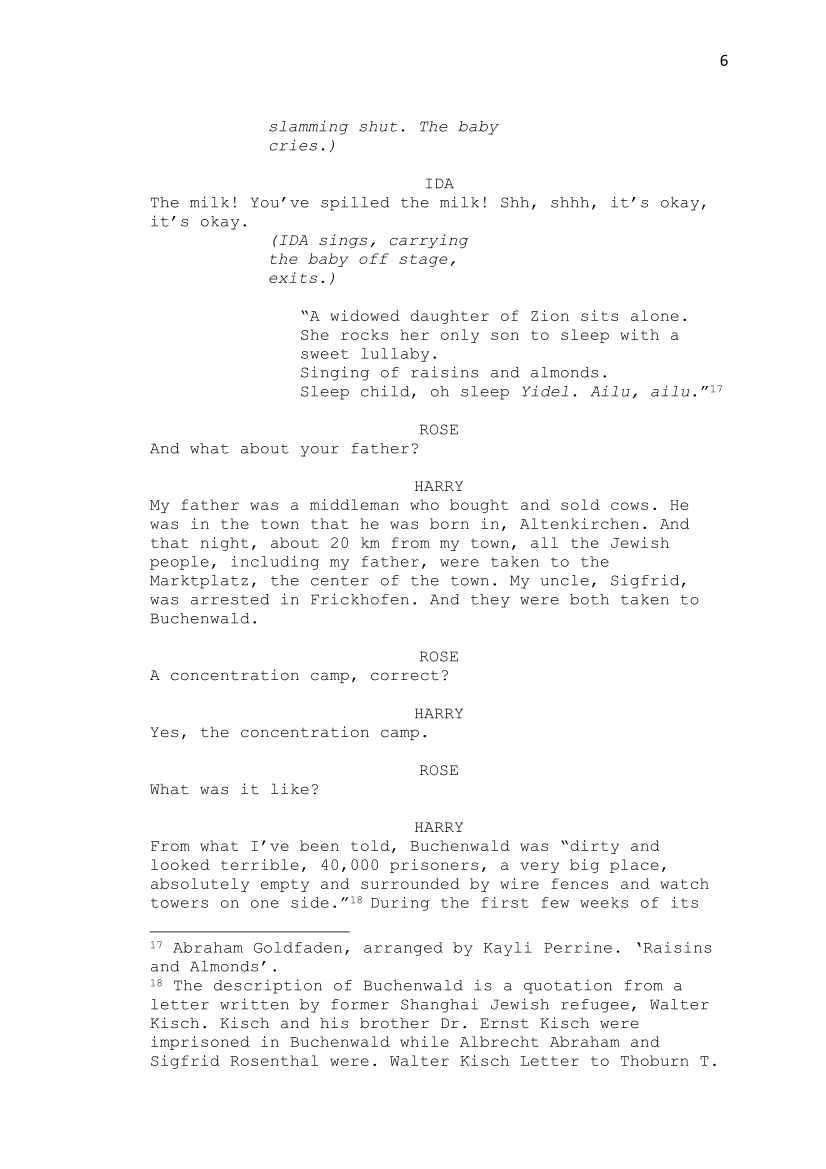
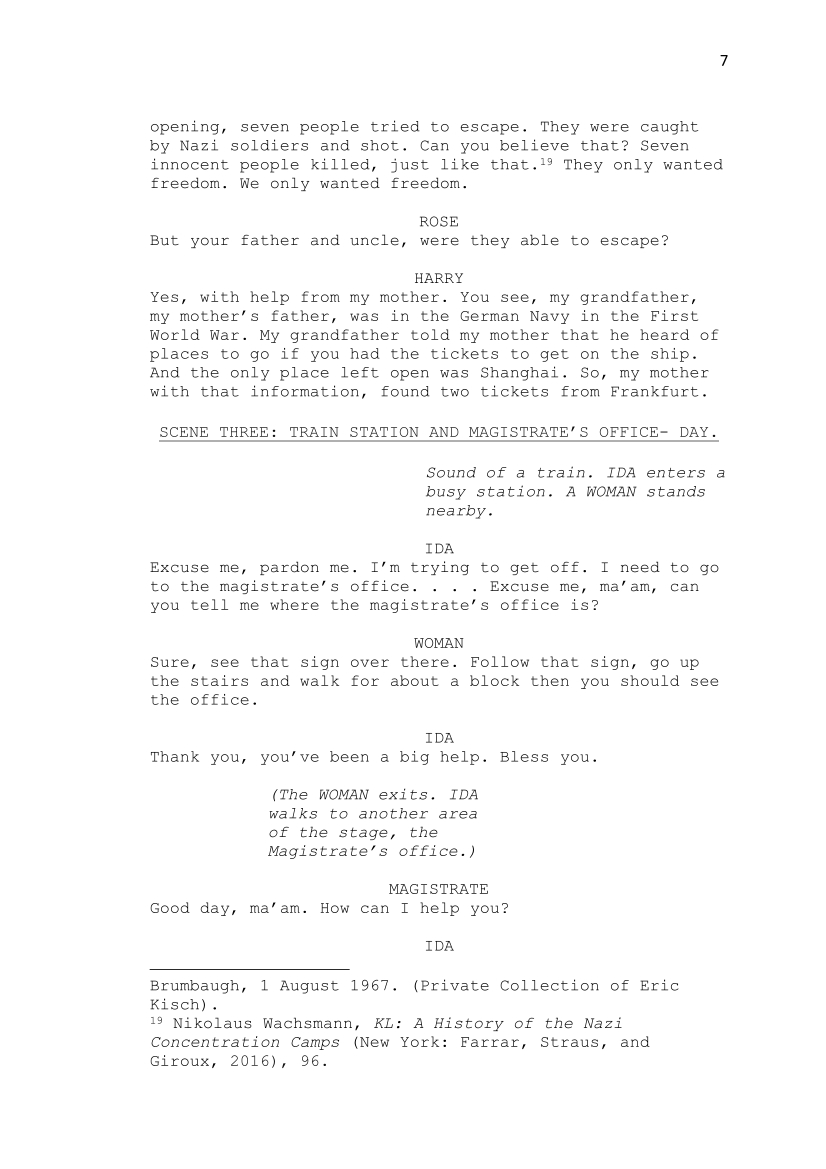
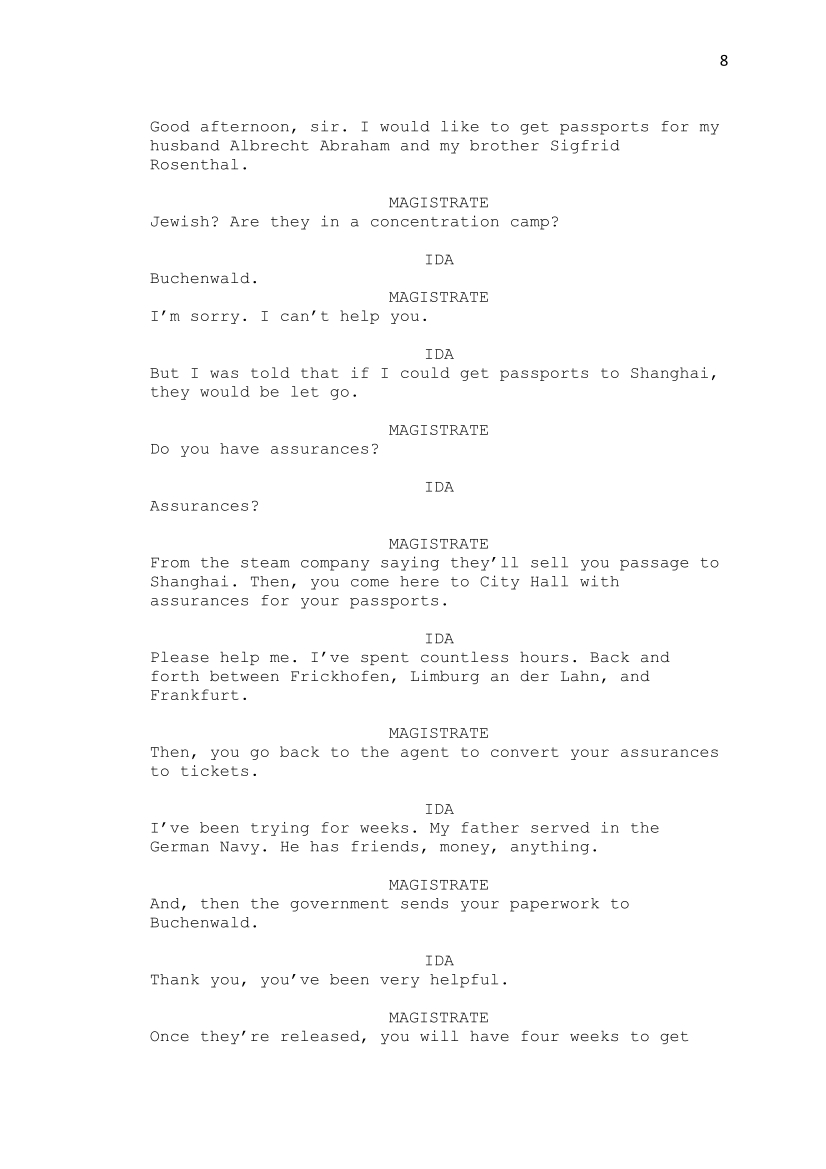
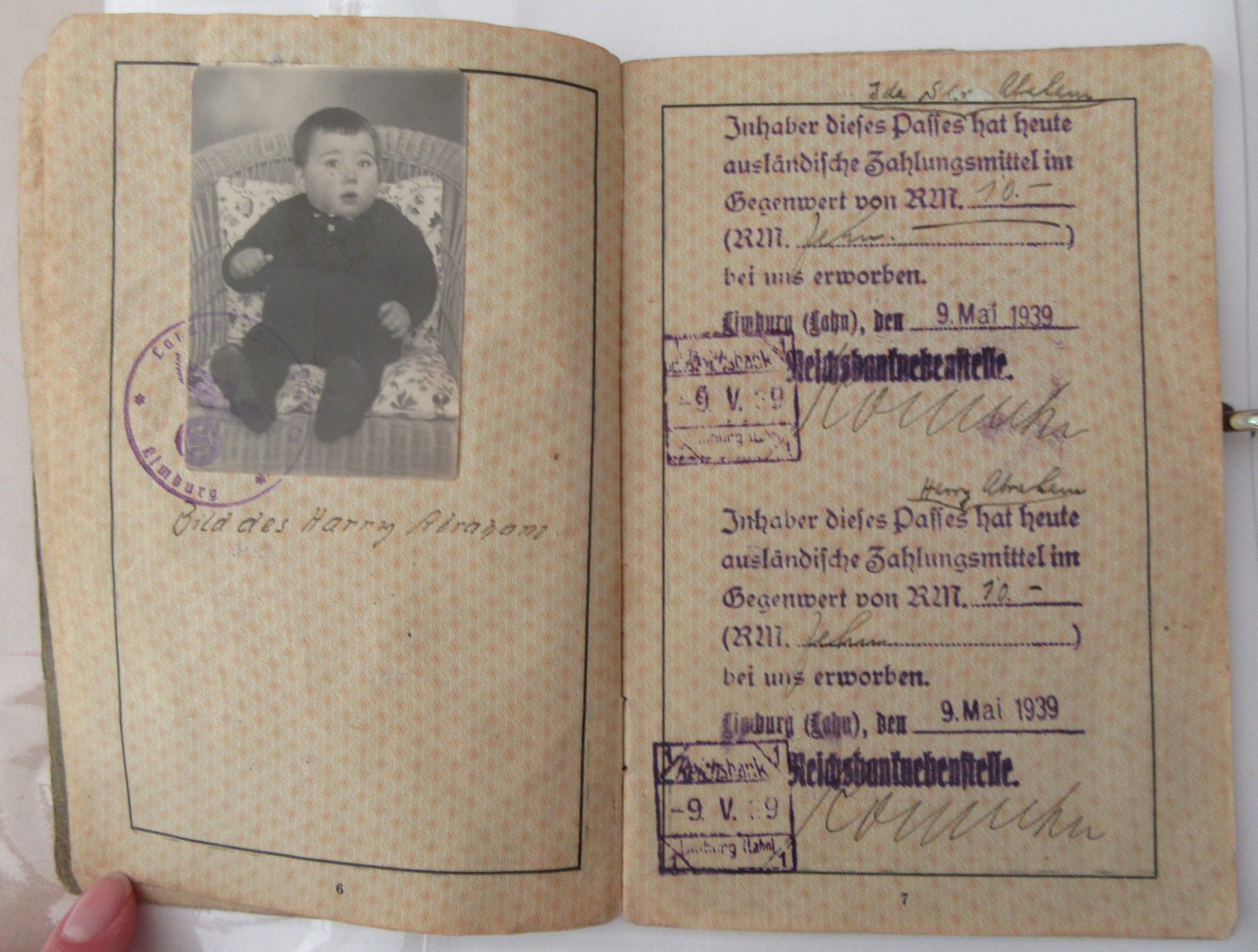
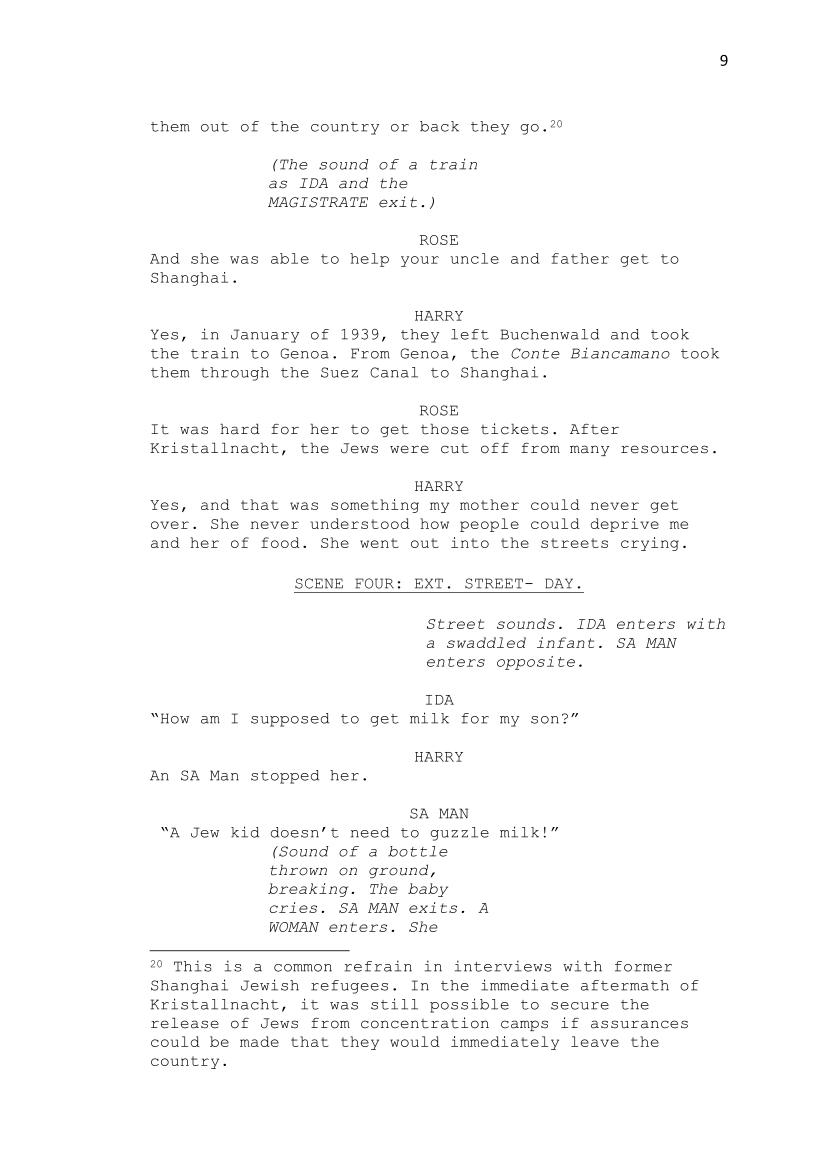
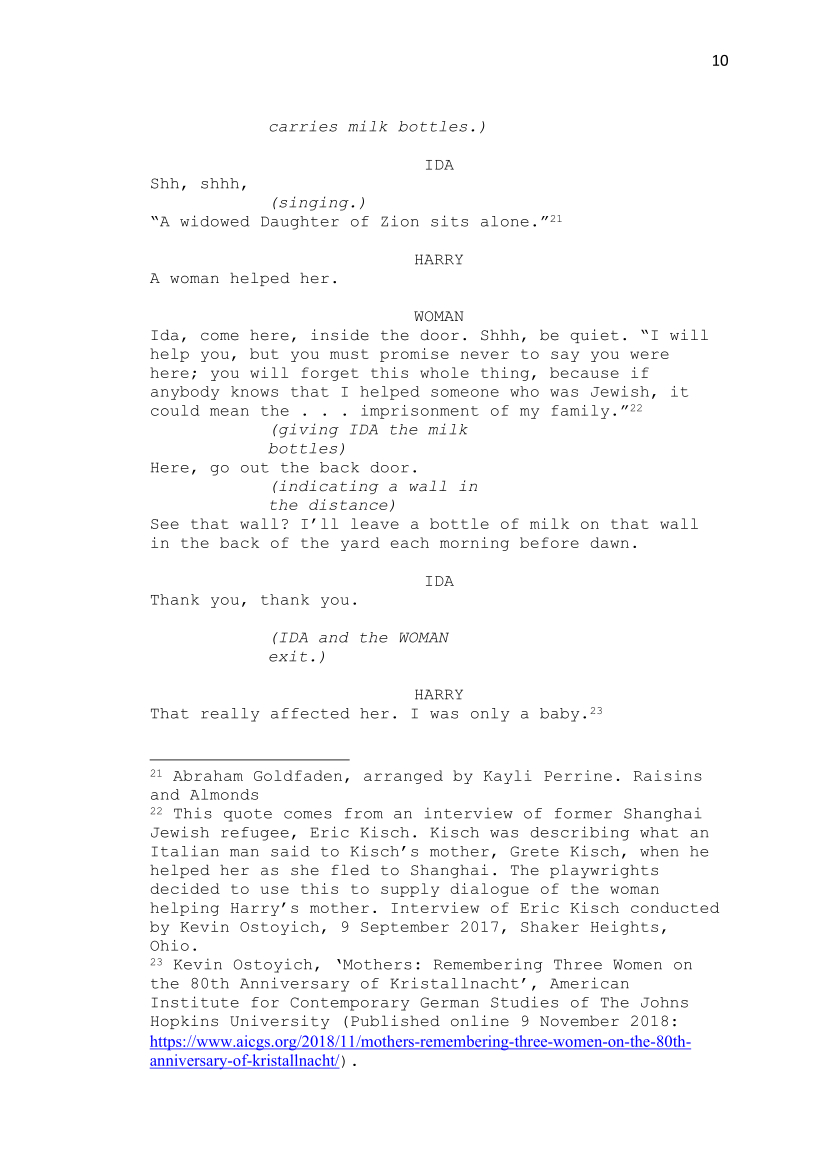
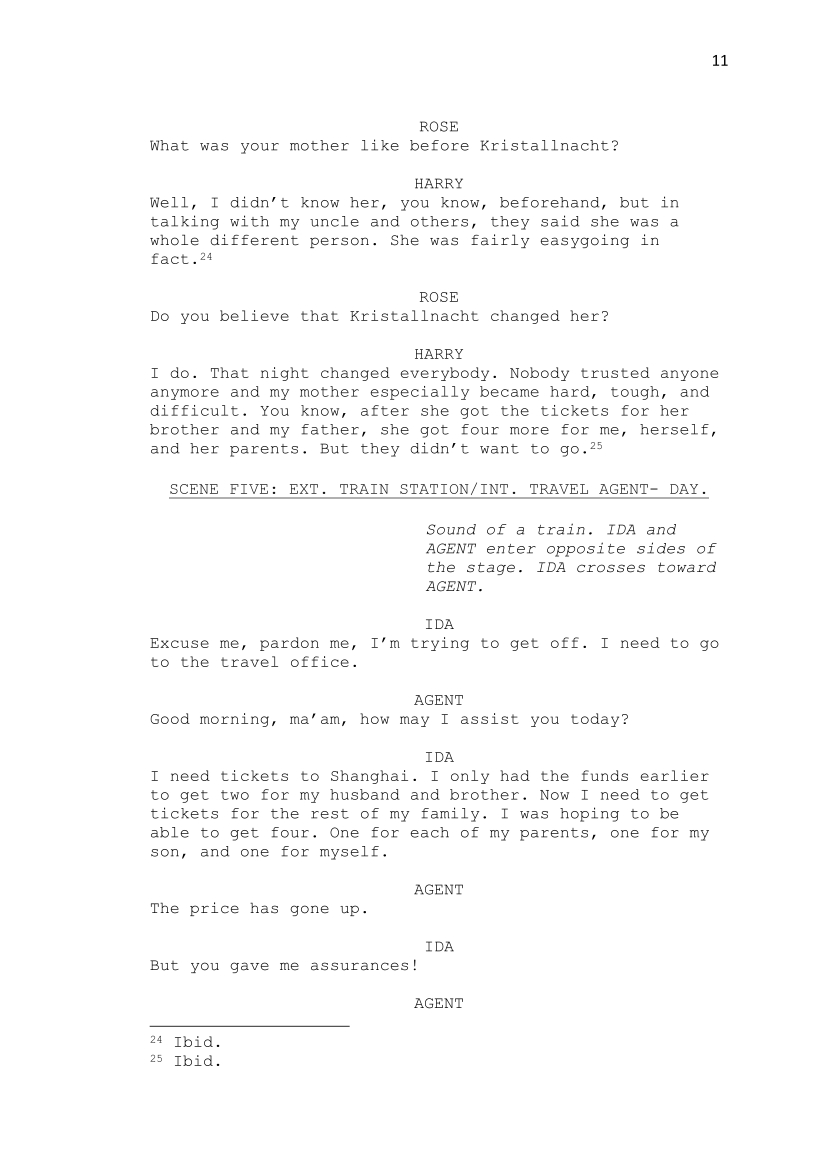
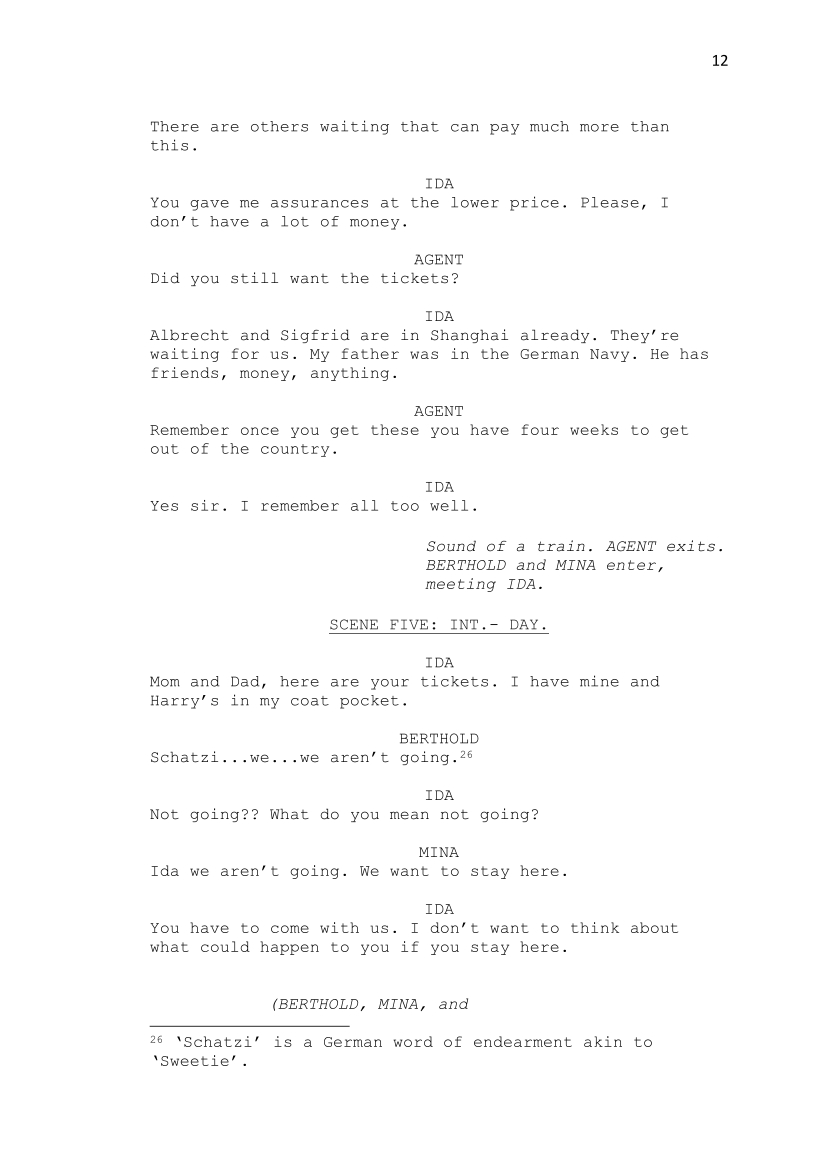
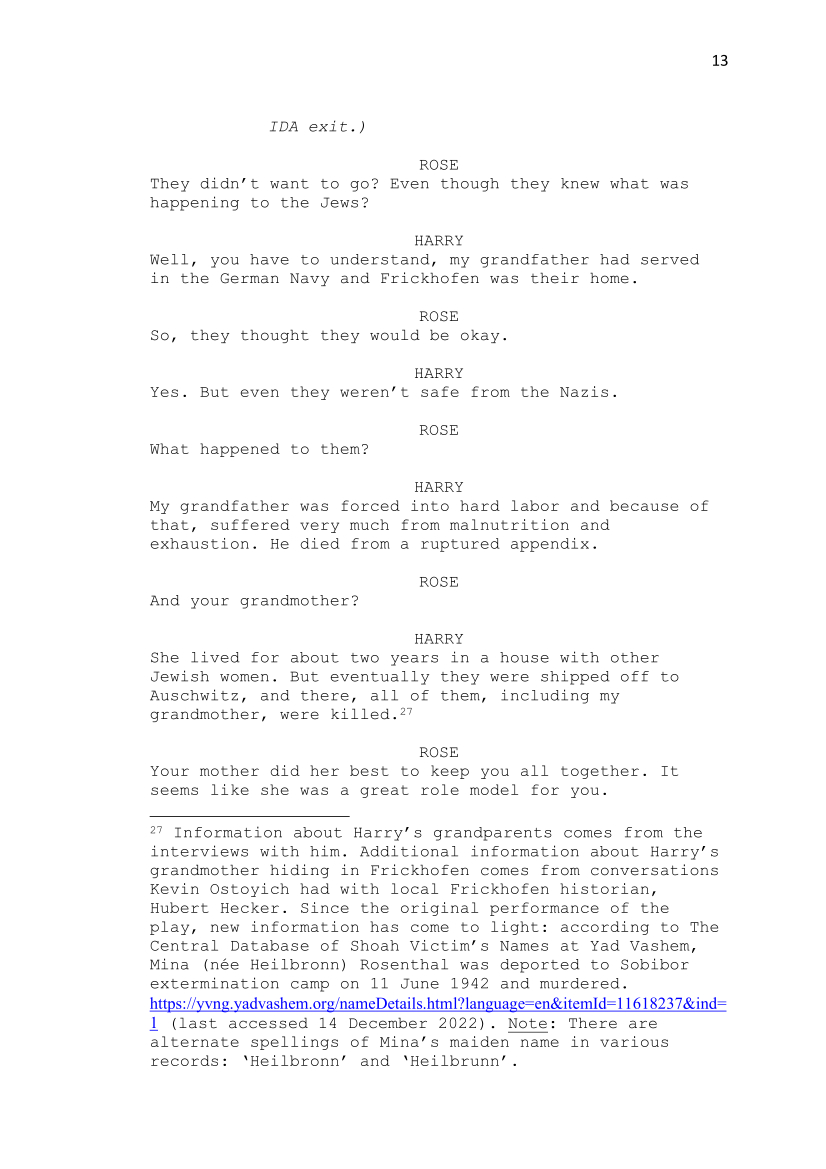
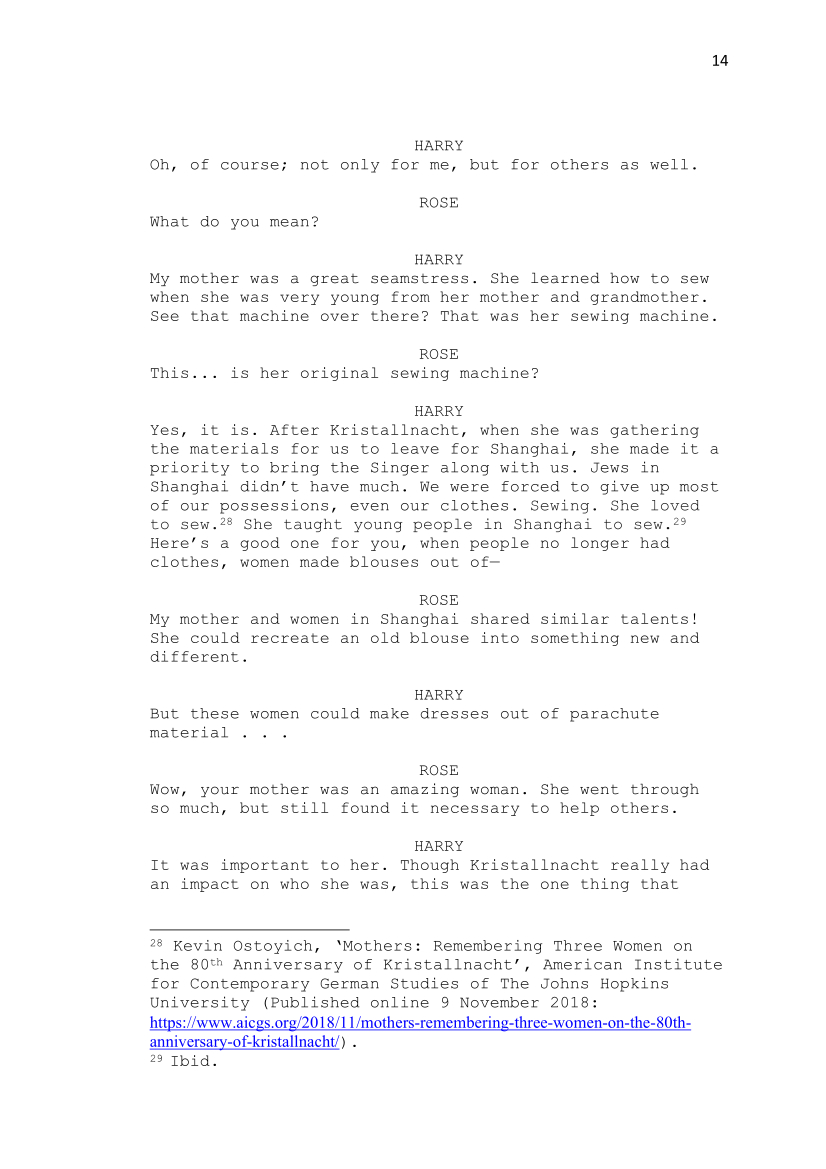
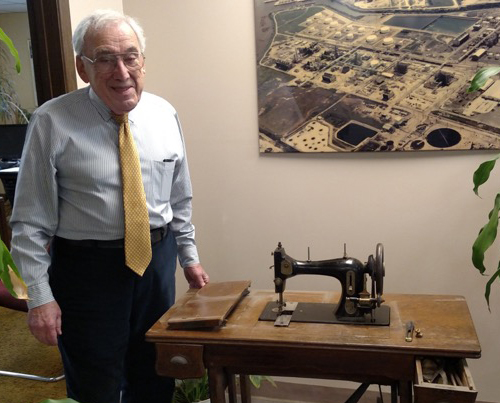
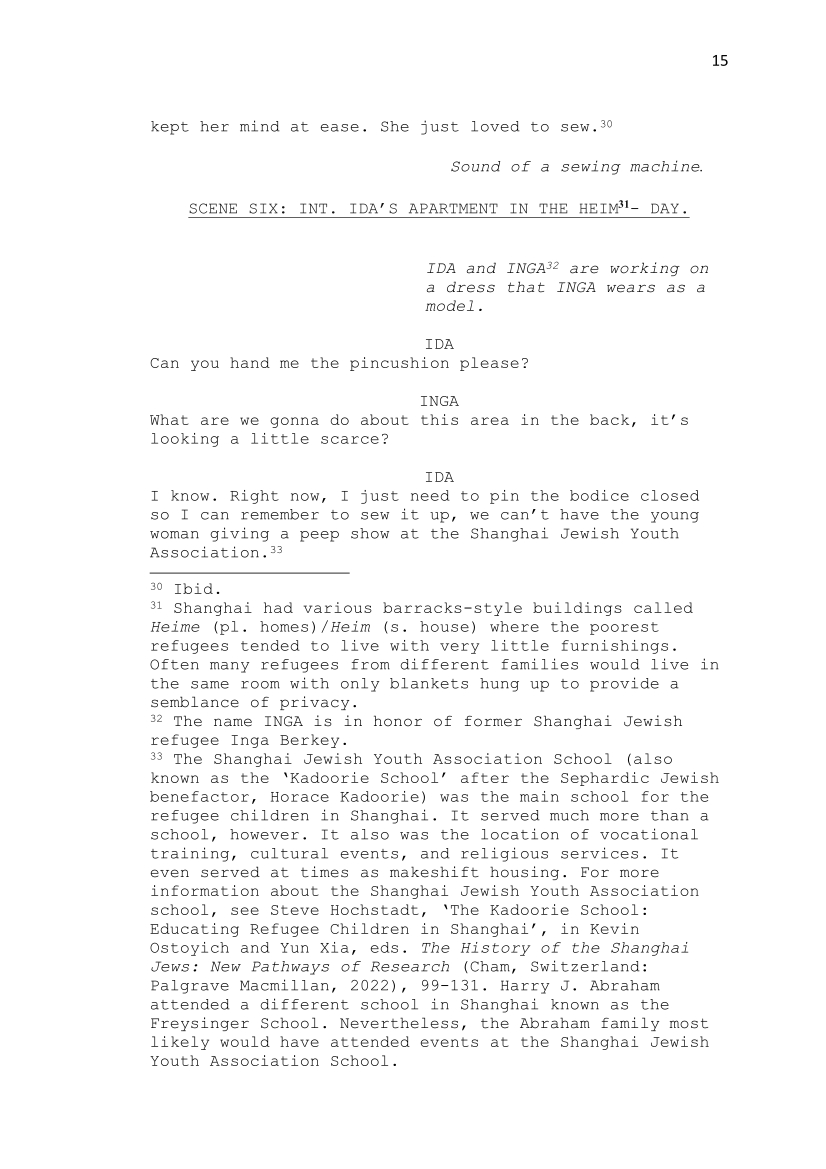
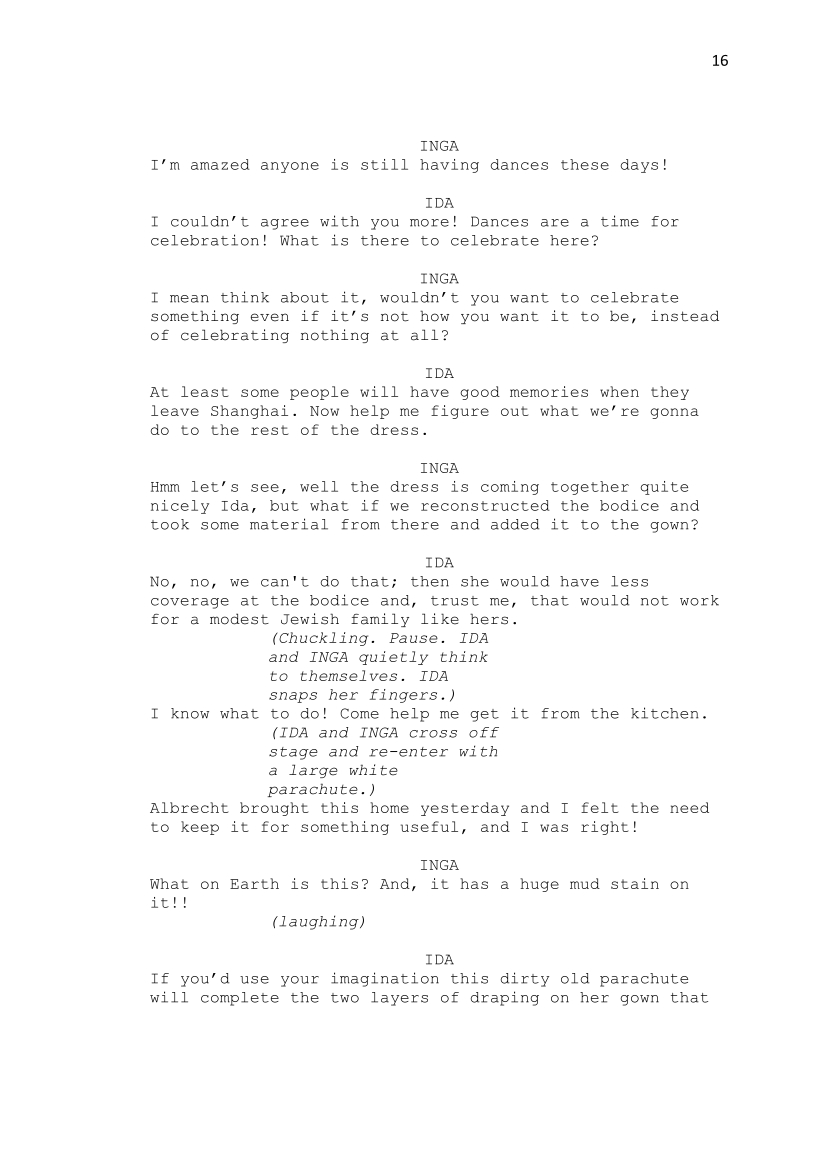
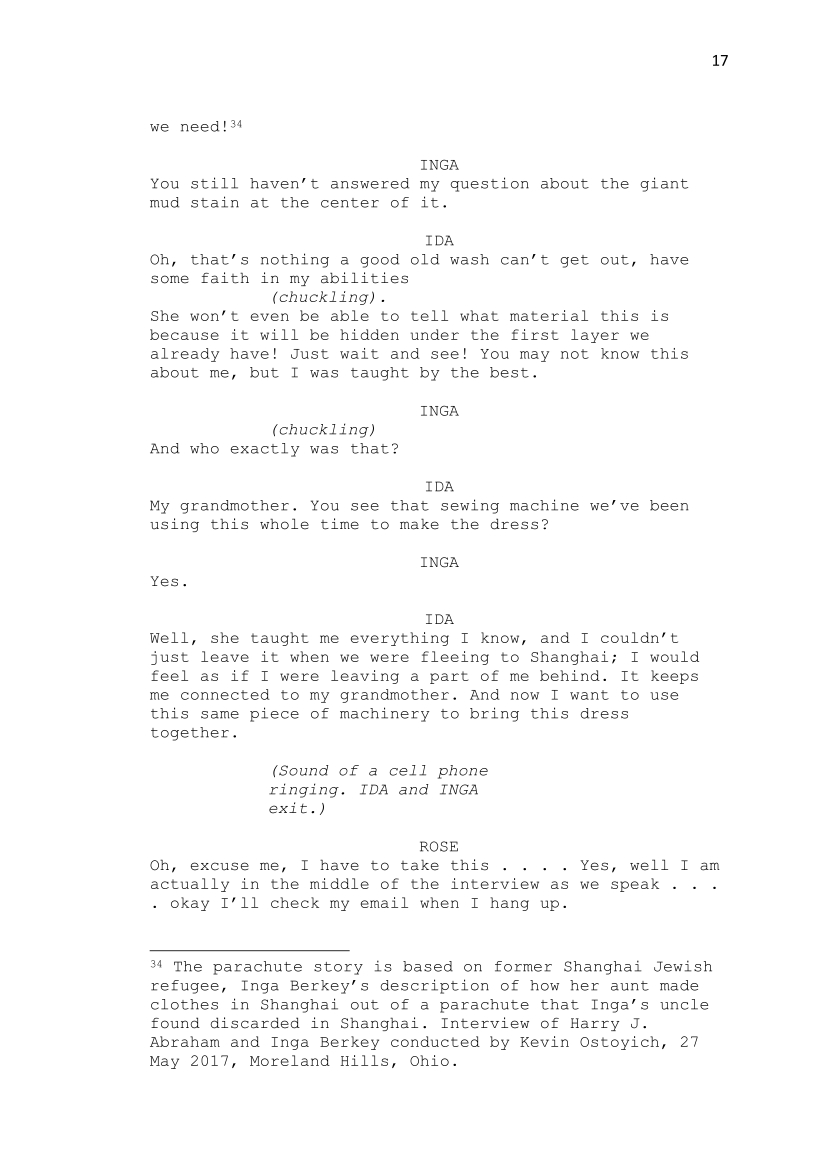
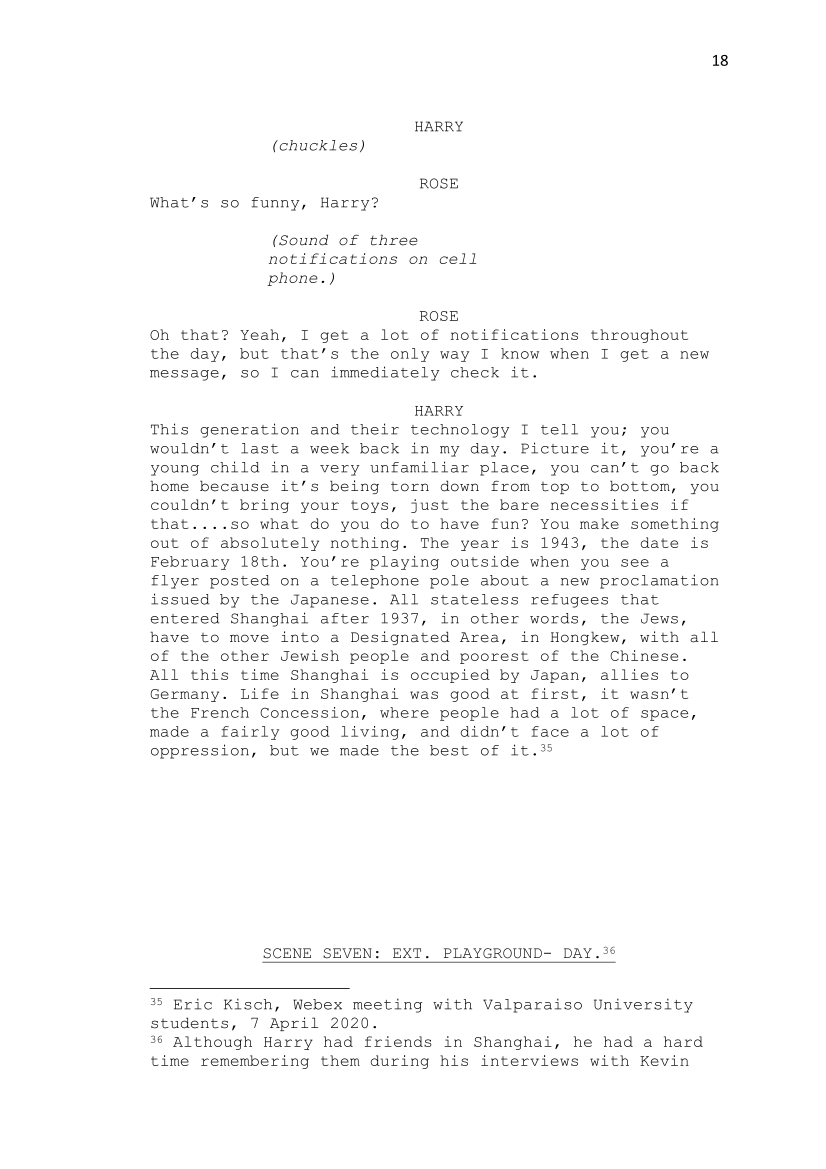
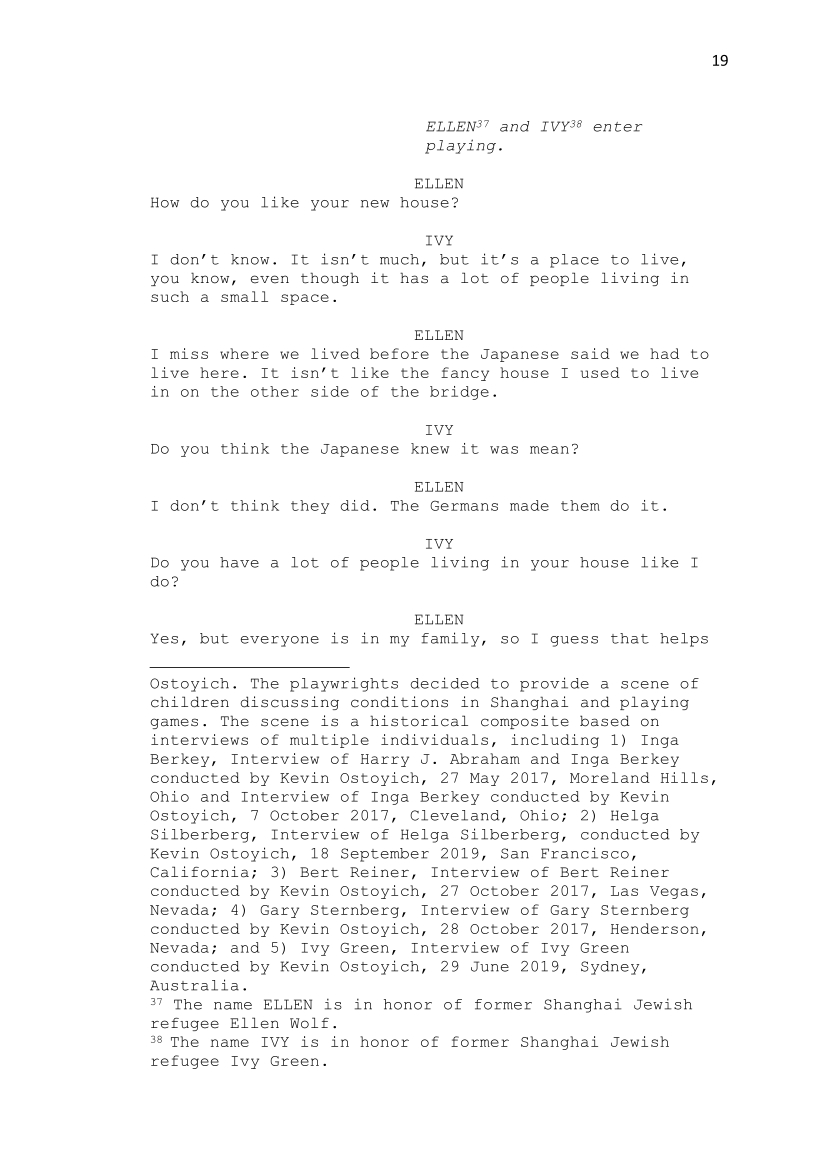
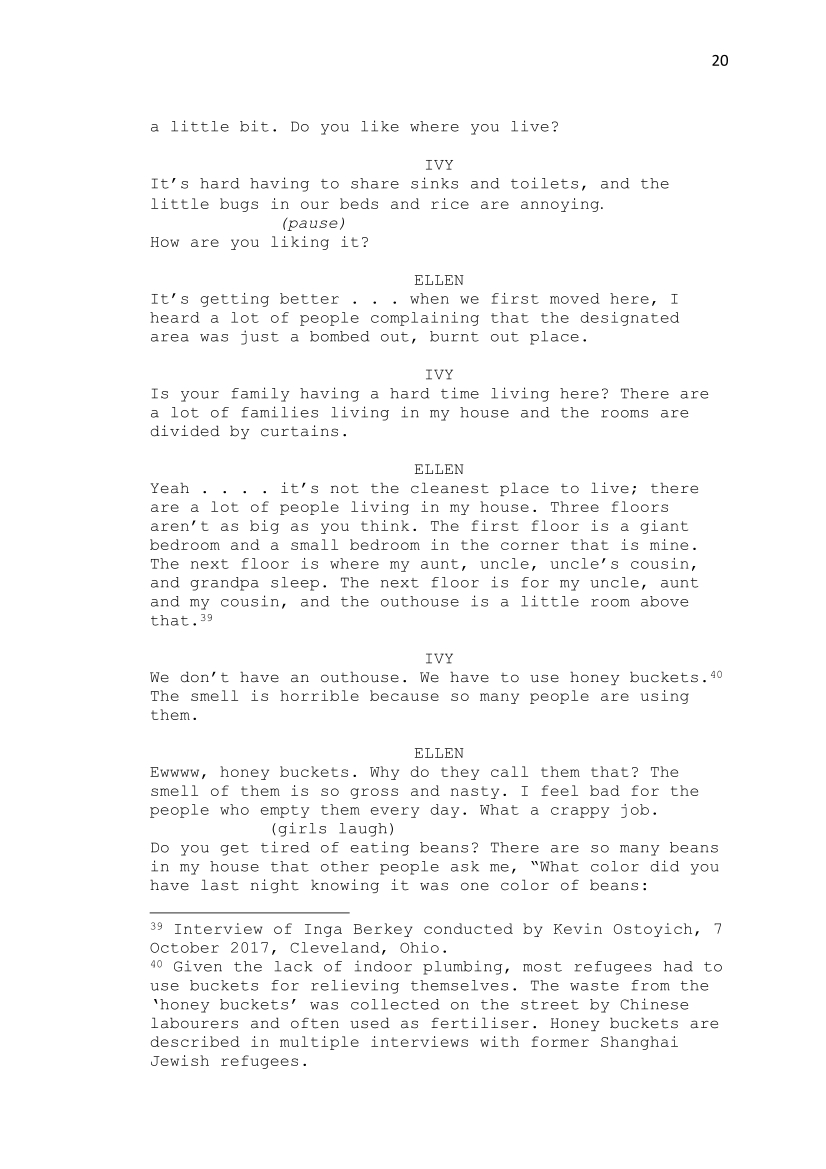
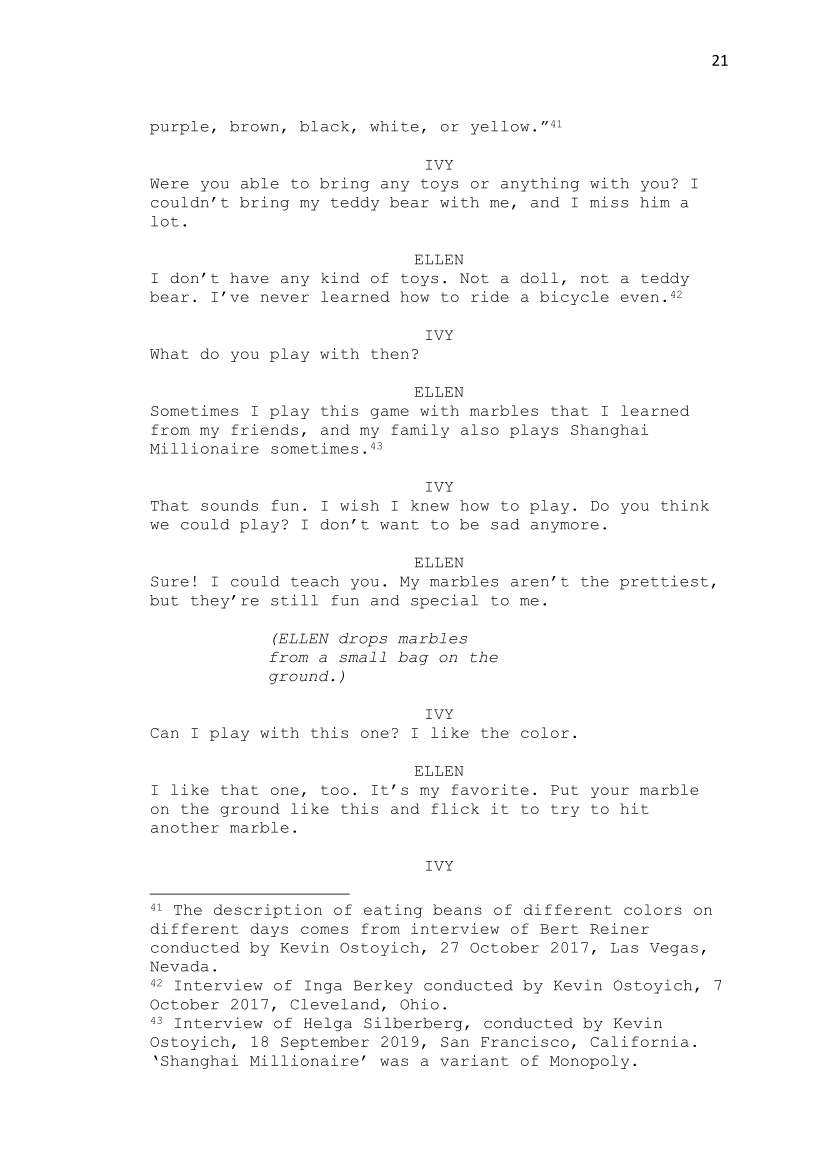
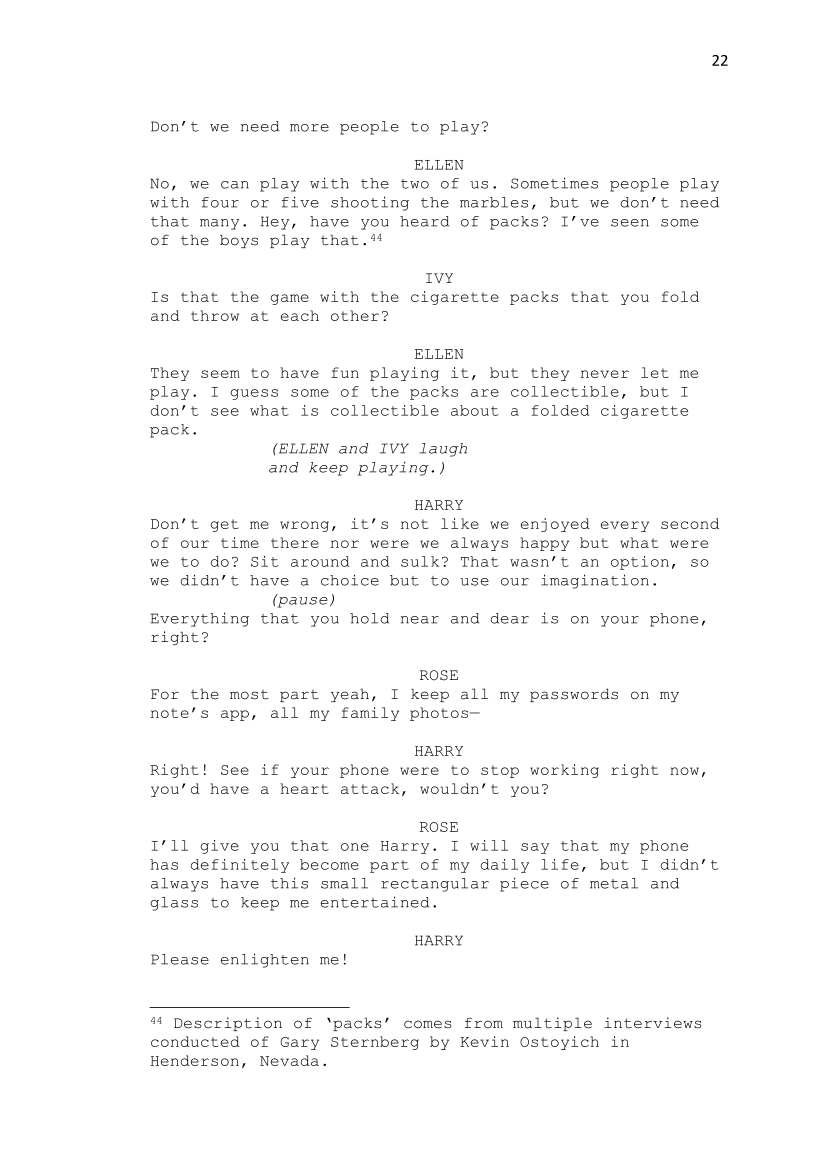
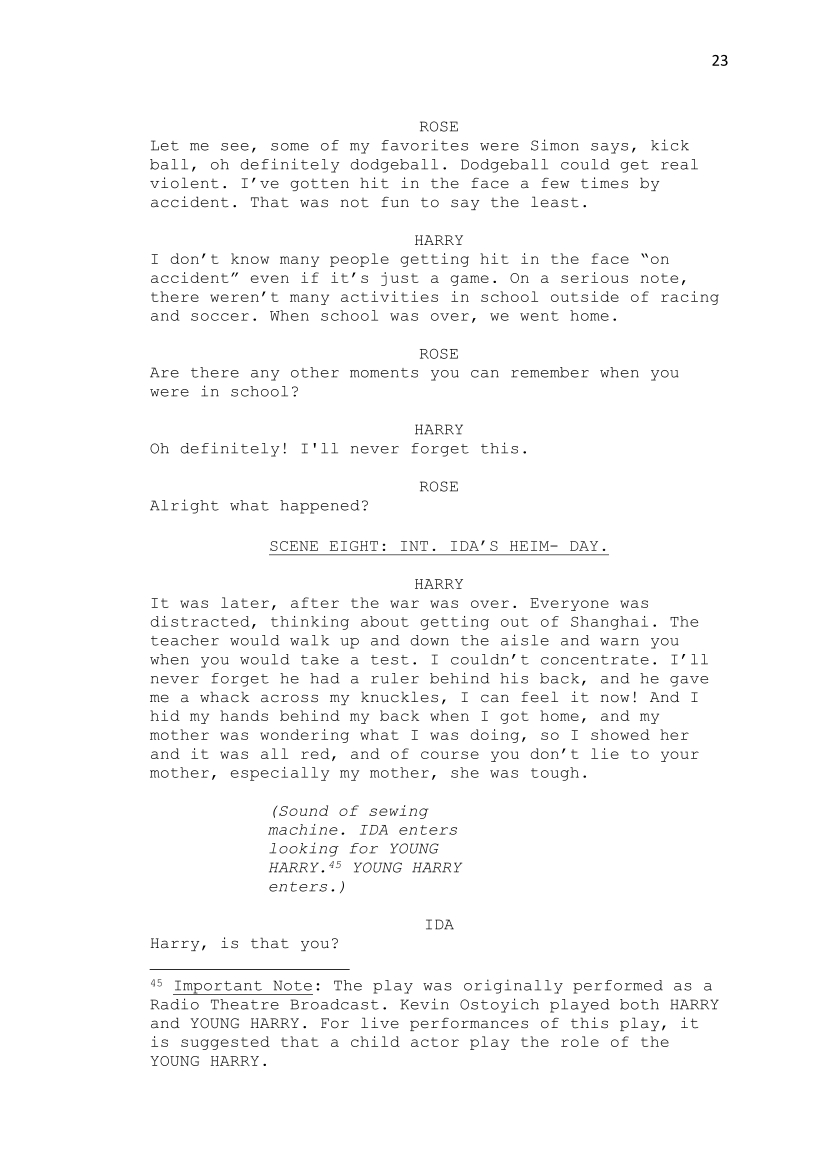
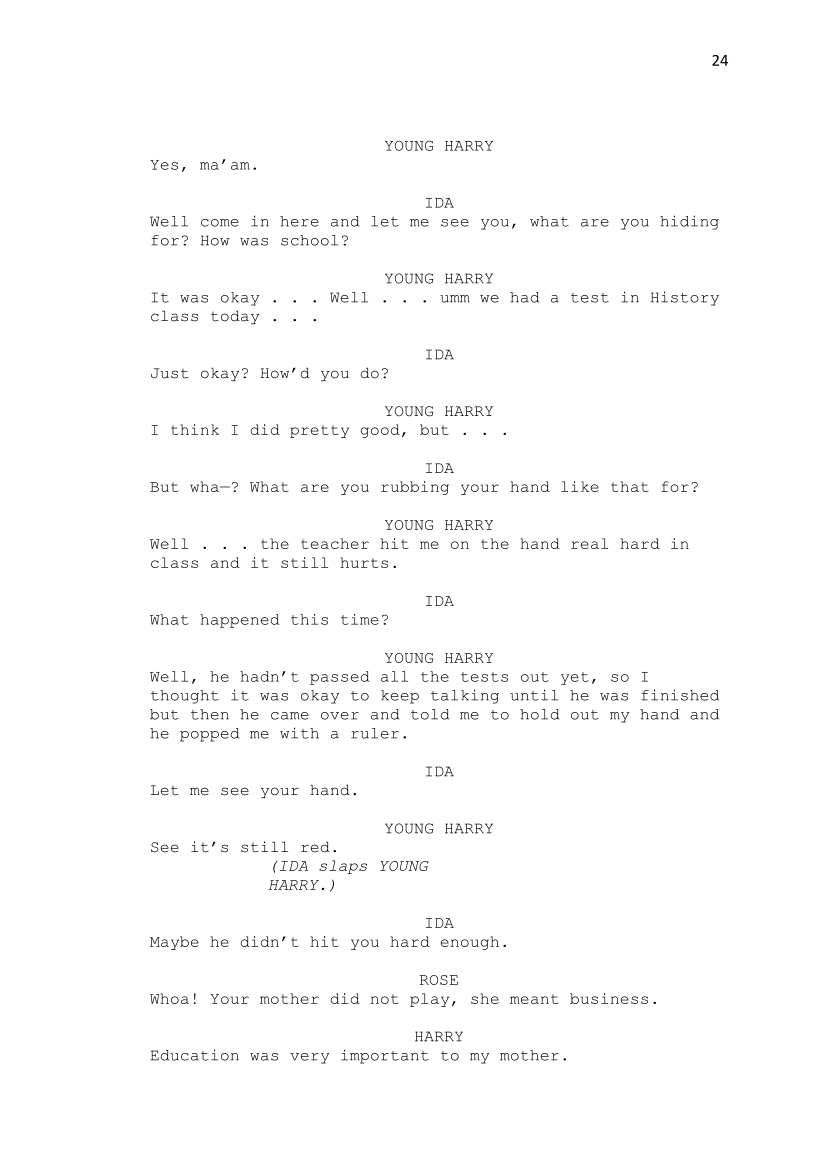
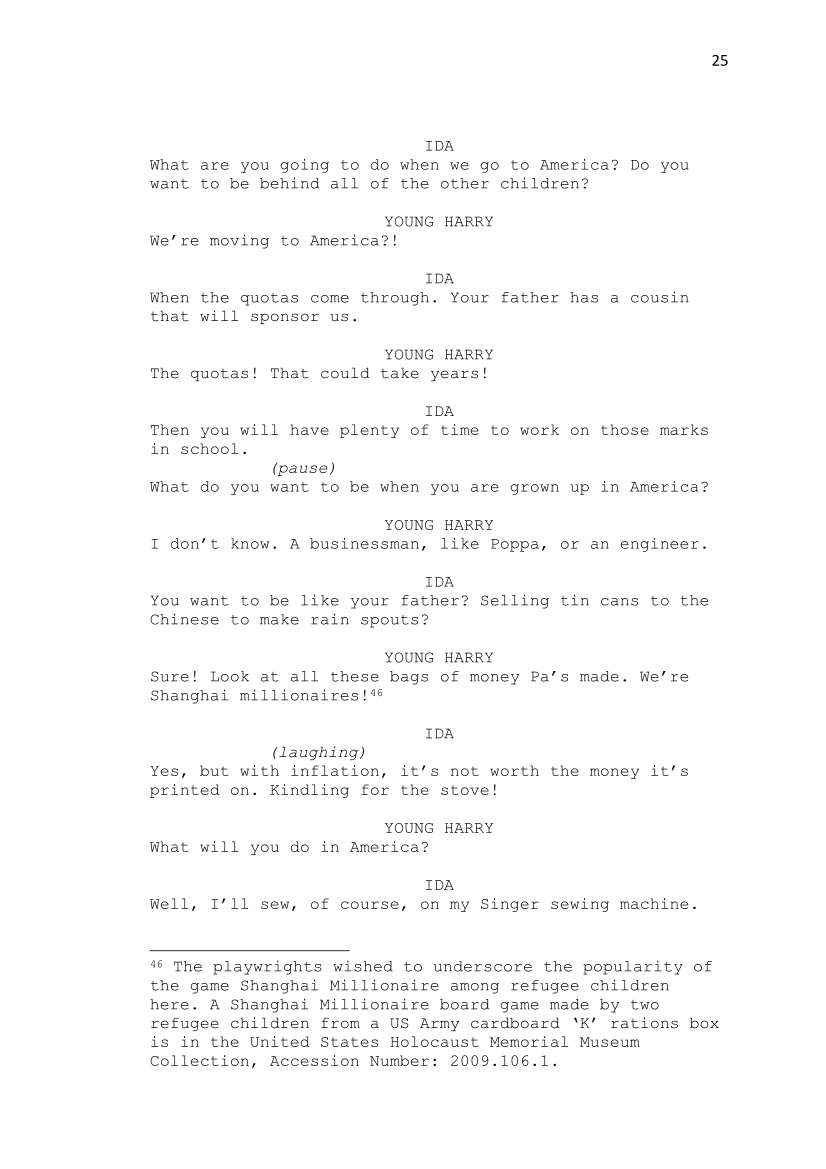
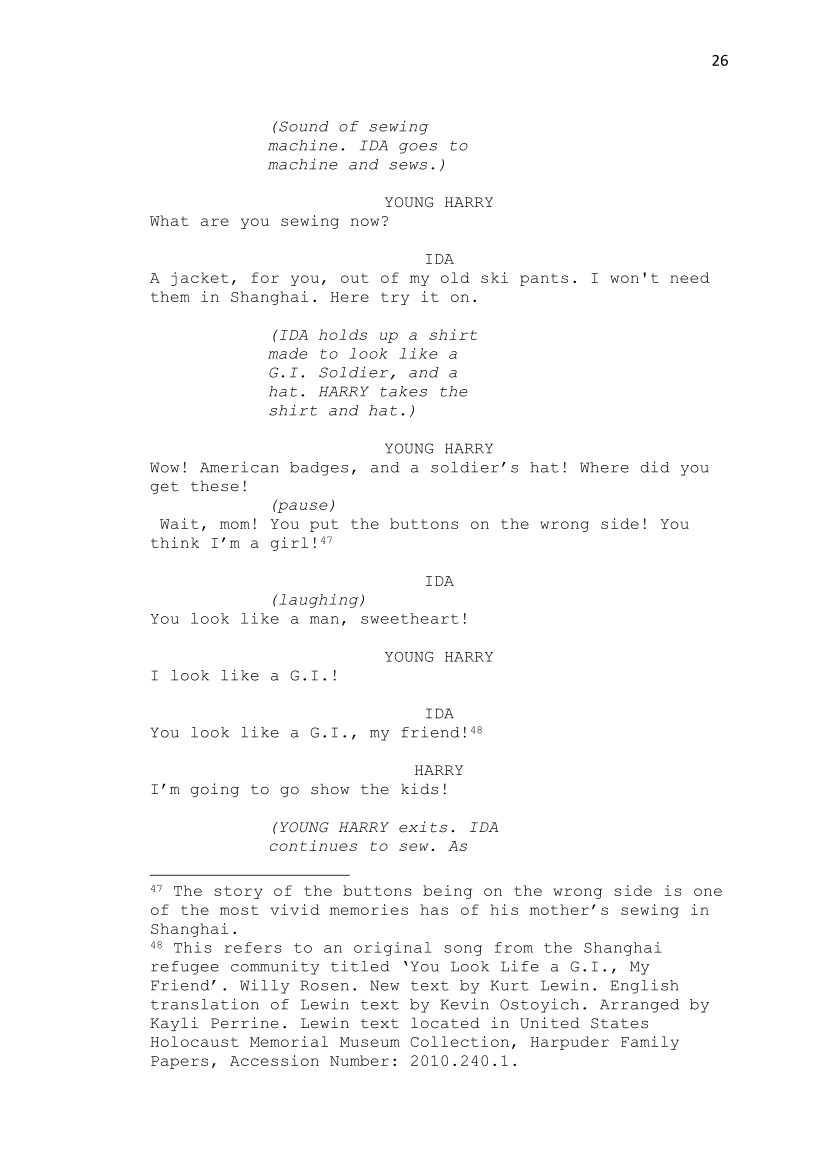
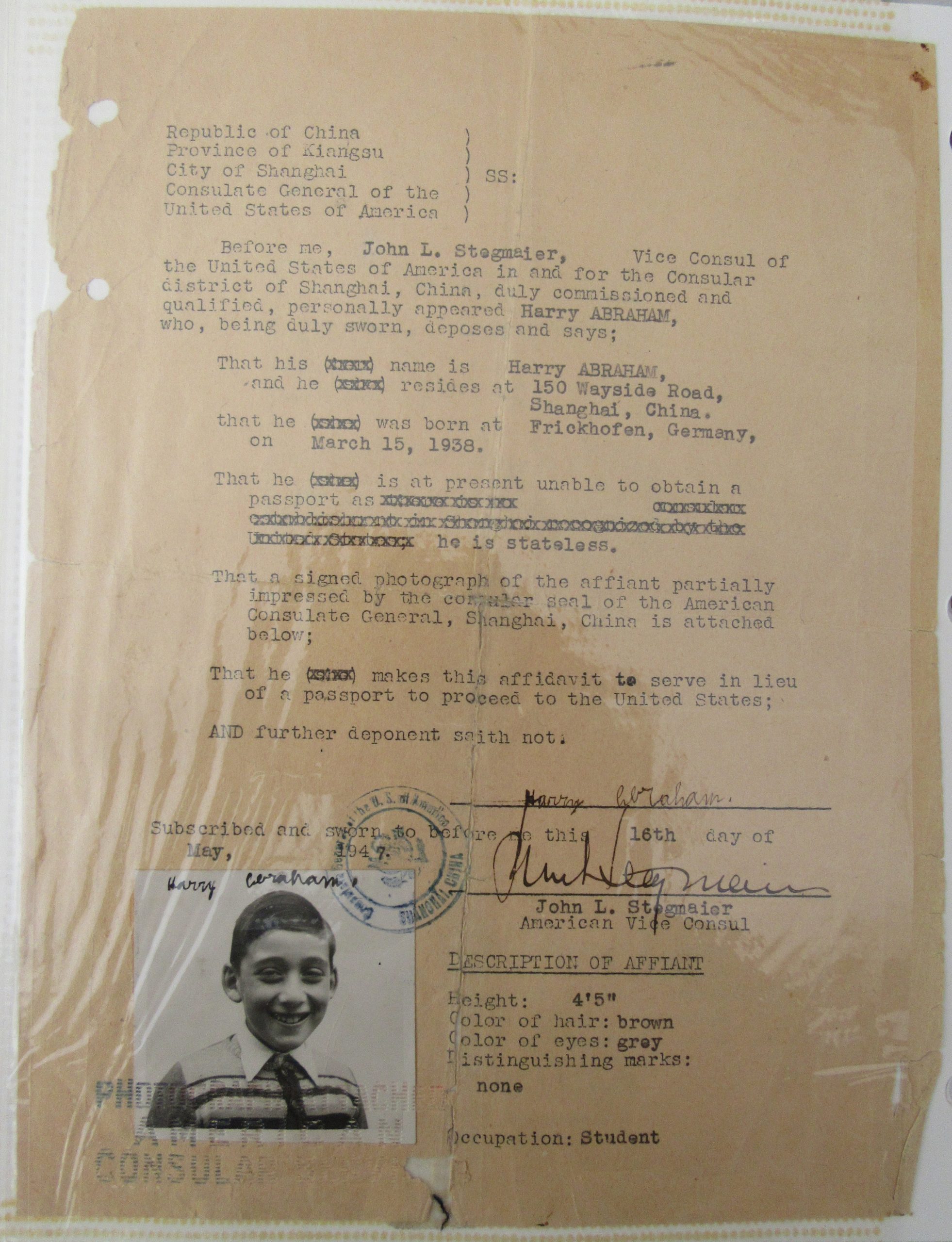
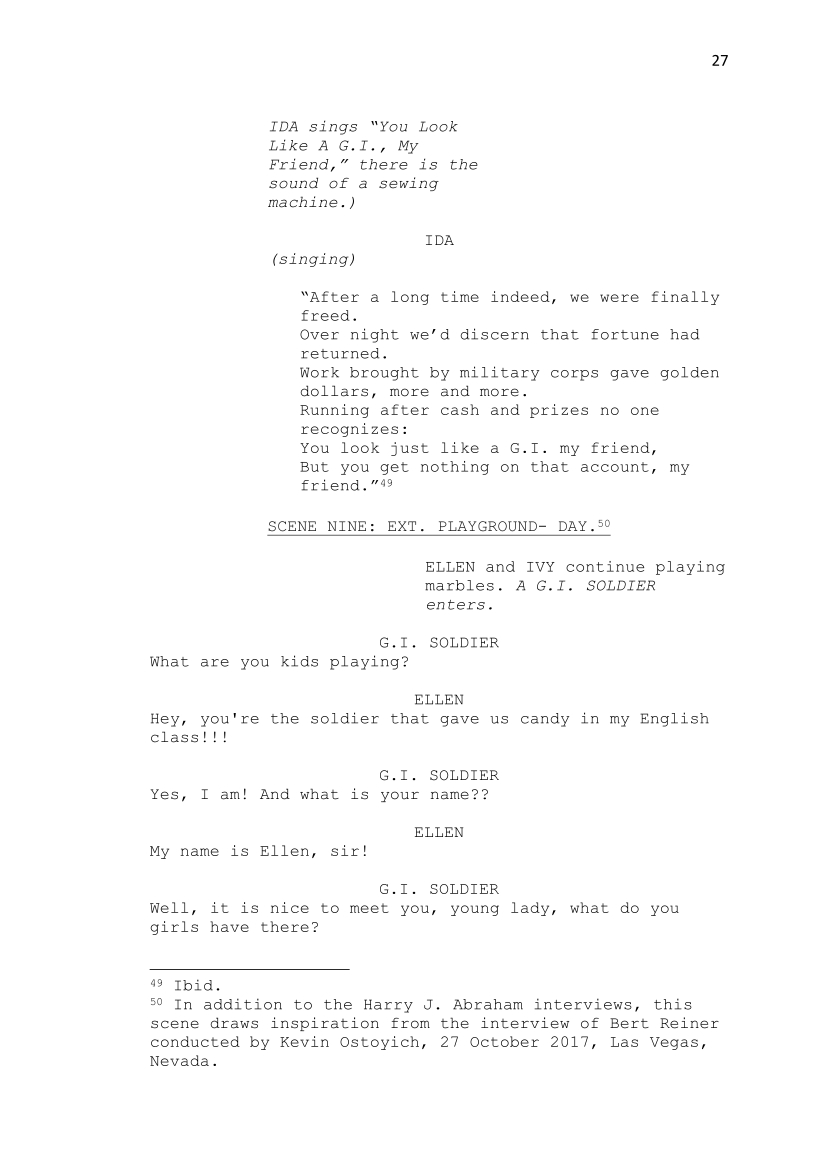
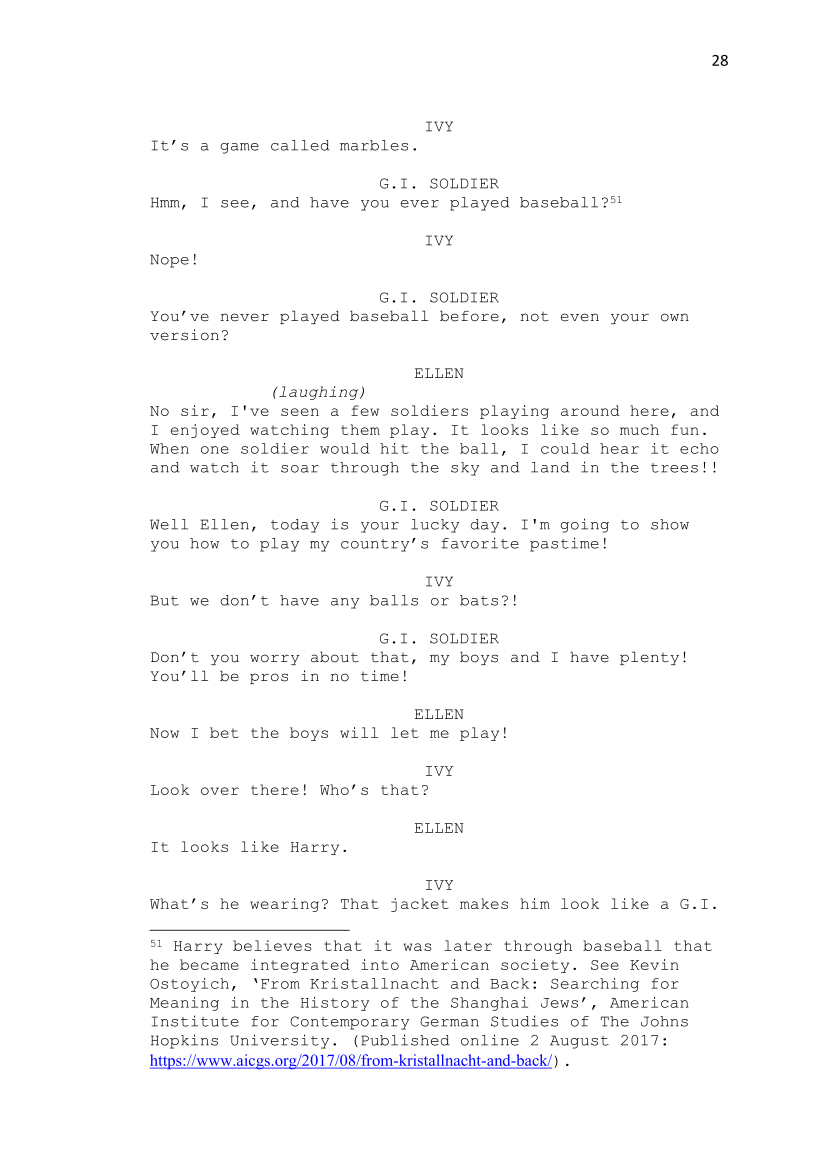
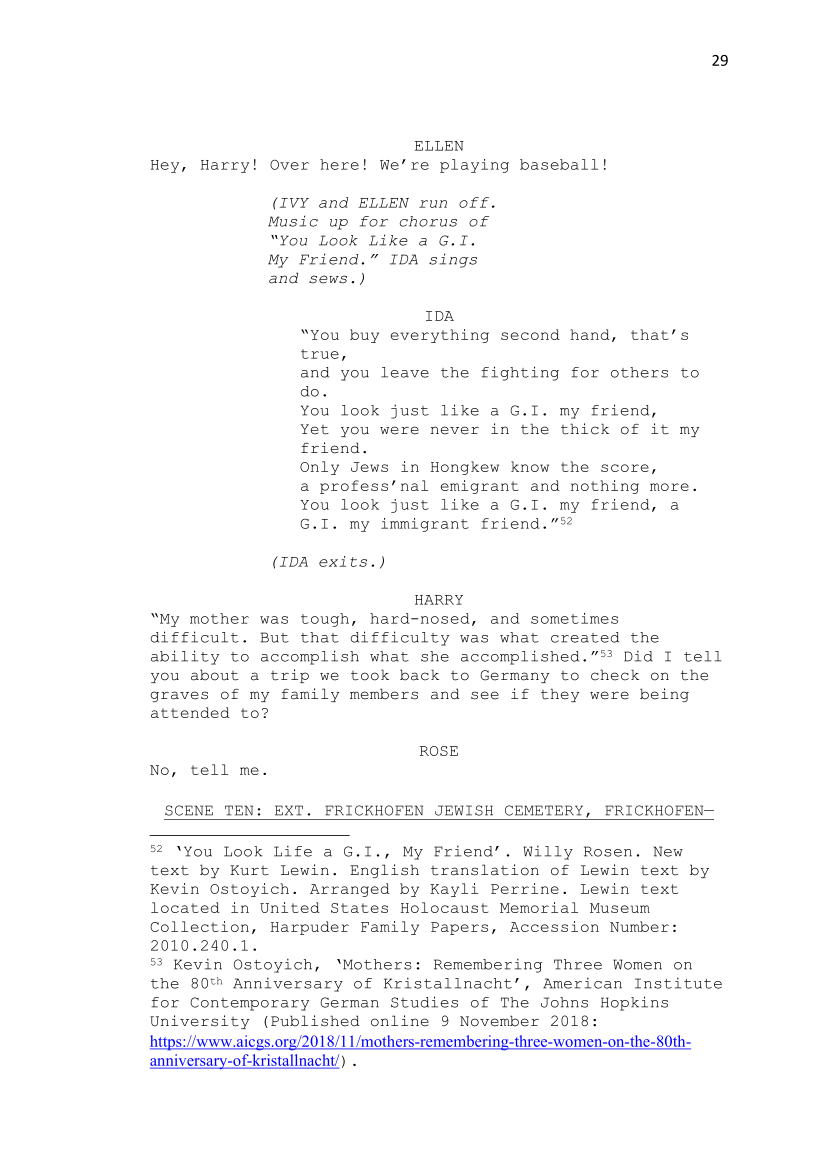
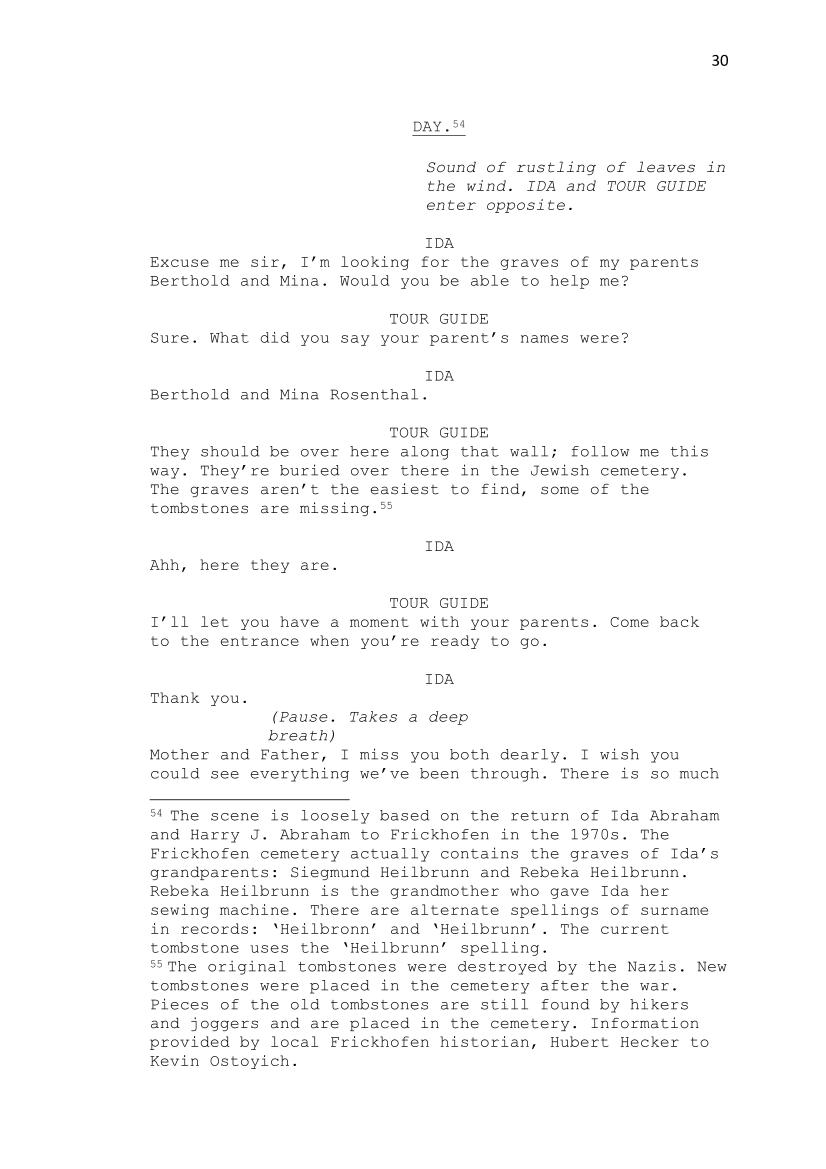
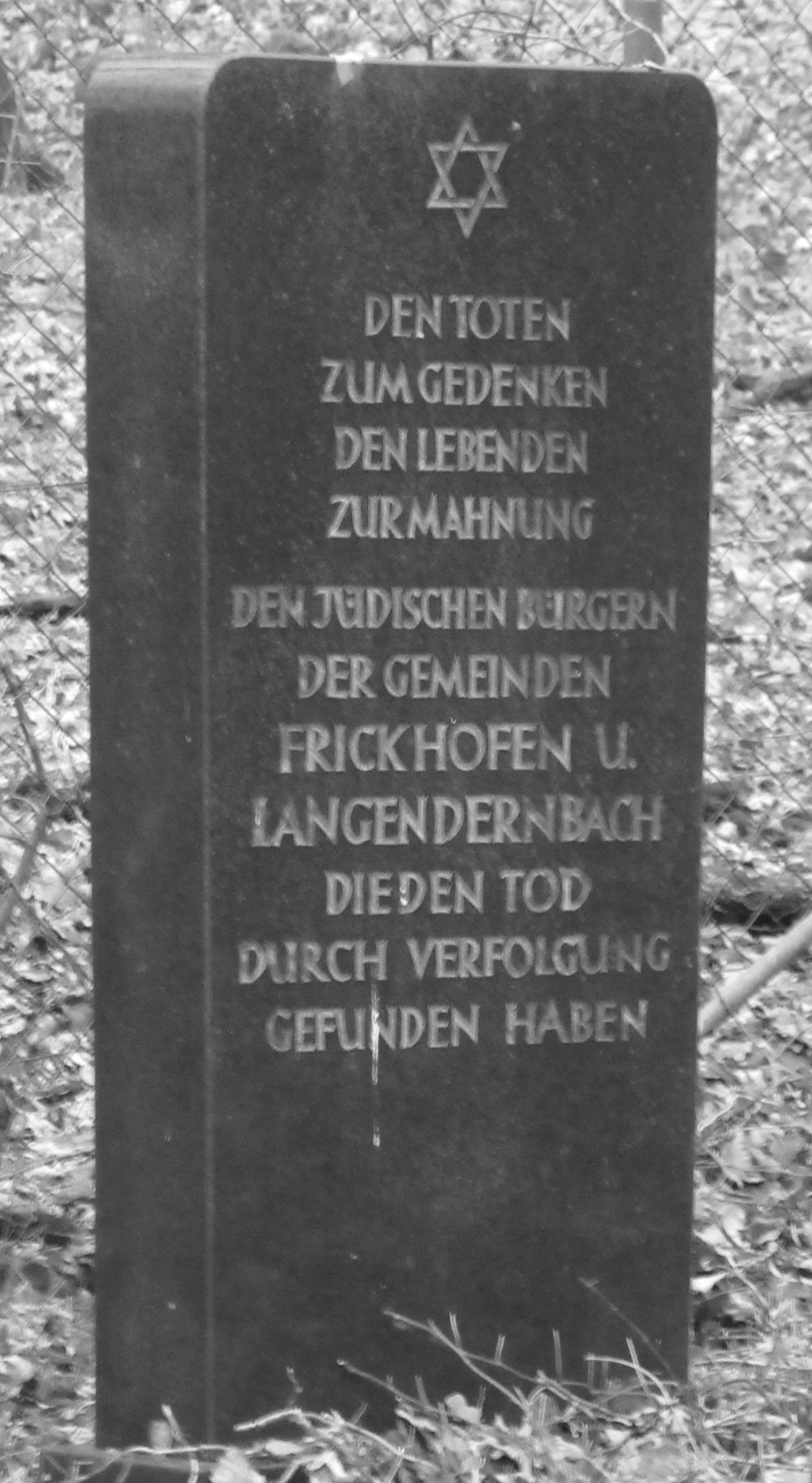
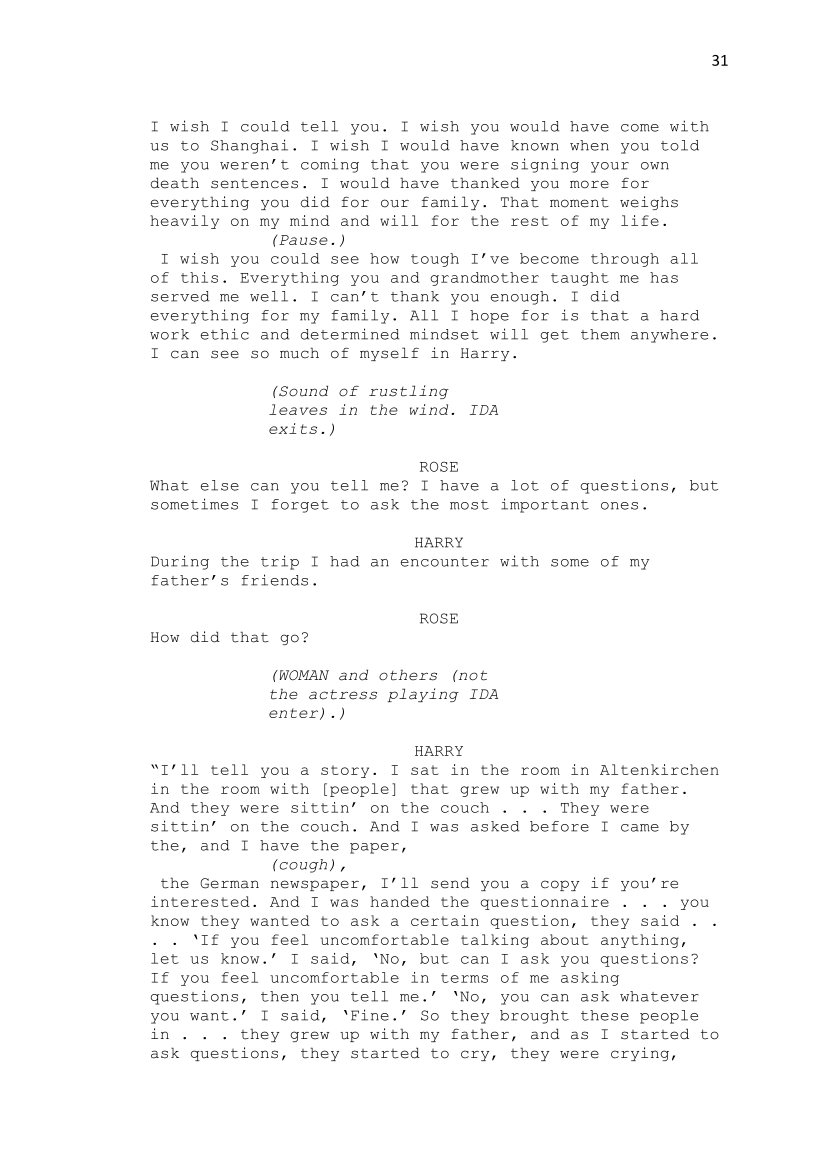
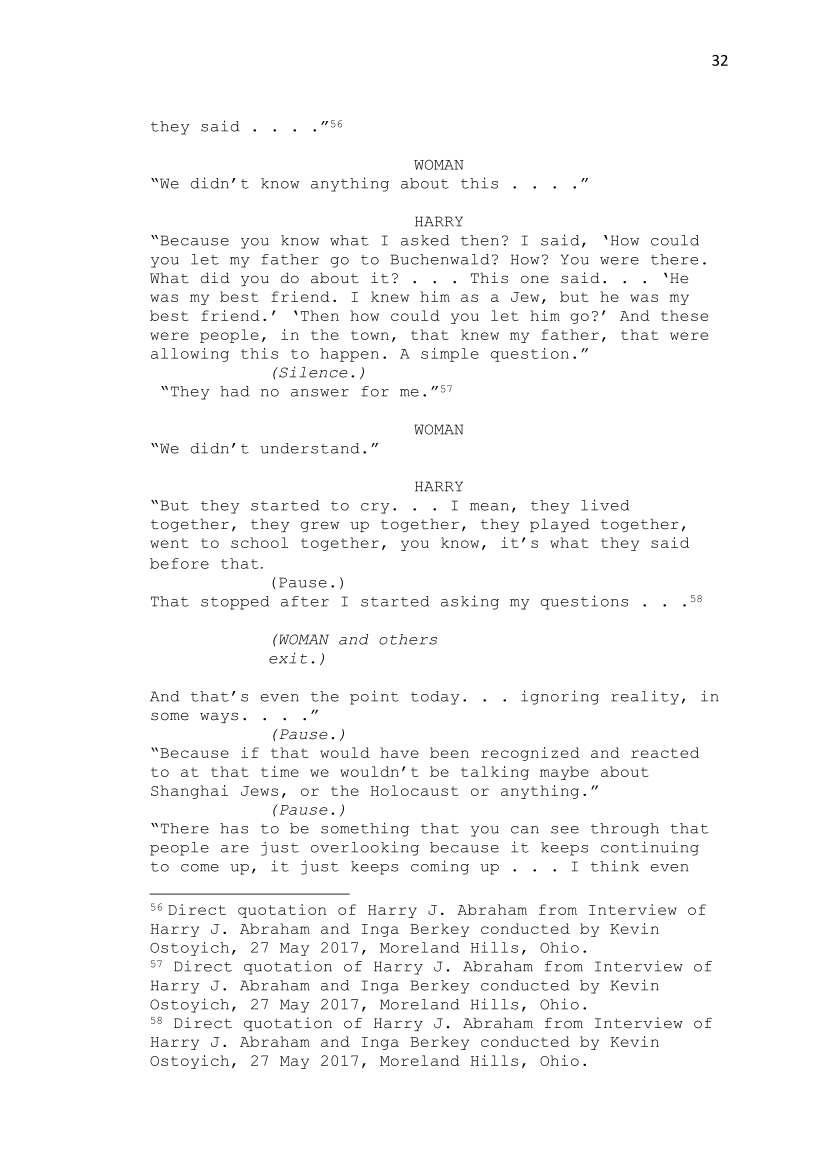
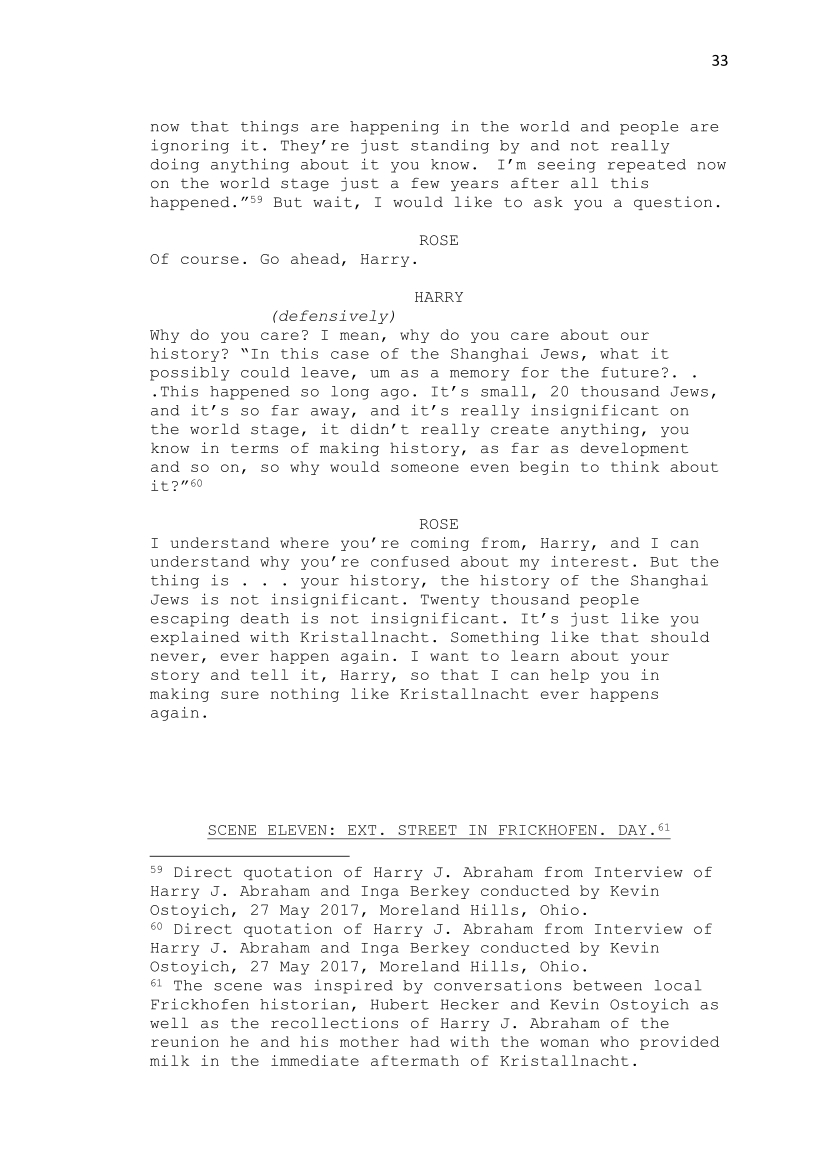
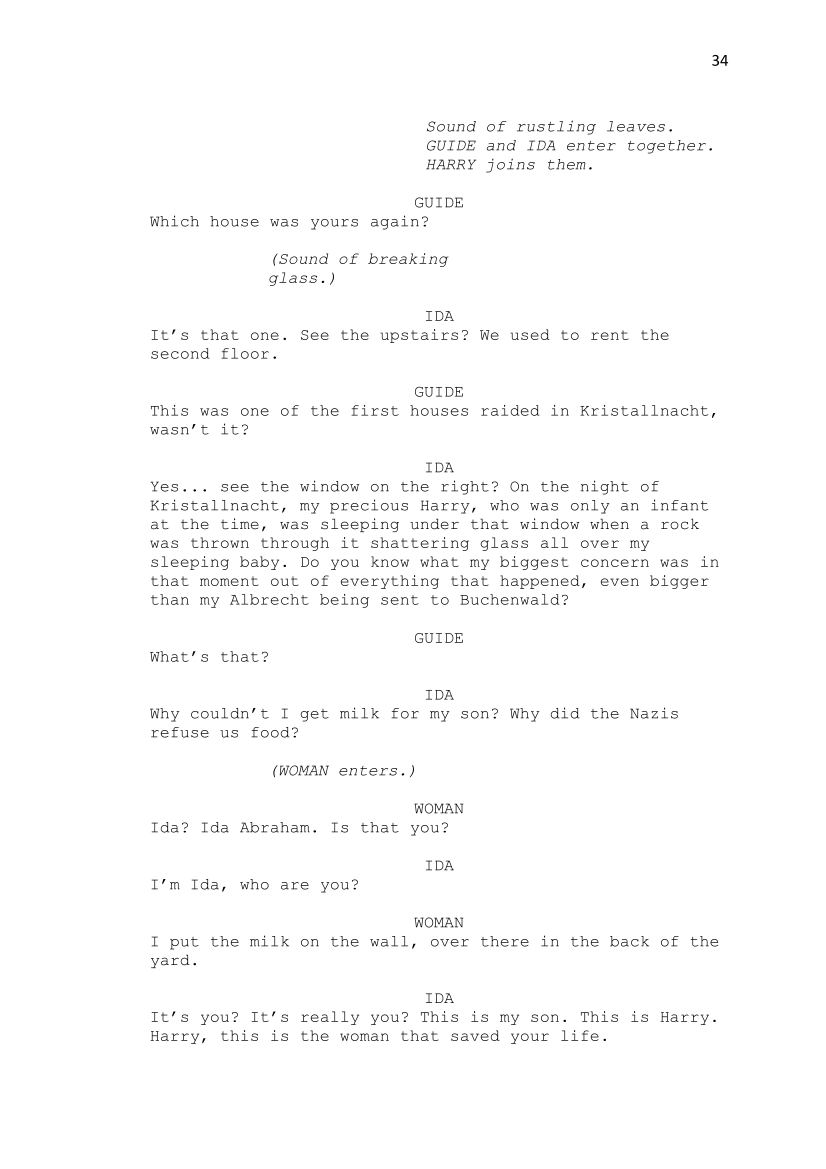
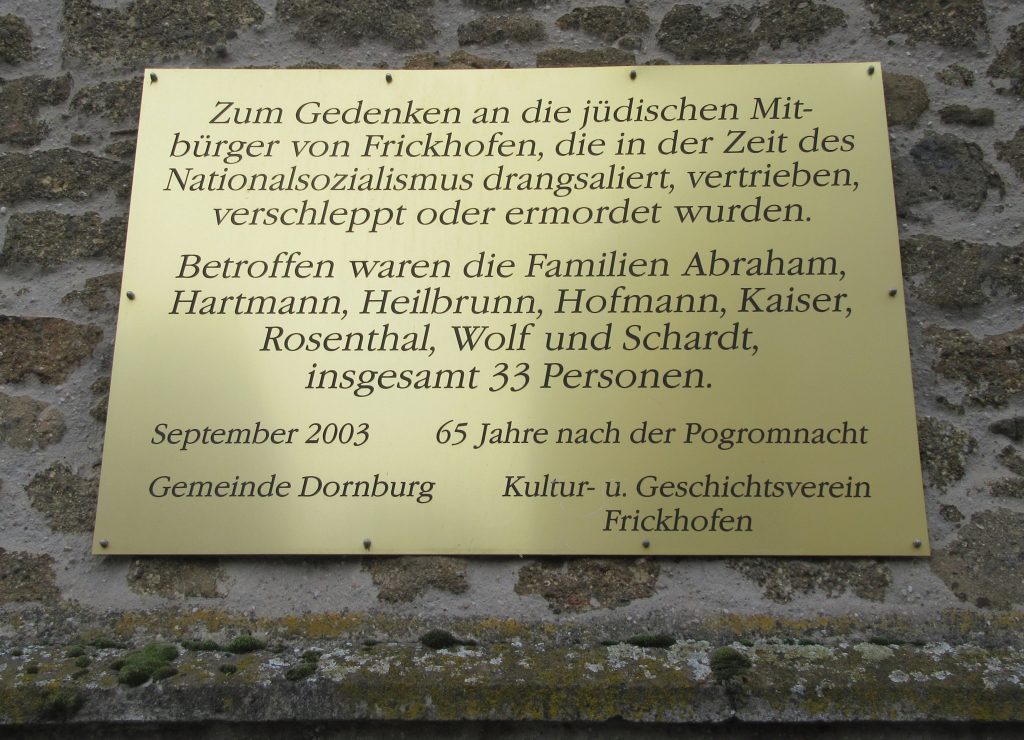
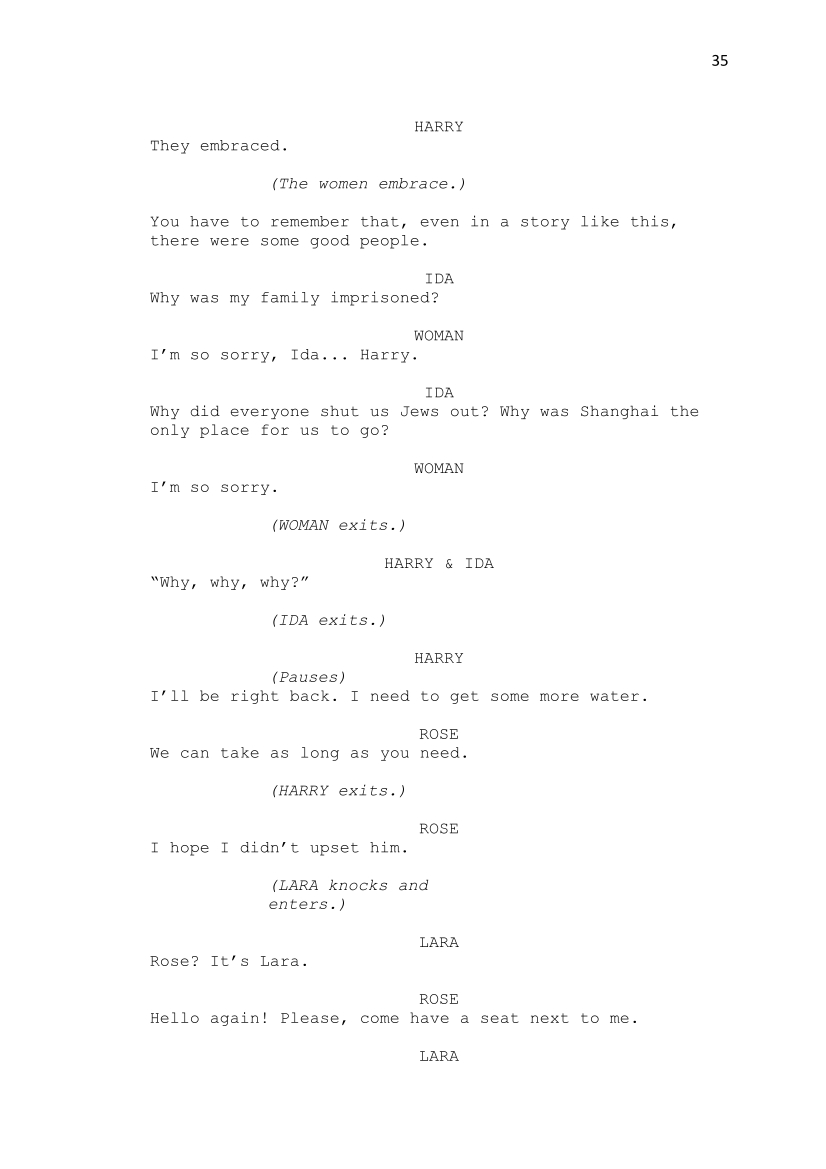
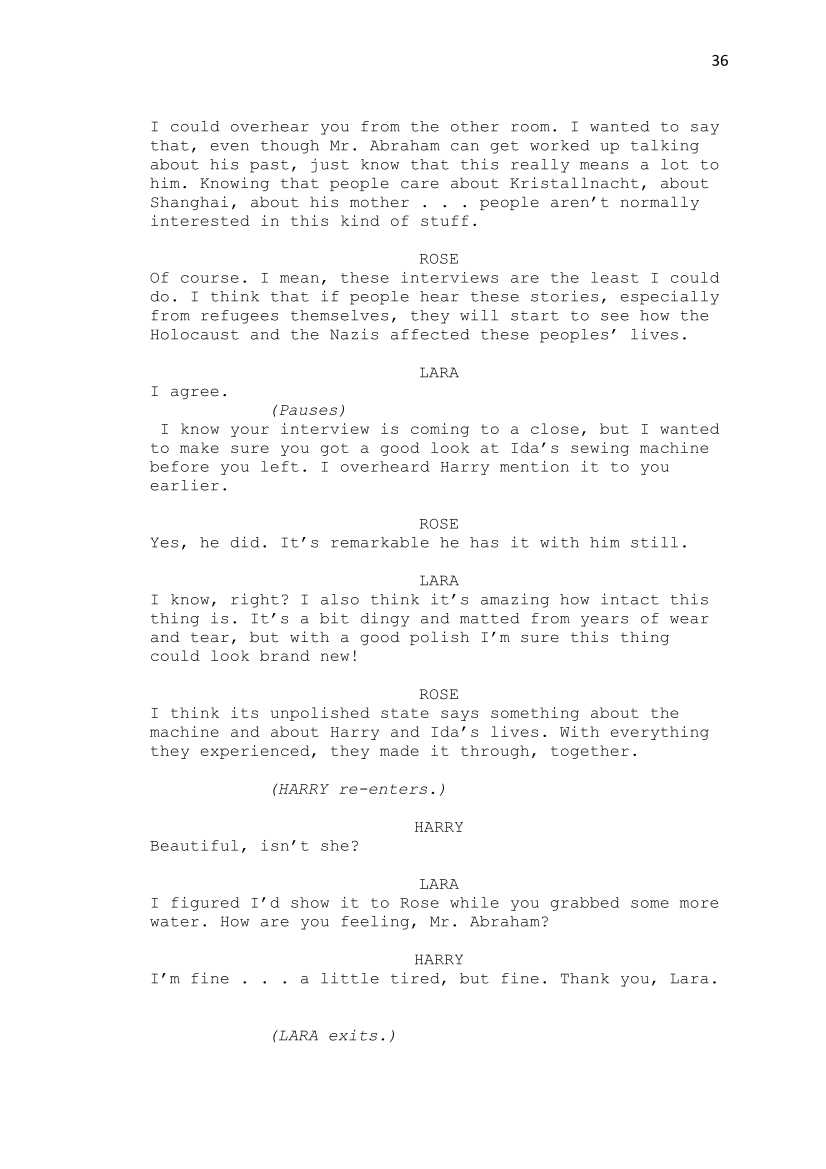
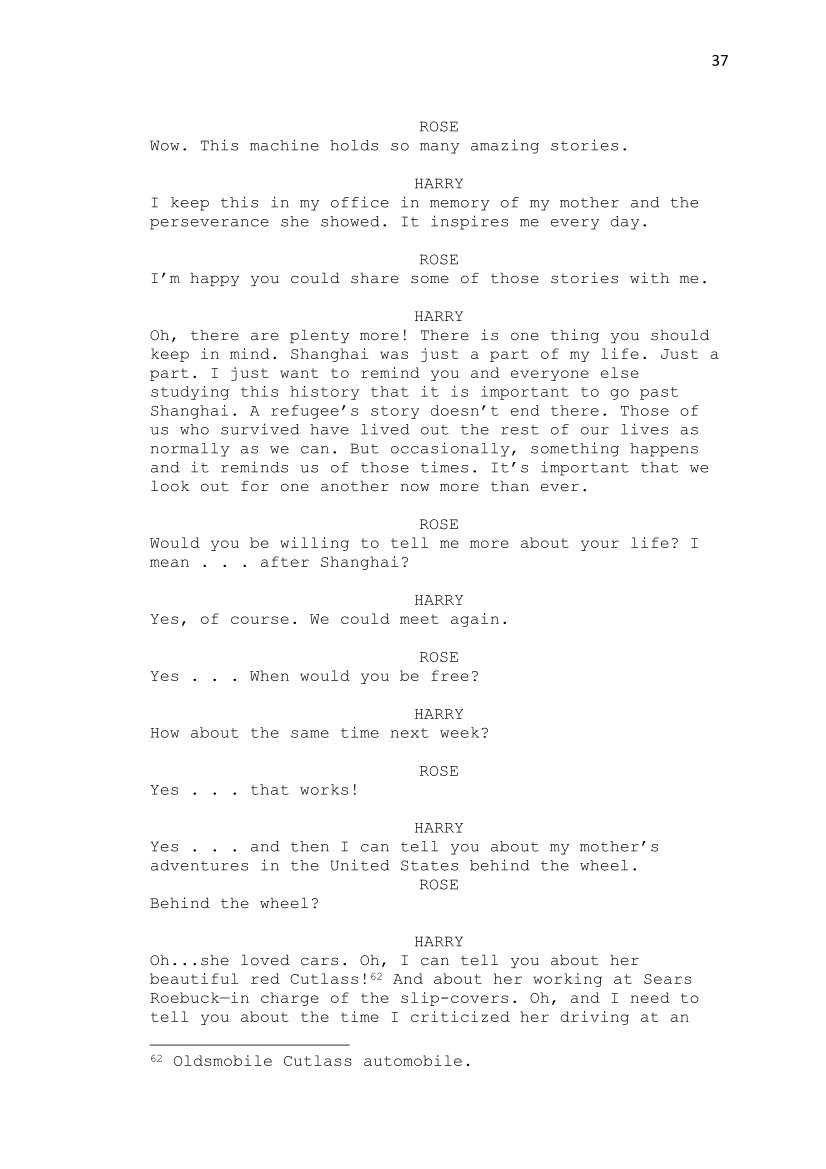
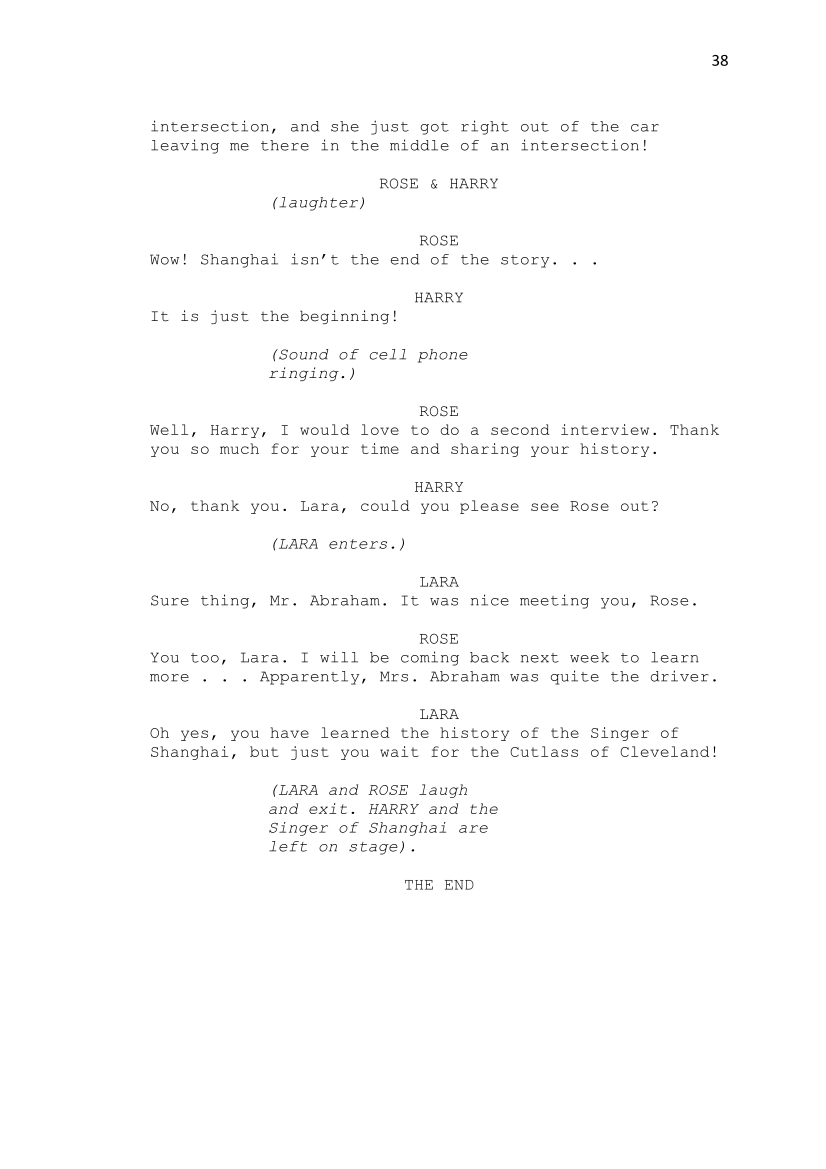
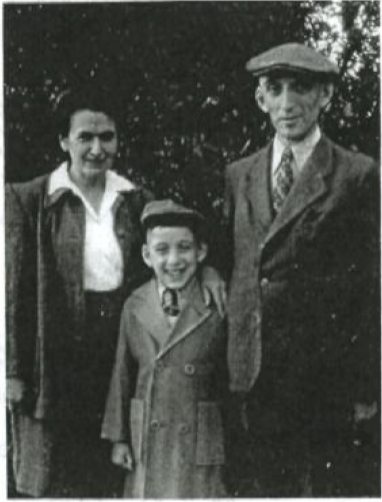

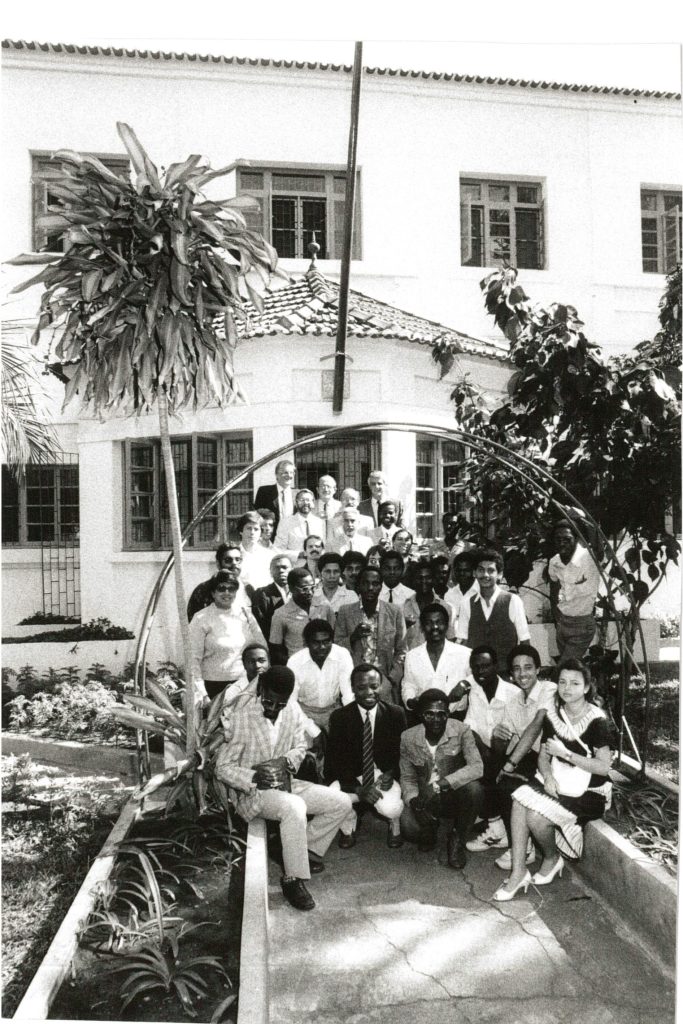
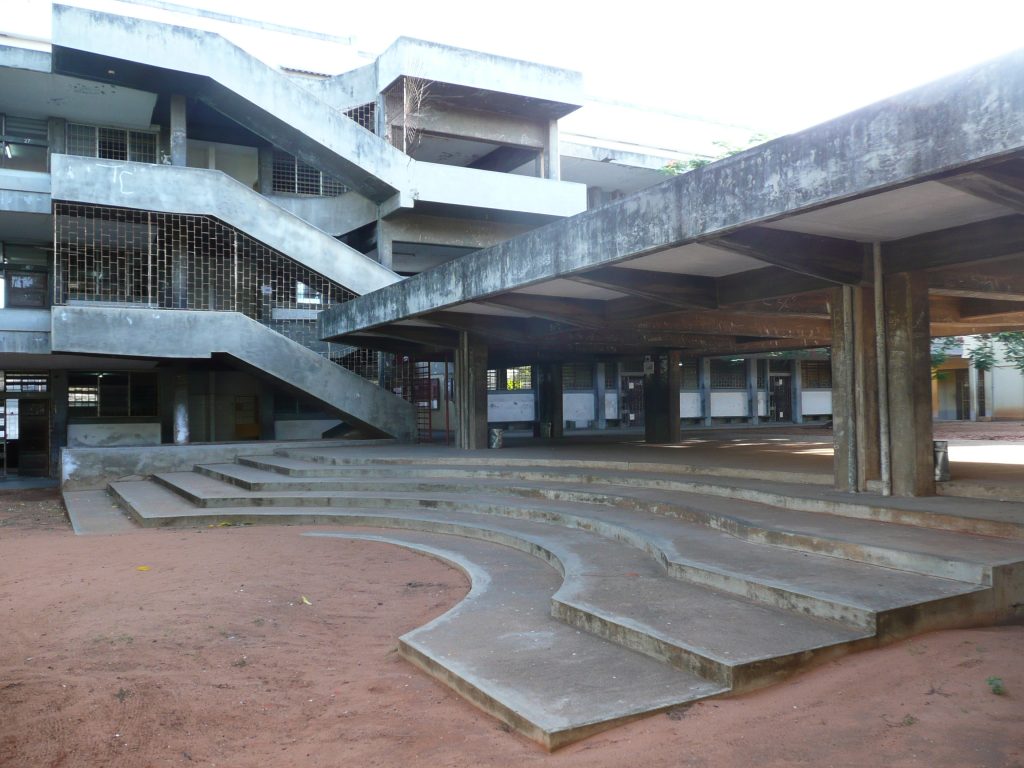
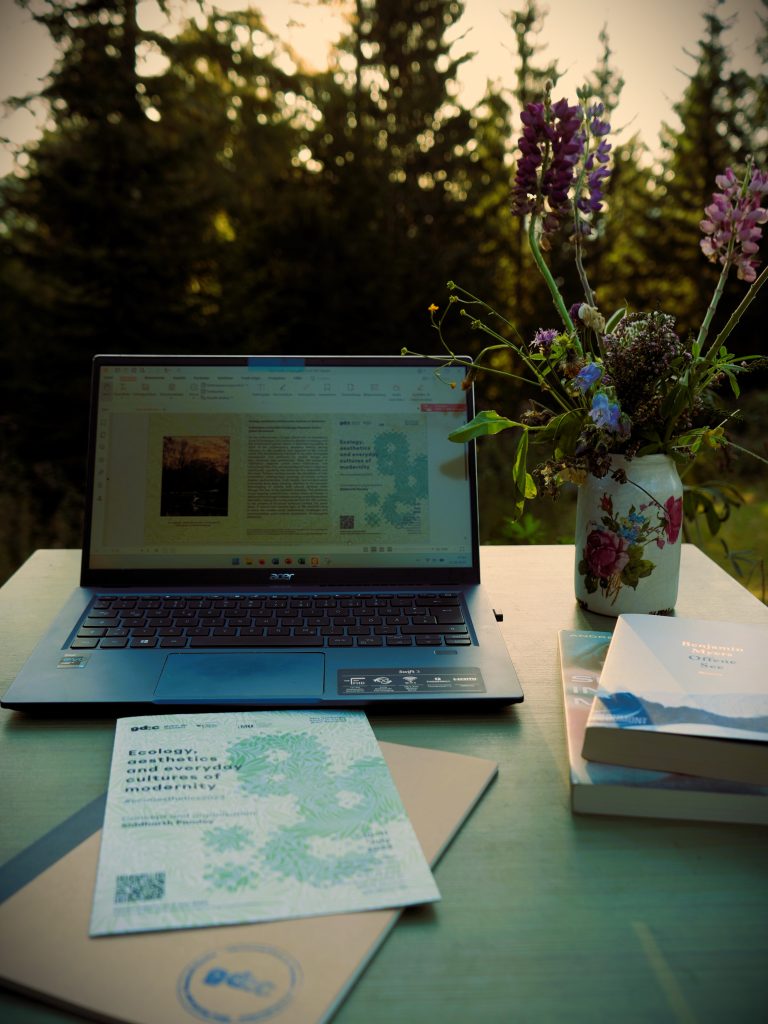
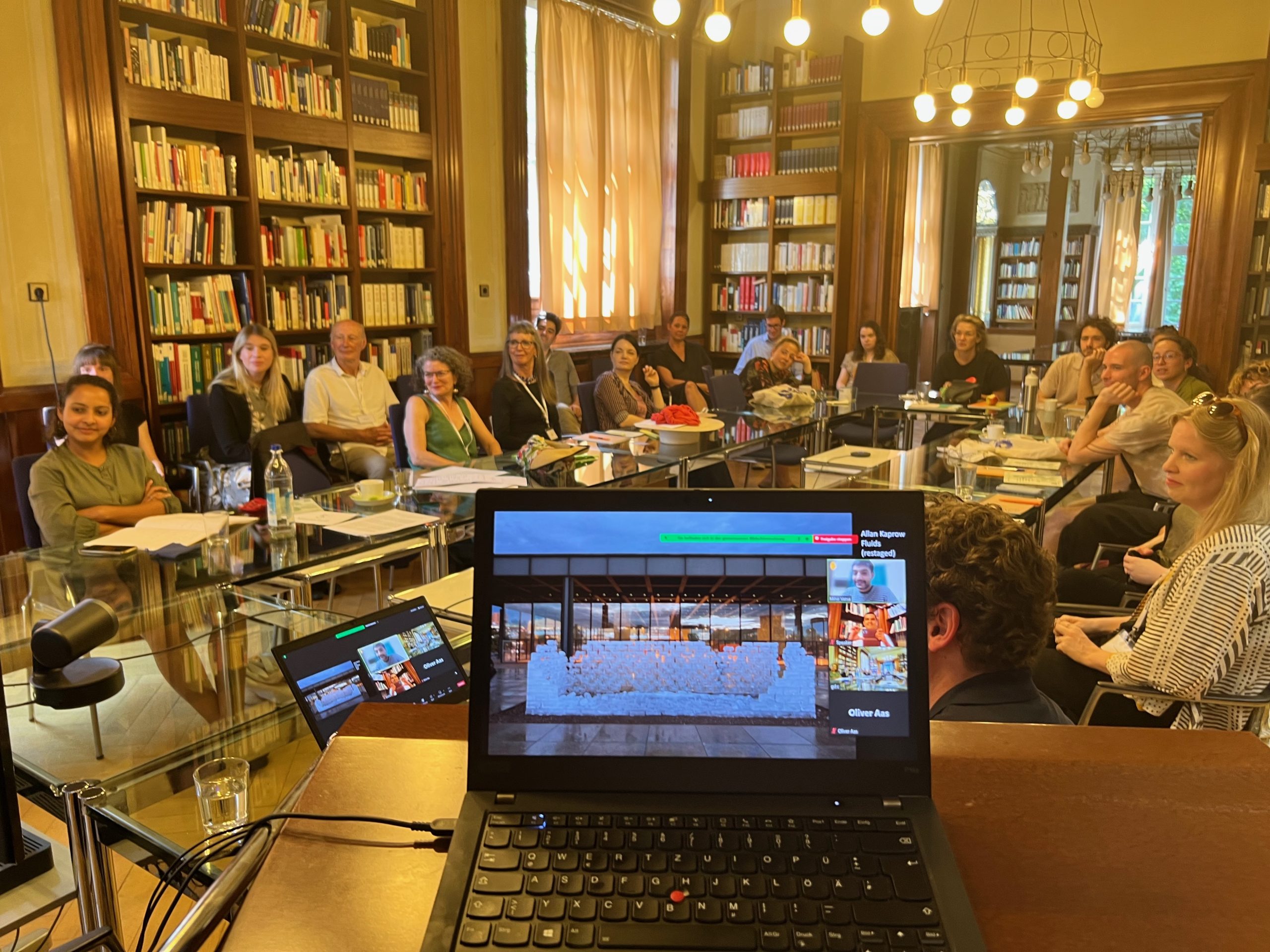
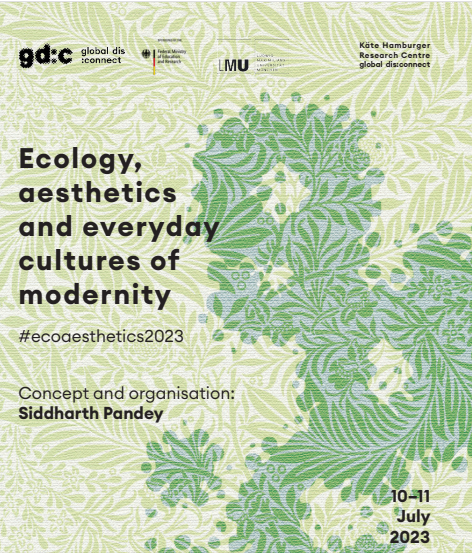 Holt’s paper, for example, evoked the relevance of mineral resources in the context of digitalisation, especially with regard to the humanities. Mineral resources make our daily life possible, though we take them for granted. Digitalisation, which is as indomitable as it is universal, also shapes our research practices and relies heavily on mineral resources. This text, for instance, was written on a laptop produced in Taiwan with mineral resources from China and Latin America, and I also use it to read digital papers by scholars from the Netherlands, the USA and India.
The more we digitalise, the more we lose a genuine connection to our analogue environment. But ironically, that same digitalisation and environmental alienation coincides with greater environmental exploitation. Materials are a medium by which we surpass our natural boundaries and enter a digital space. We do well to remember, however, that this journey is predicated on natural resources. The virtuality of digitalization is an illusion. In the end, everything is analogue.
Many of the presentations, especially those from Boddy, Grüner, Mishra and Moore highlighted the importance of reflecting on emotions in research. Art is emotion; it is, to paraphrase Benjamin Myers, the desire to cast the moment in amber.
Holt’s paper, for example, evoked the relevance of mineral resources in the context of digitalisation, especially with regard to the humanities. Mineral resources make our daily life possible, though we take them for granted. Digitalisation, which is as indomitable as it is universal, also shapes our research practices and relies heavily on mineral resources. This text, for instance, was written on a laptop produced in Taiwan with mineral resources from China and Latin America, and I also use it to read digital papers by scholars from the Netherlands, the USA and India.
The more we digitalise, the more we lose a genuine connection to our analogue environment. But ironically, that same digitalisation and environmental alienation coincides with greater environmental exploitation. Materials are a medium by which we surpass our natural boundaries and enter a digital space. We do well to remember, however, that this journey is predicated on natural resources. The virtuality of digitalization is an illusion. In the end, everything is analogue.
Many of the presentations, especially those from Boddy, Grüner, Mishra and Moore highlighted the importance of reflecting on emotions in research. Art is emotion; it is, to paraphrase Benjamin Myers, the desire to cast the moment in amber.